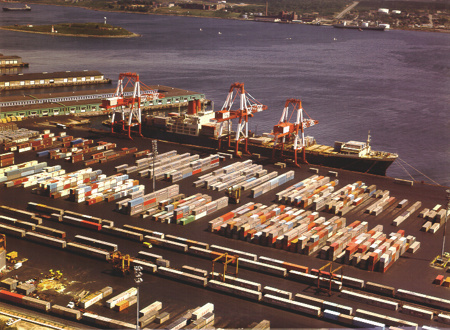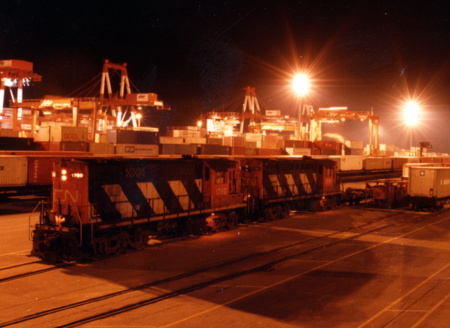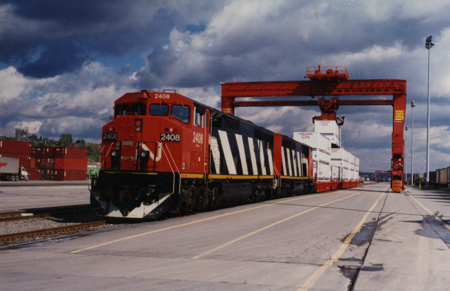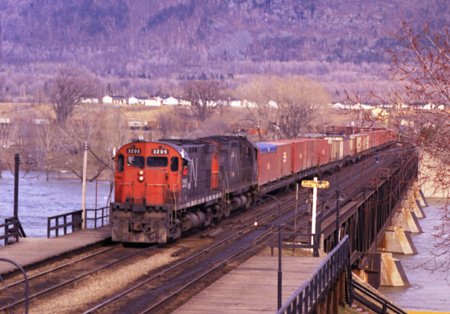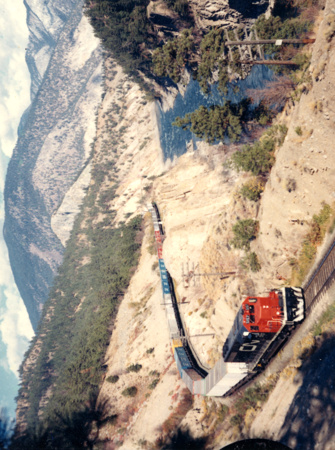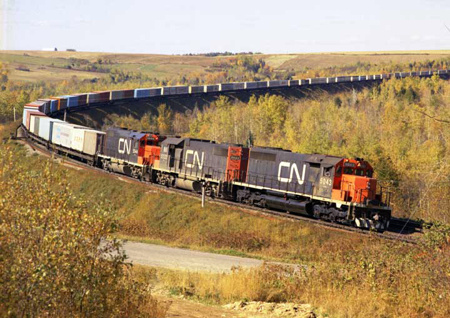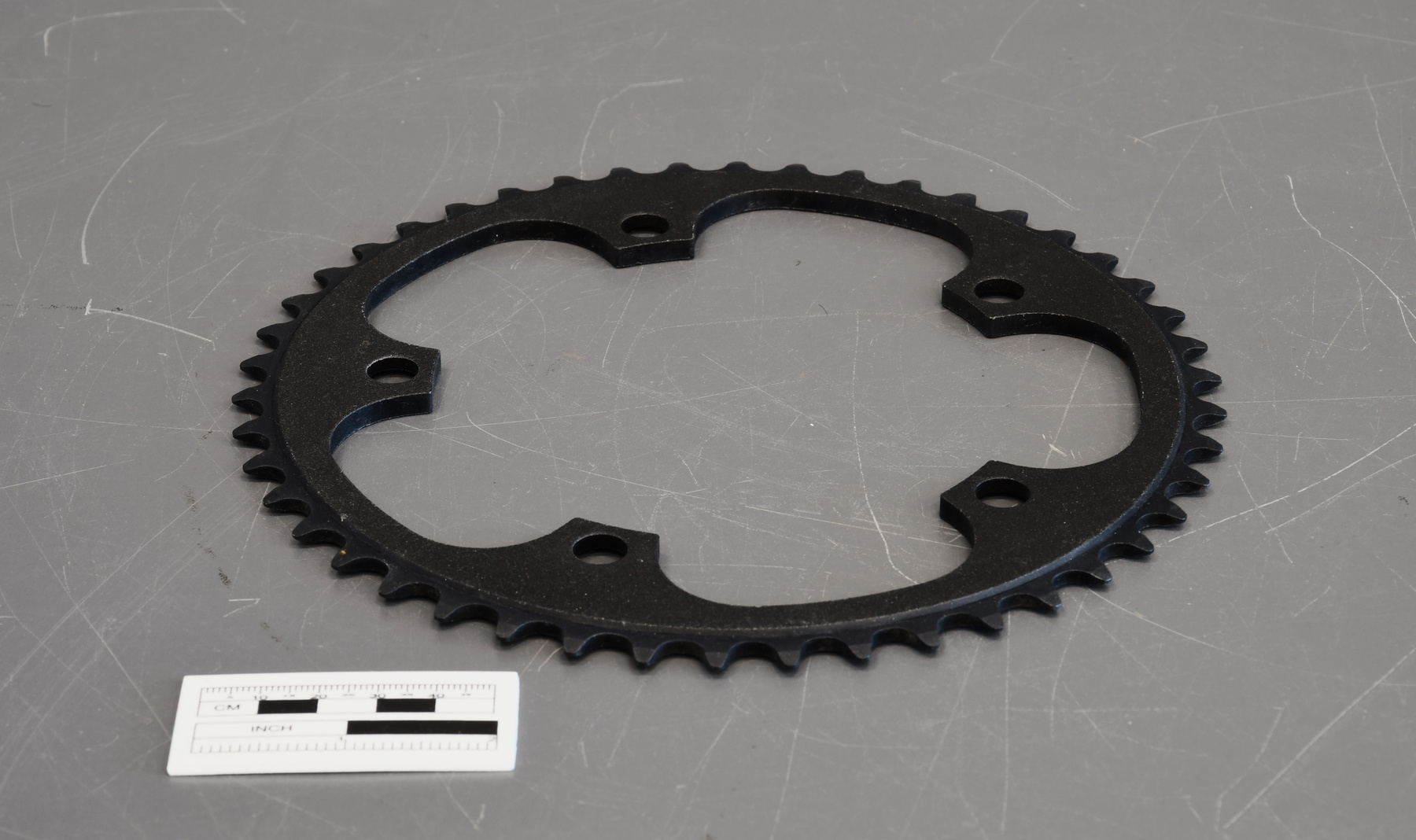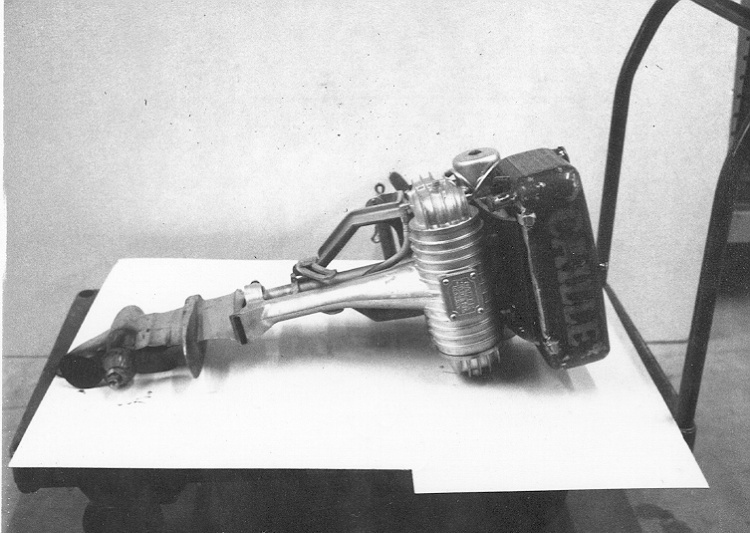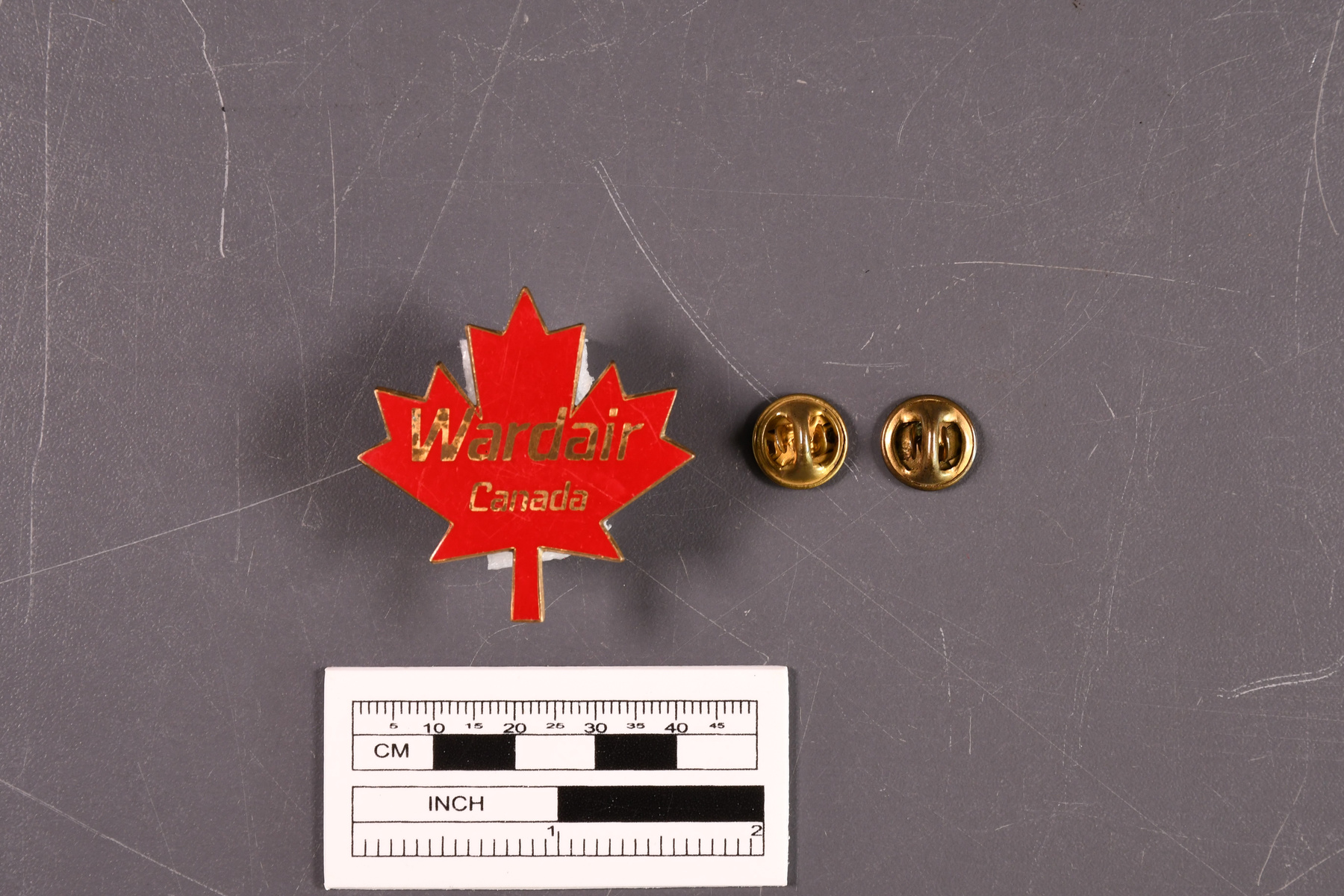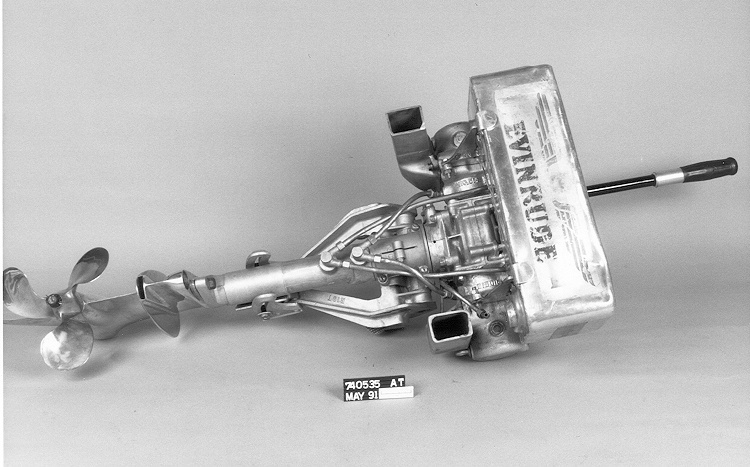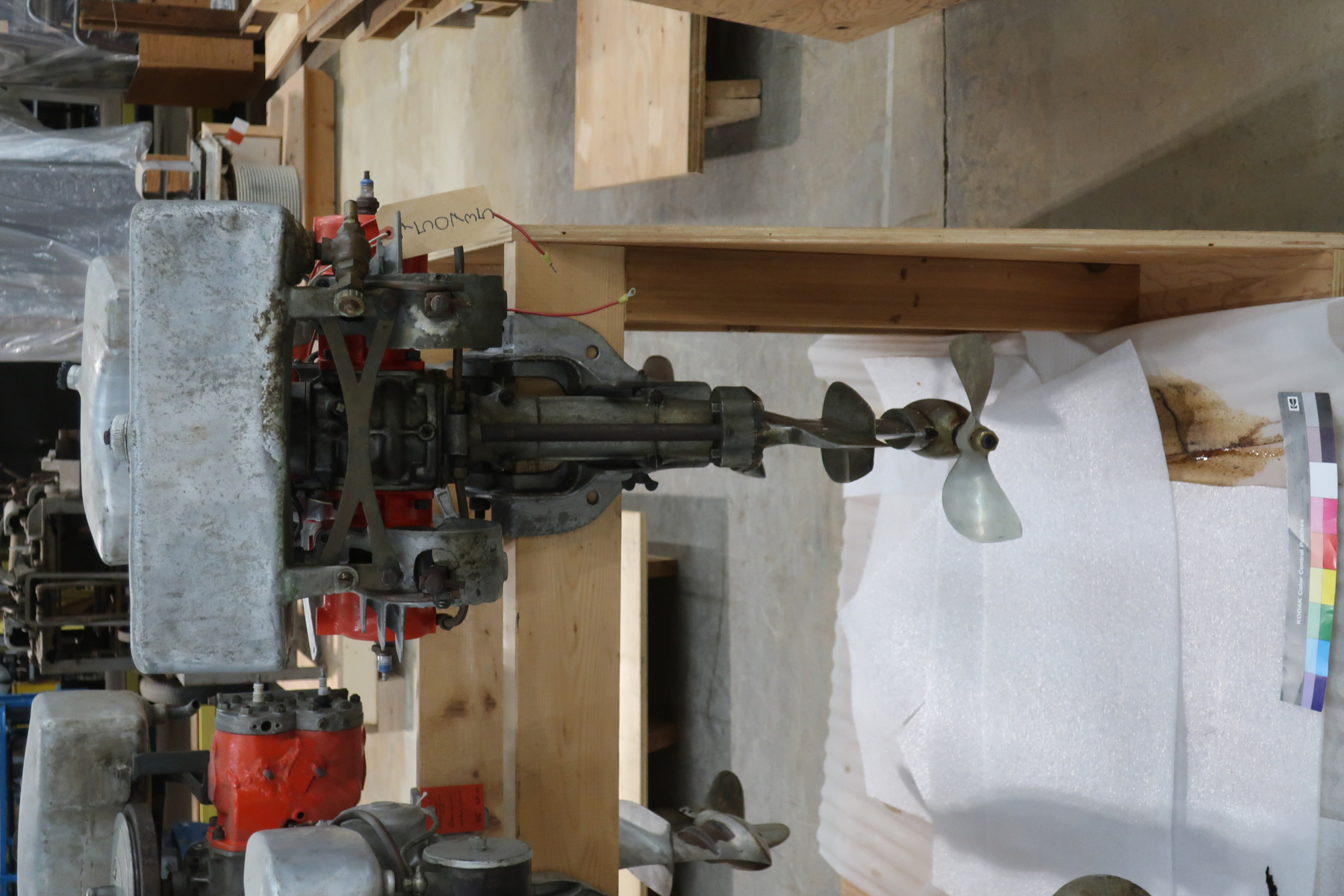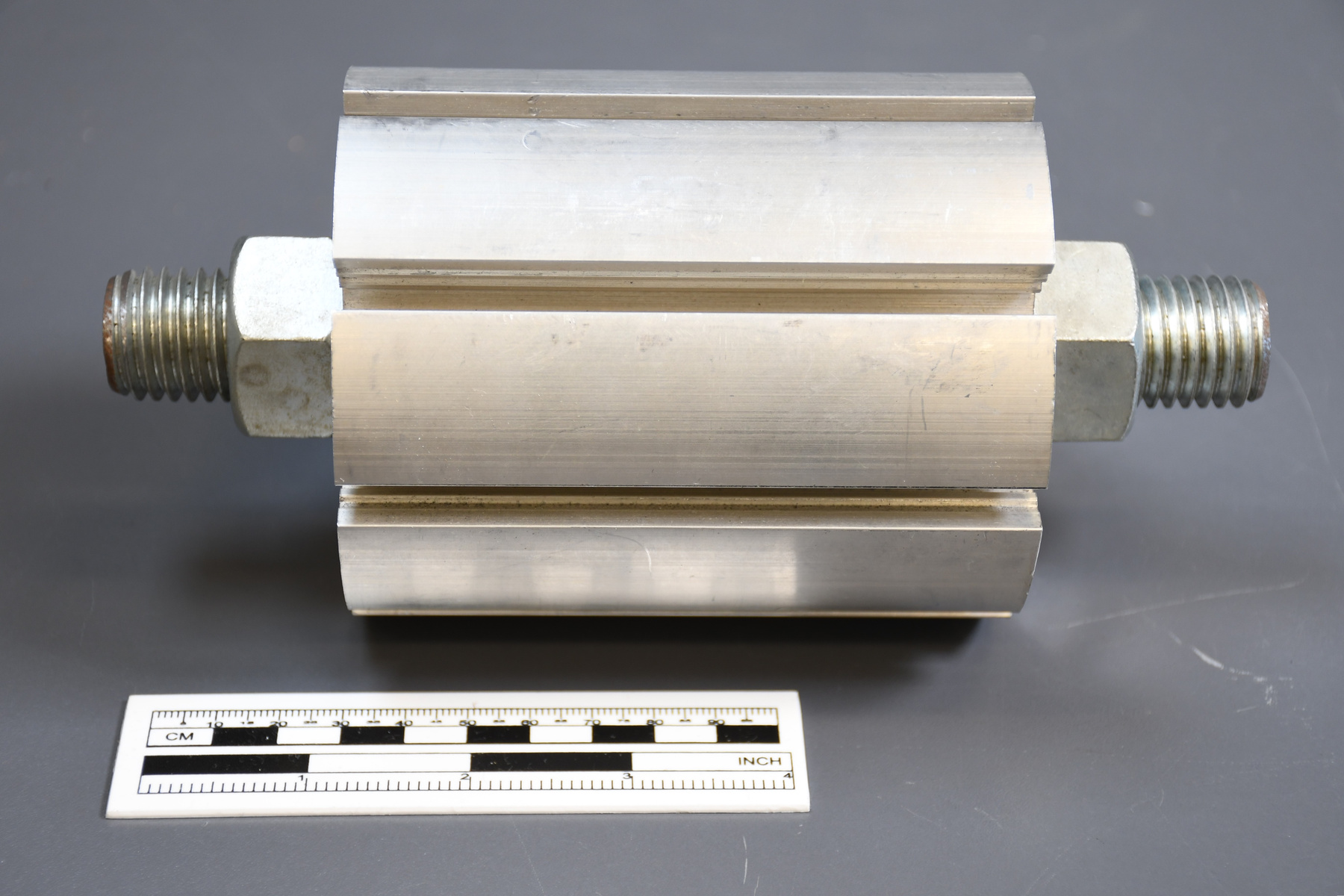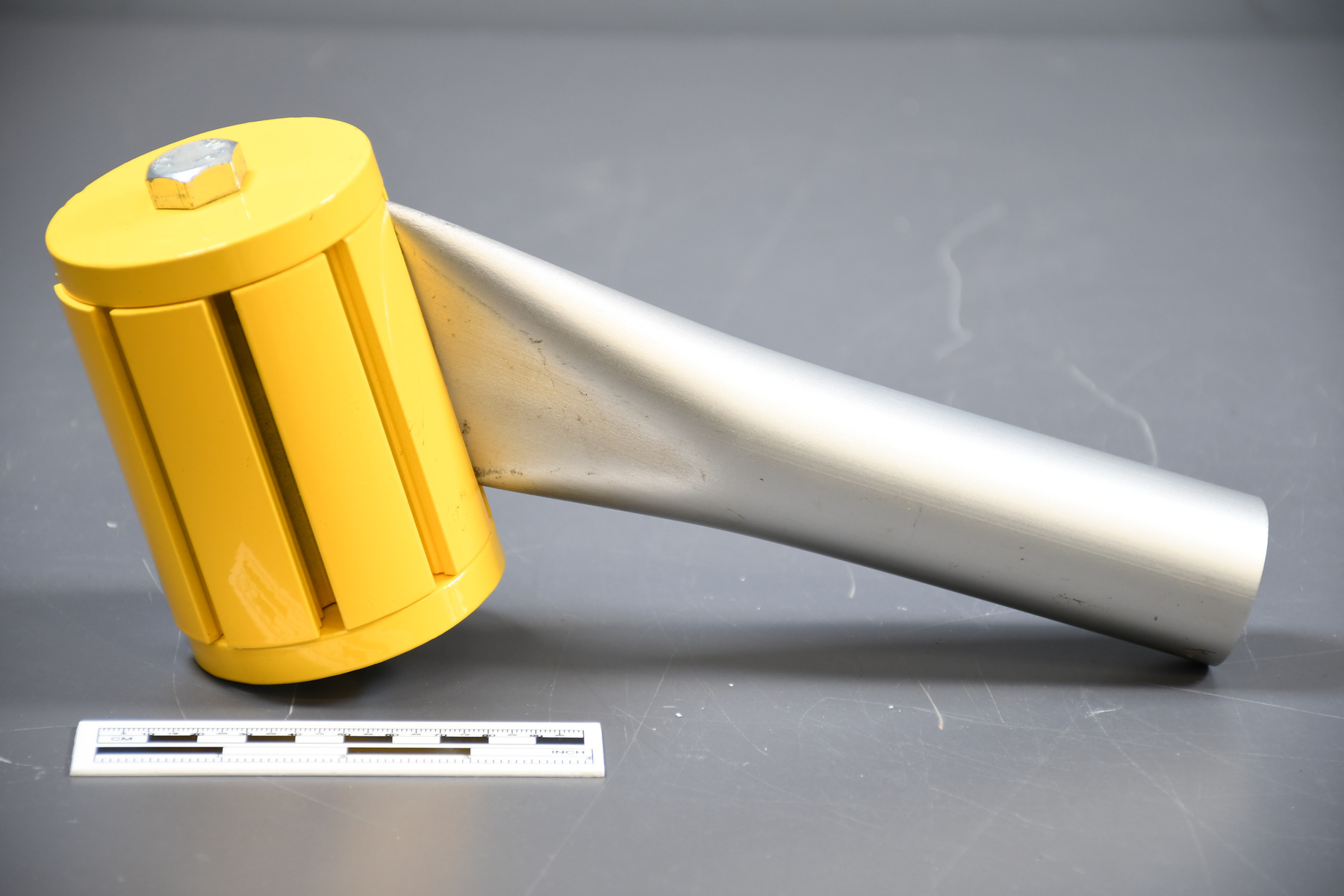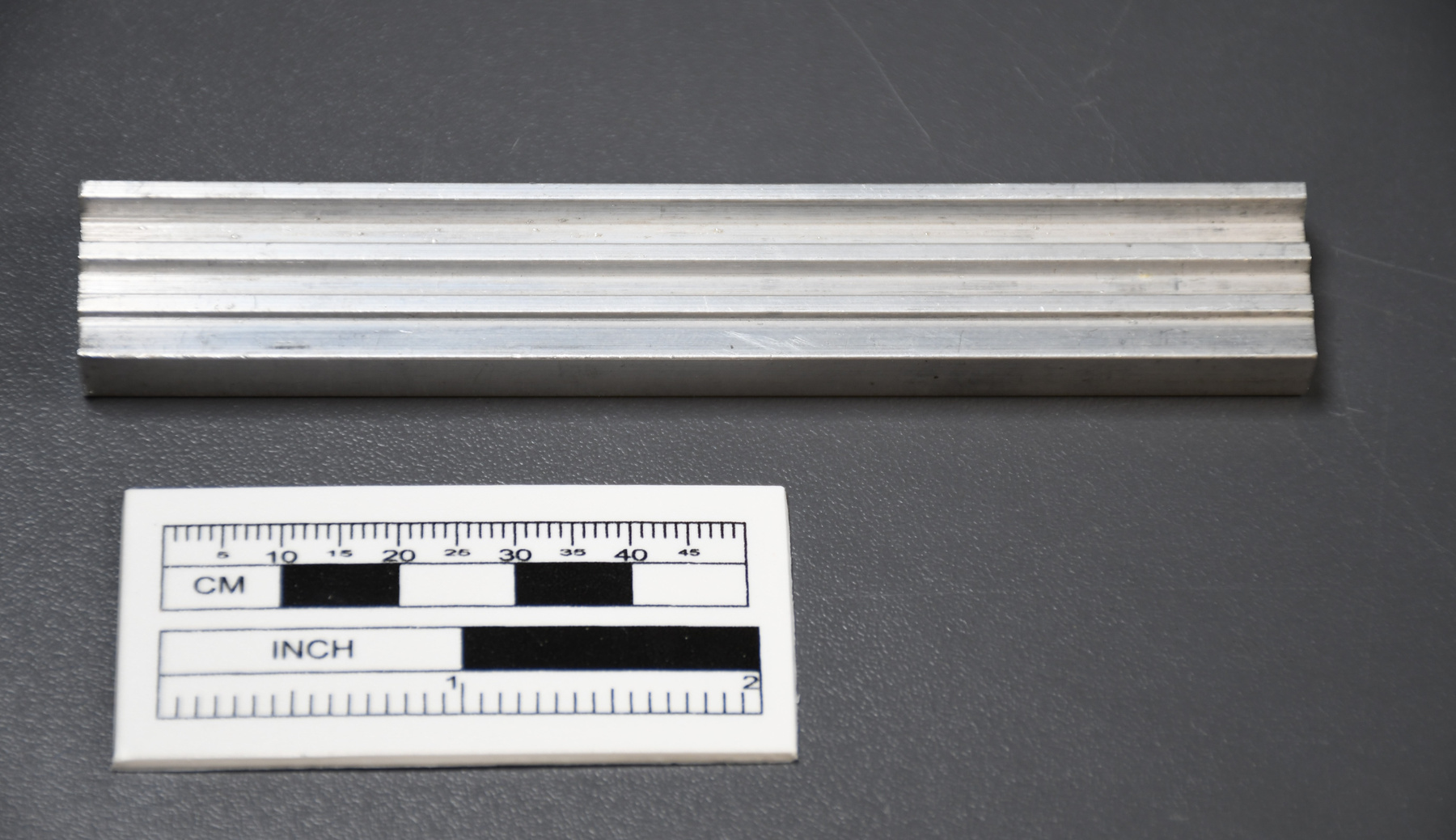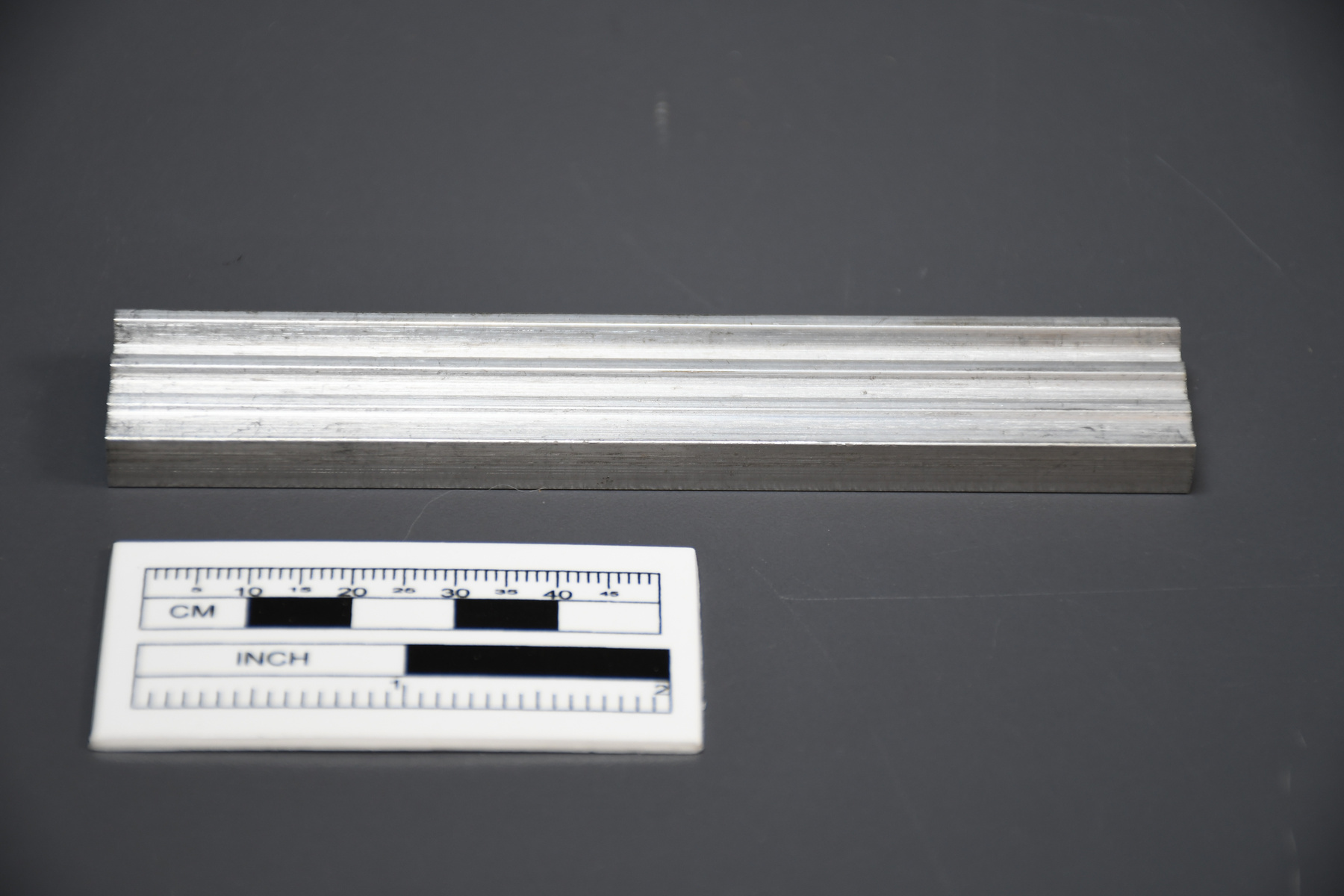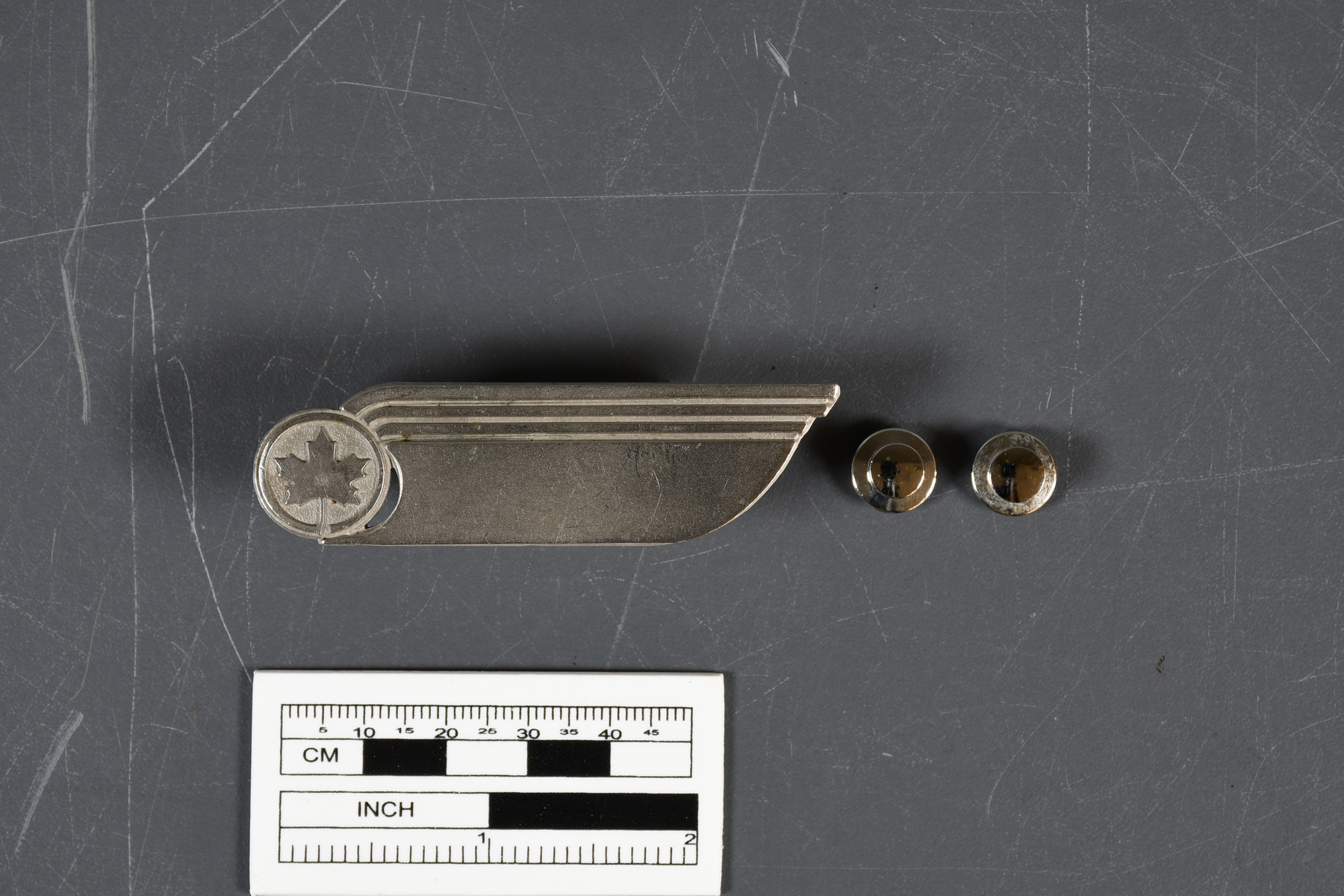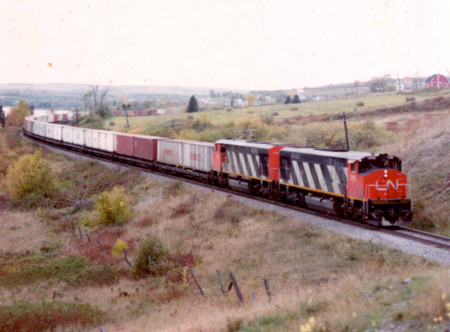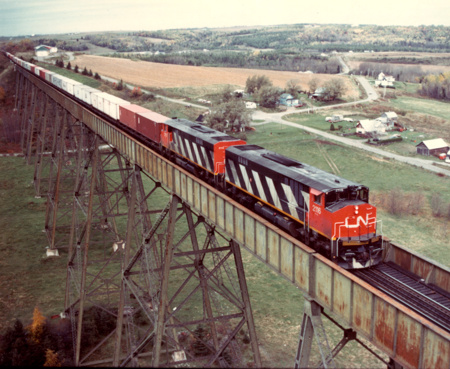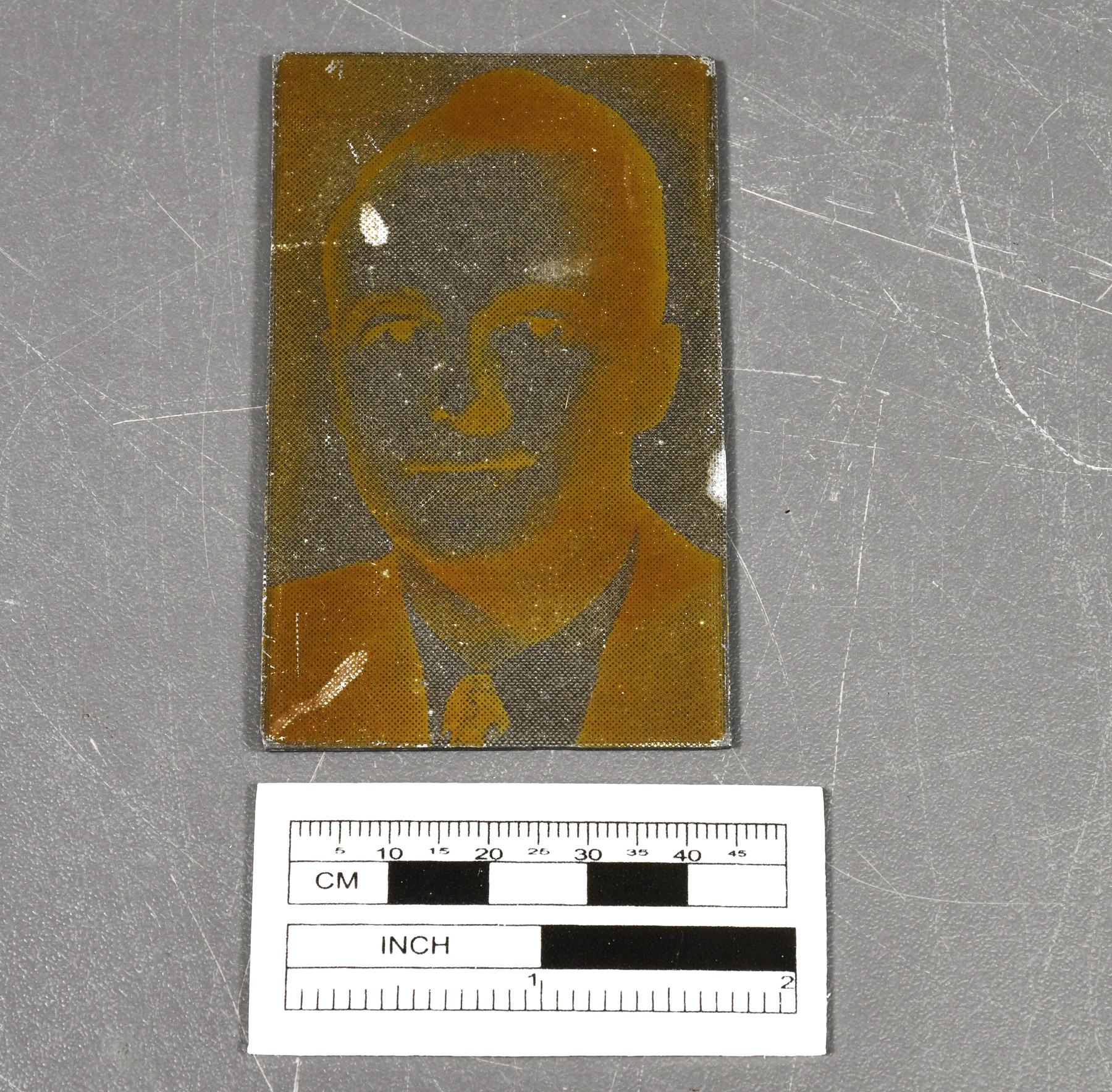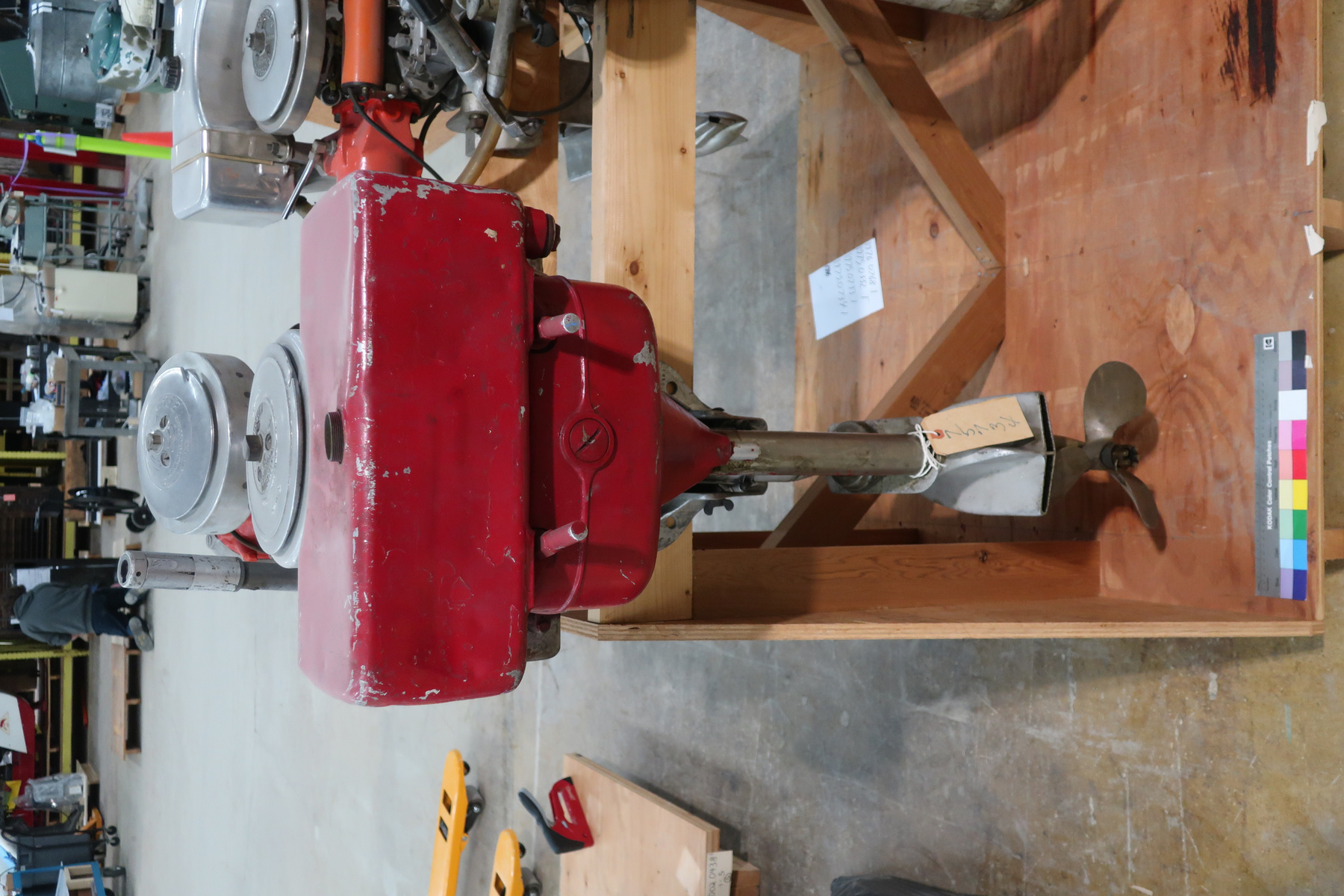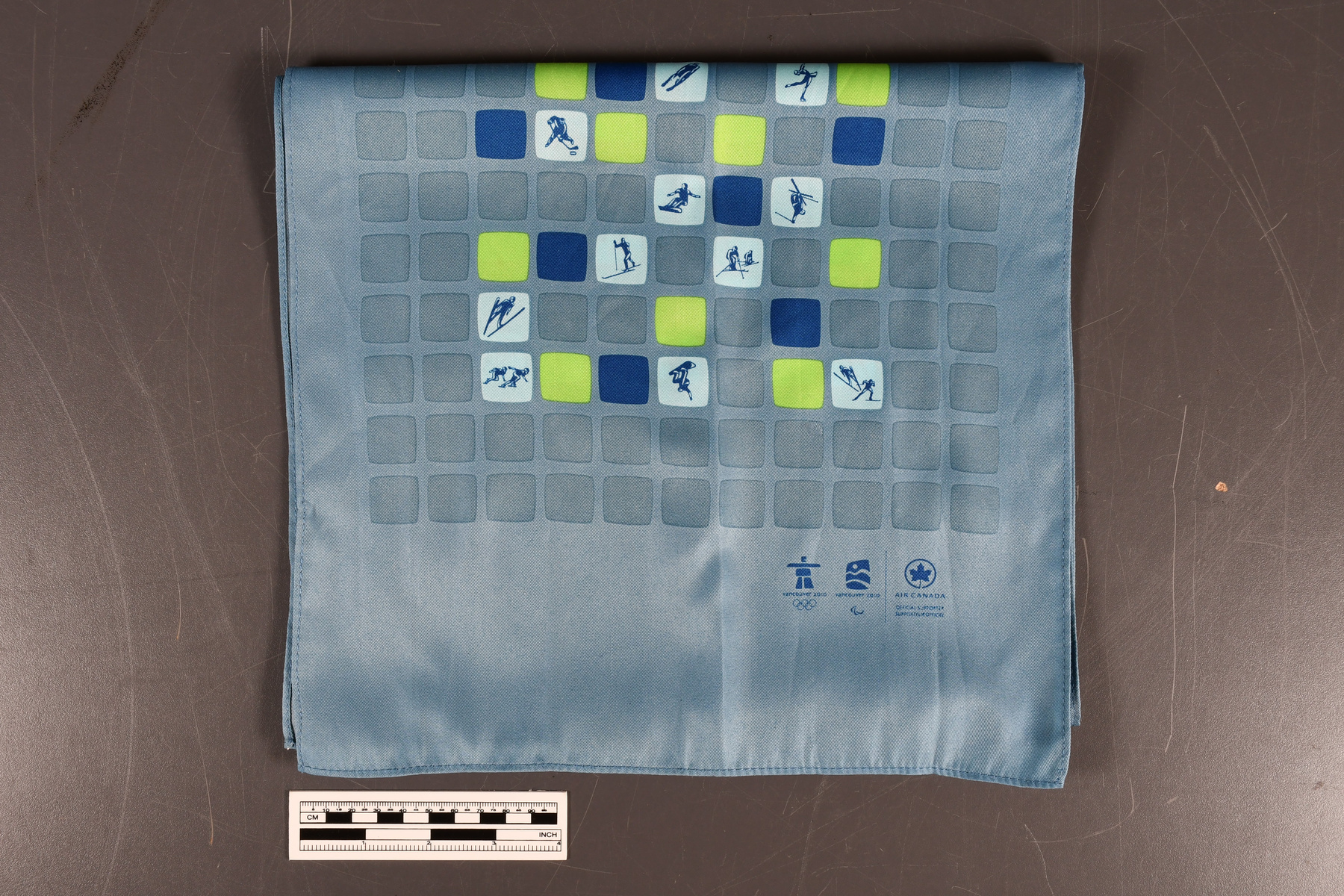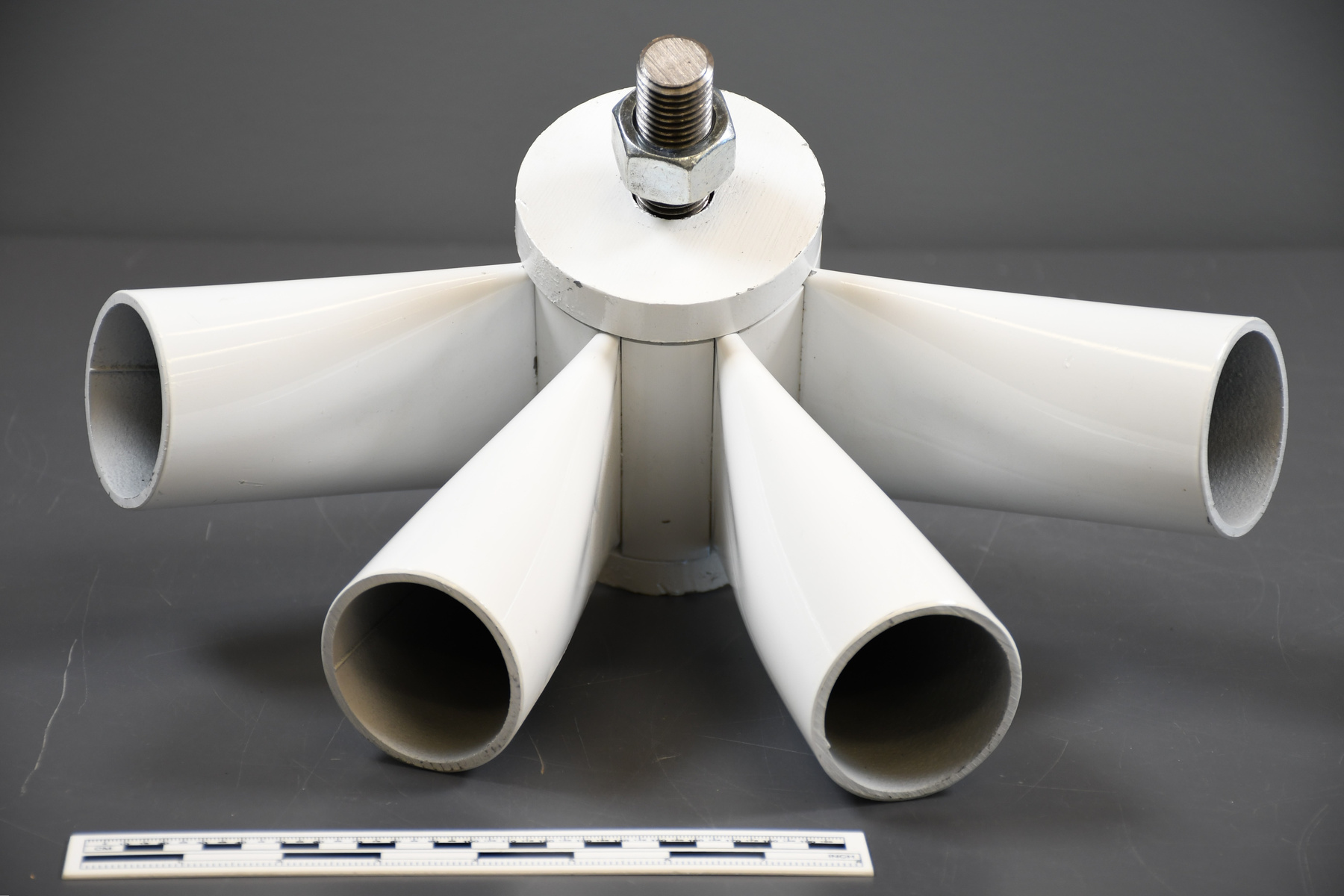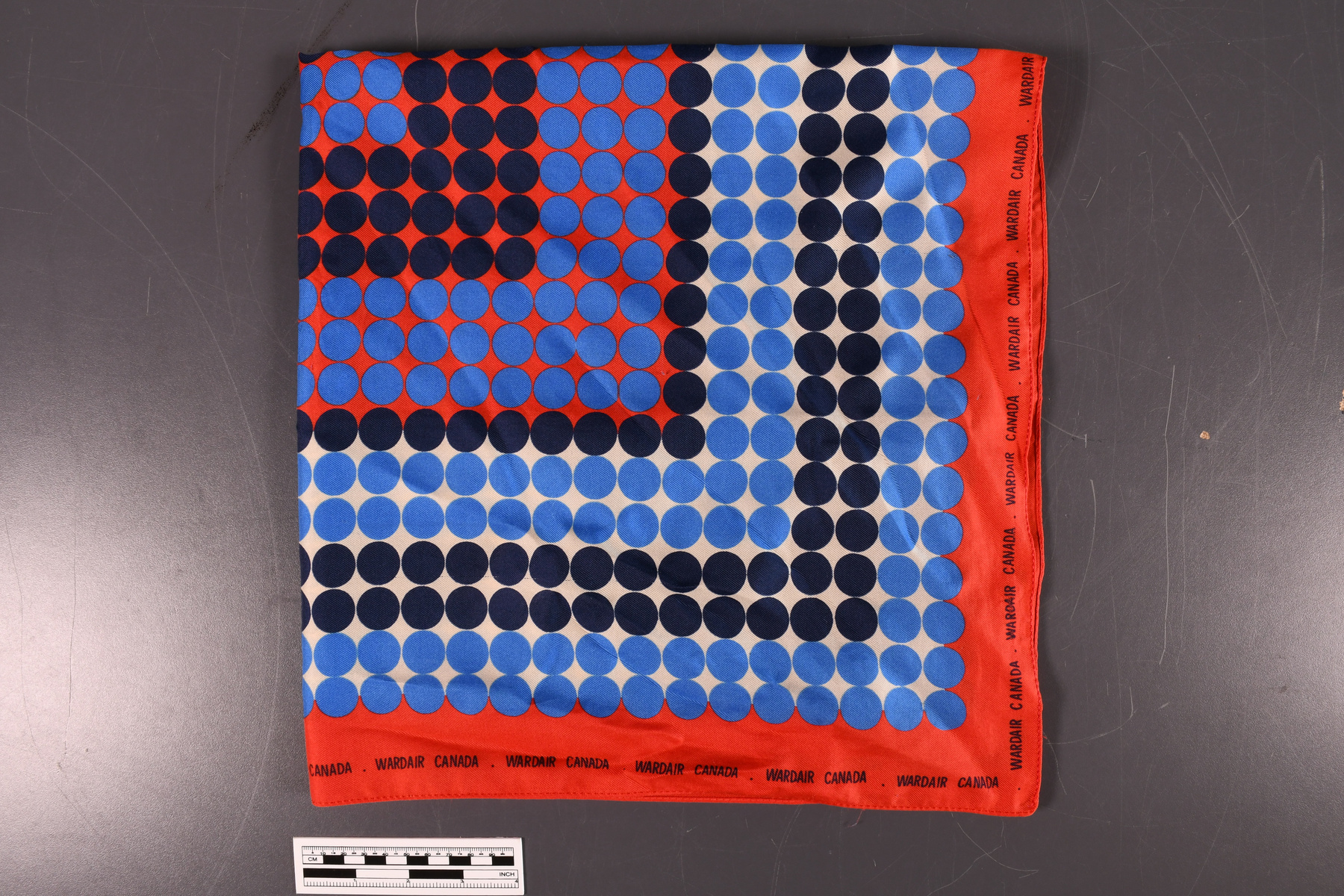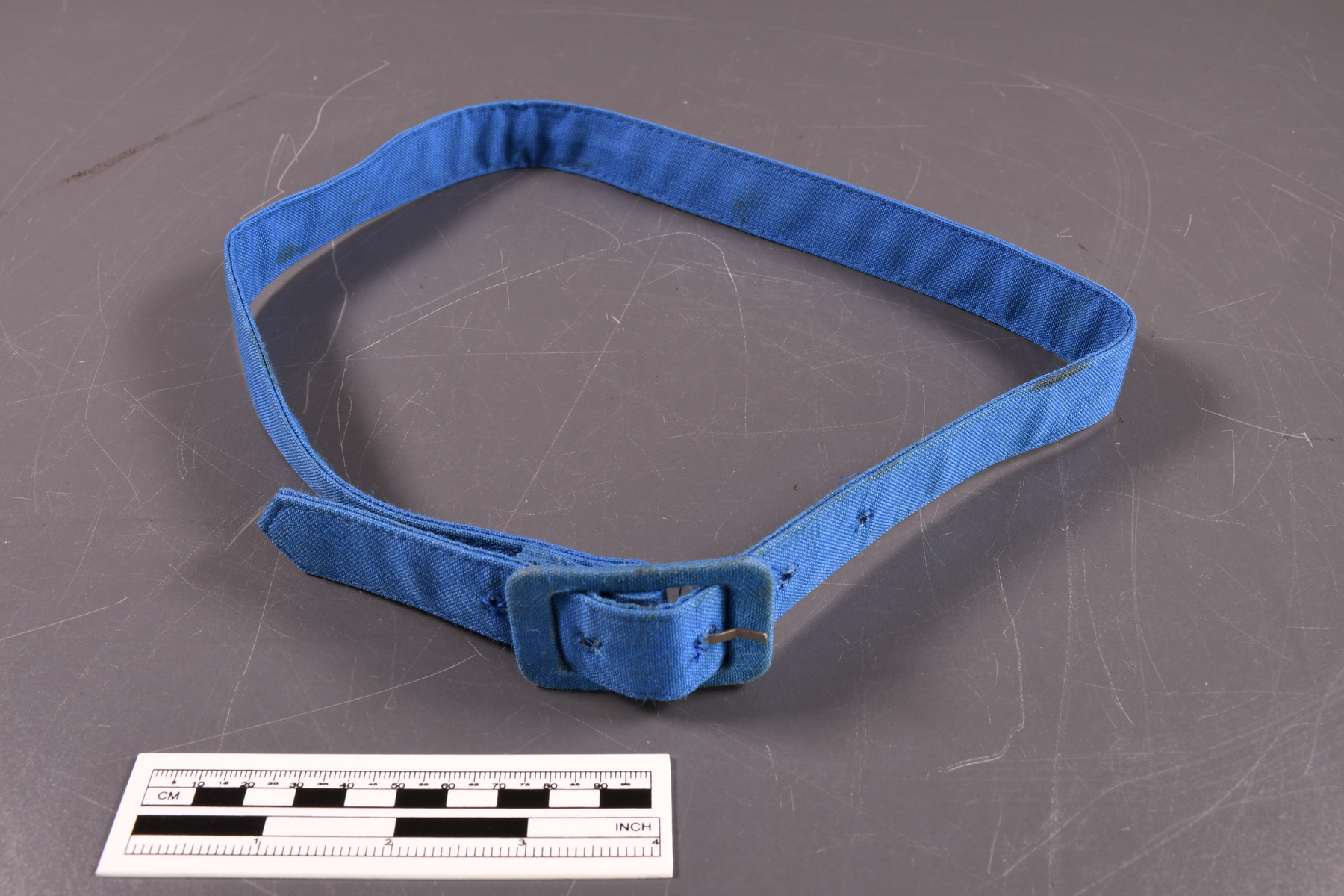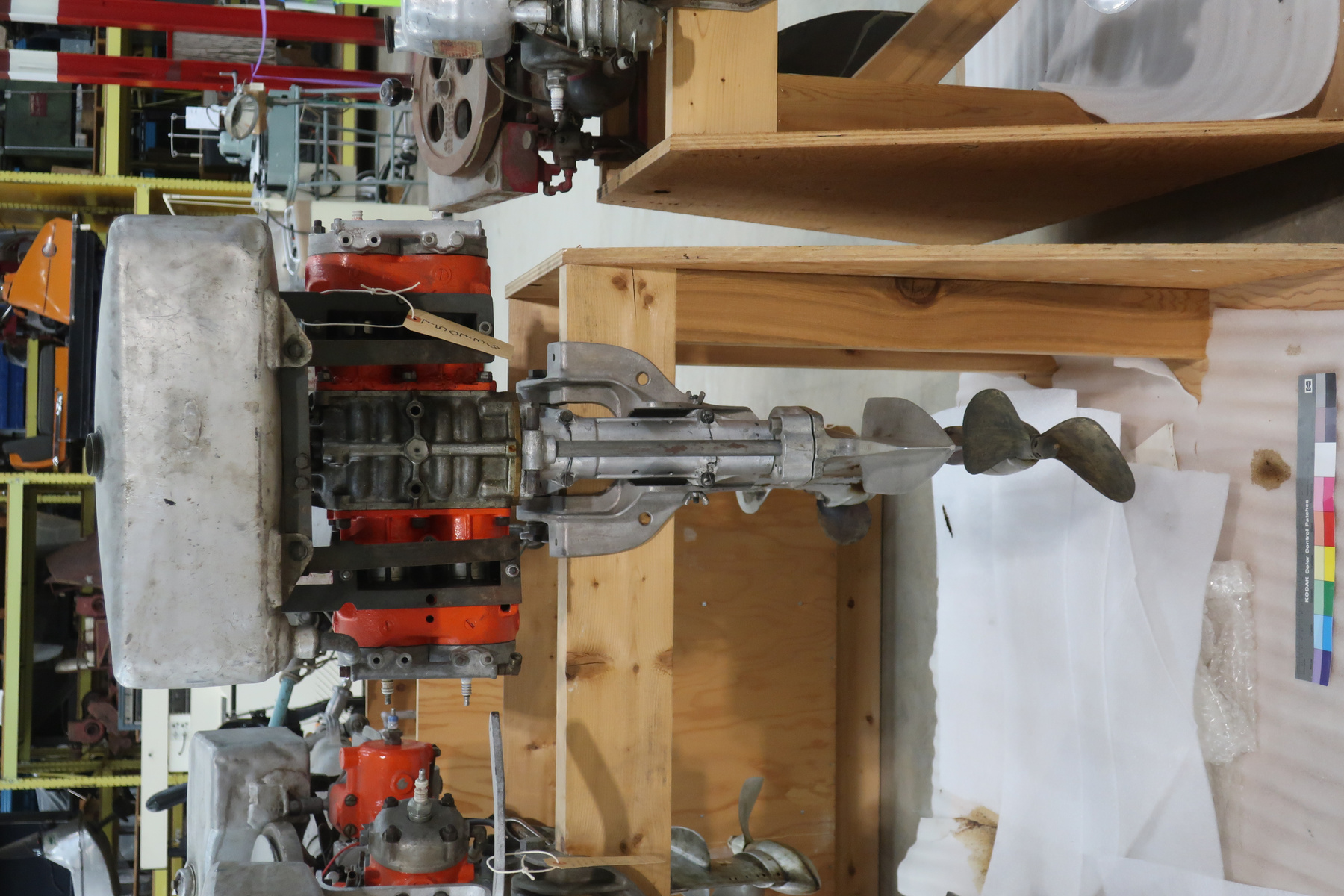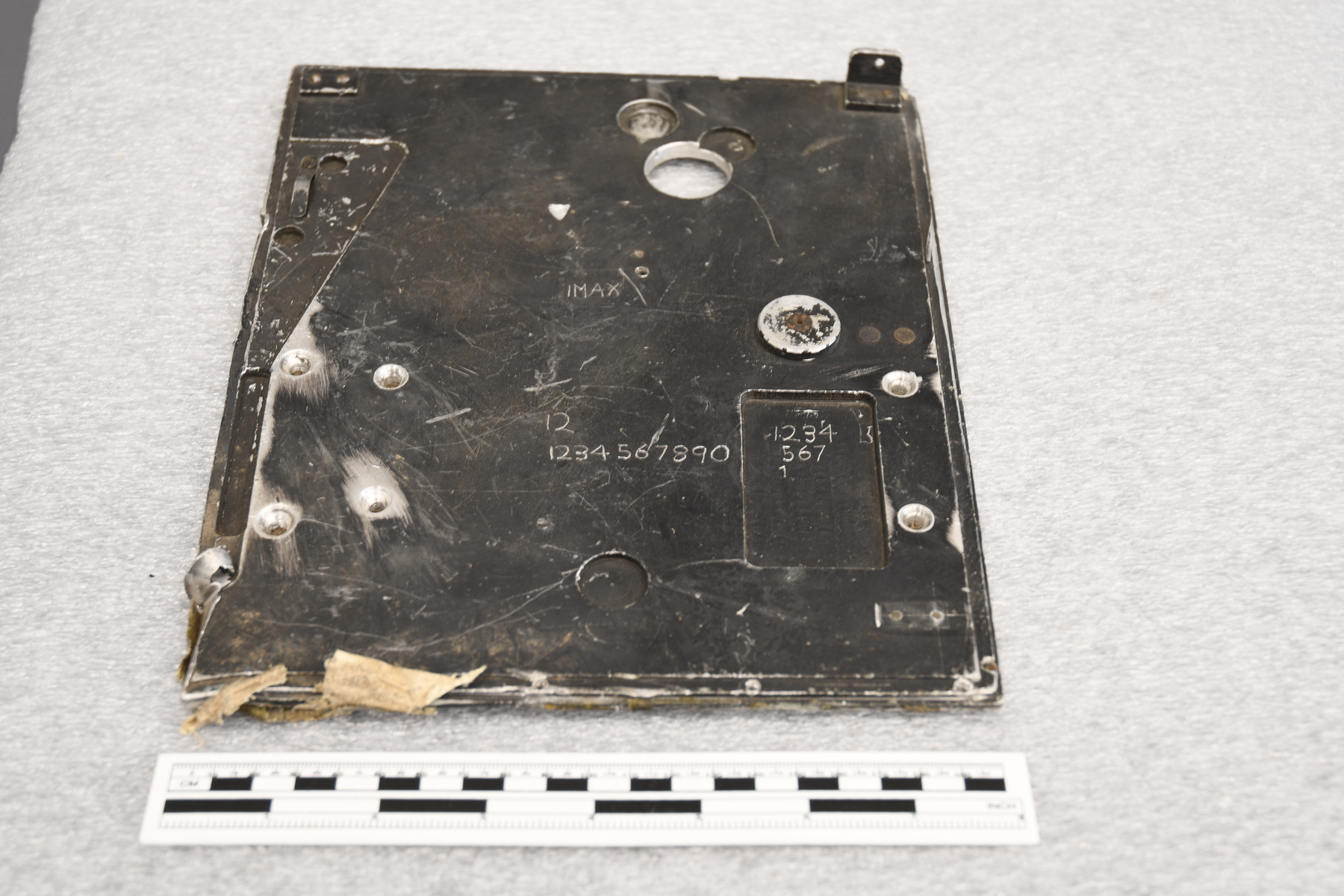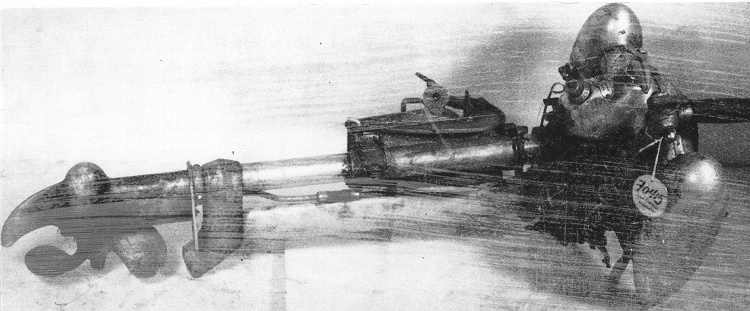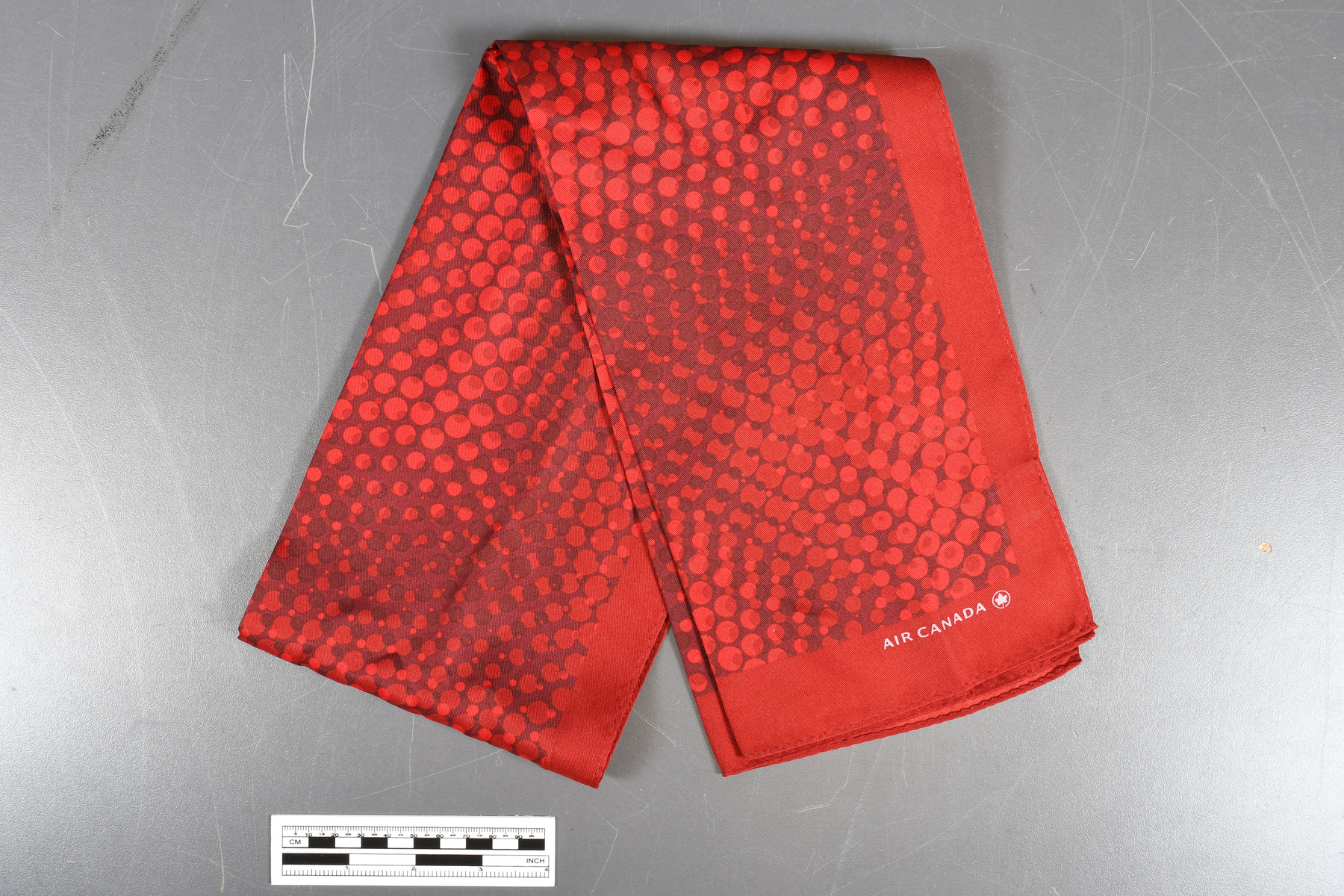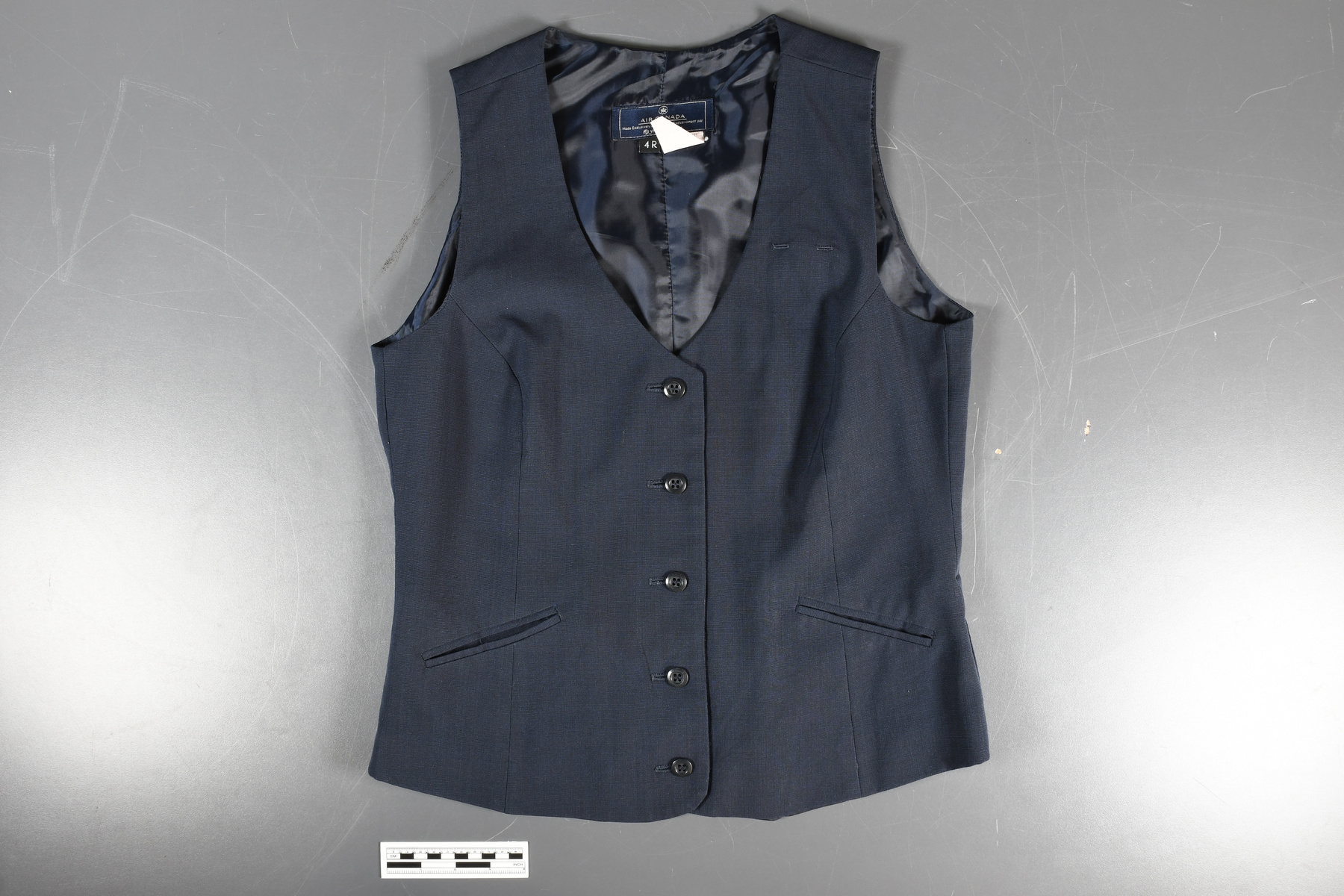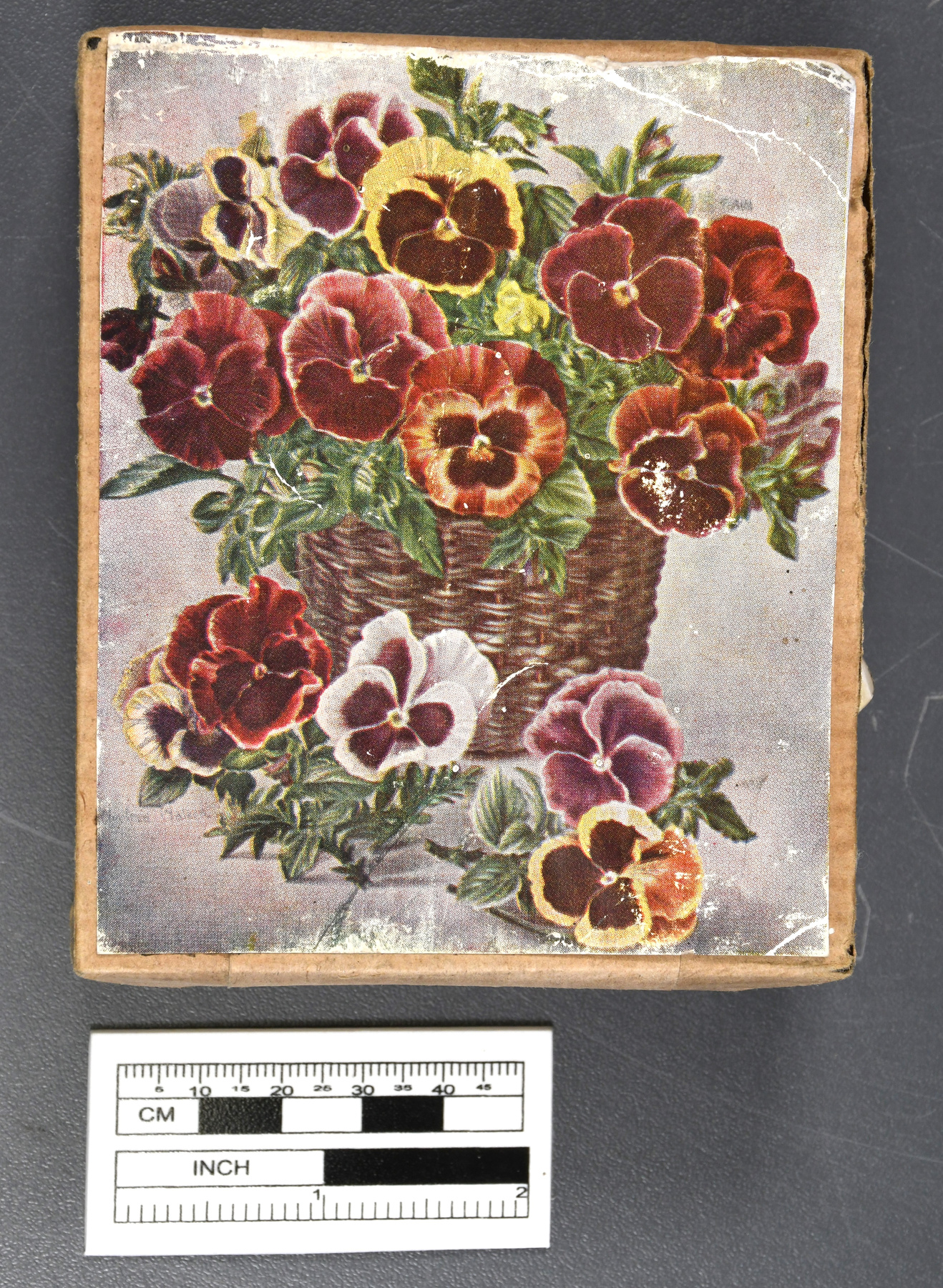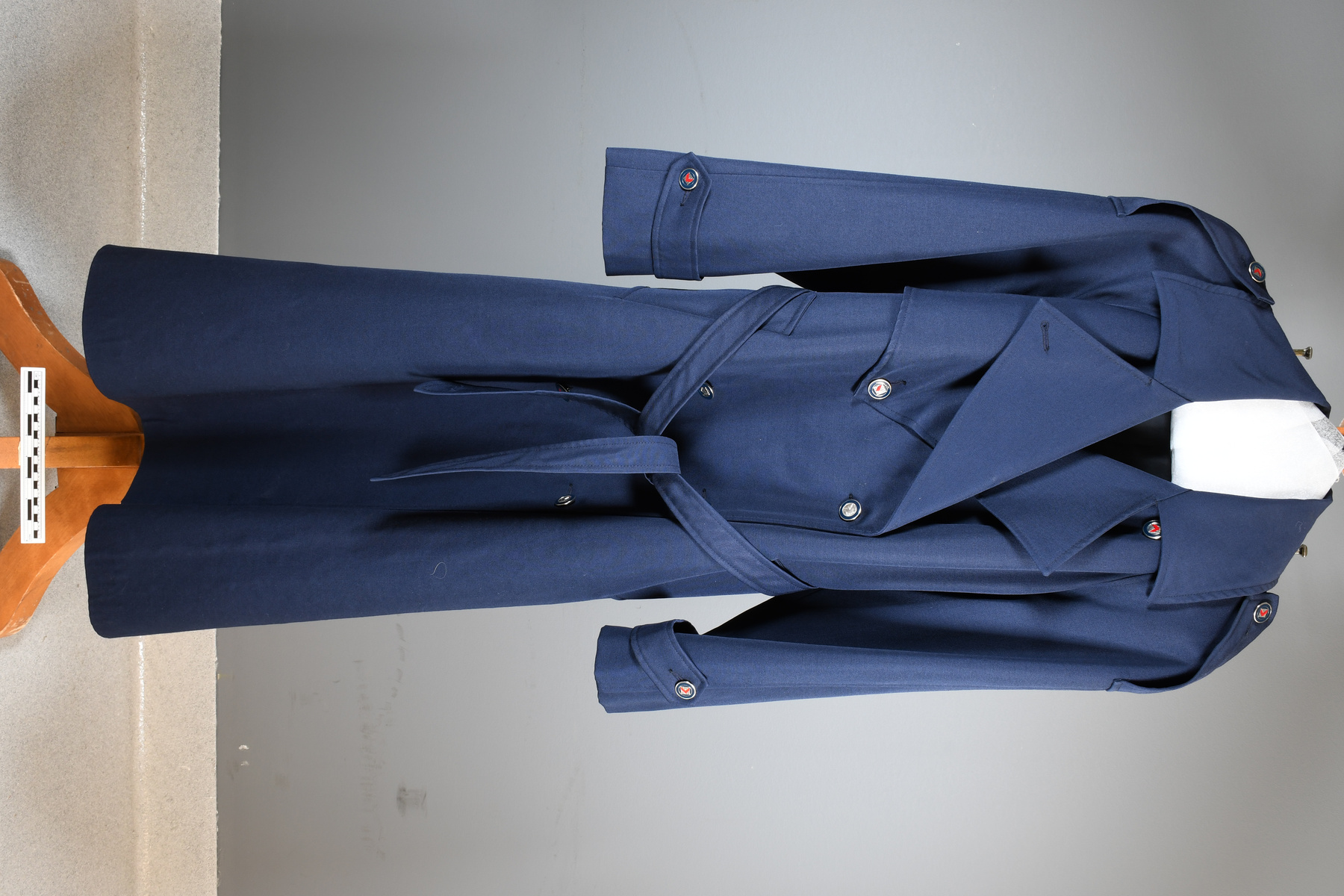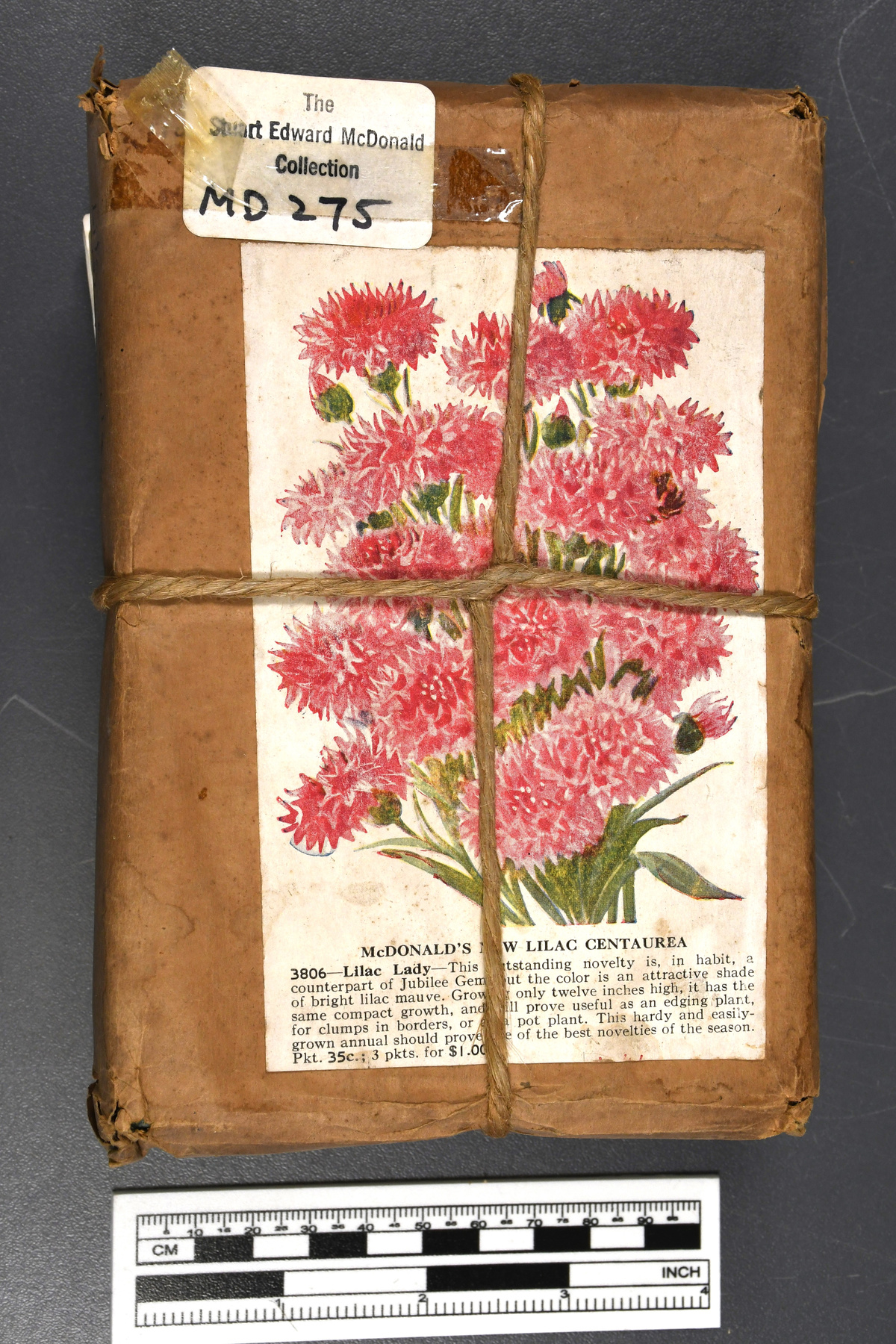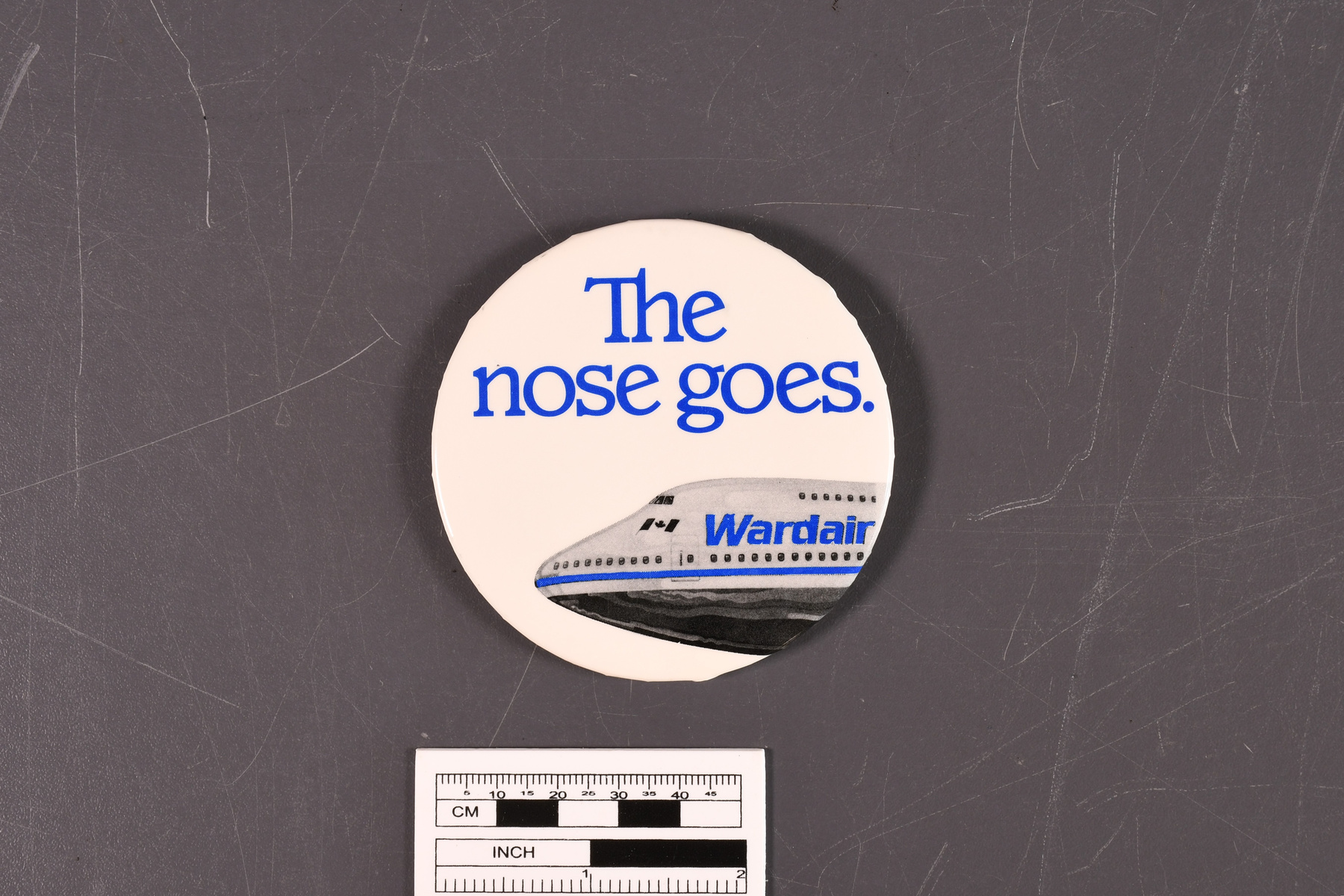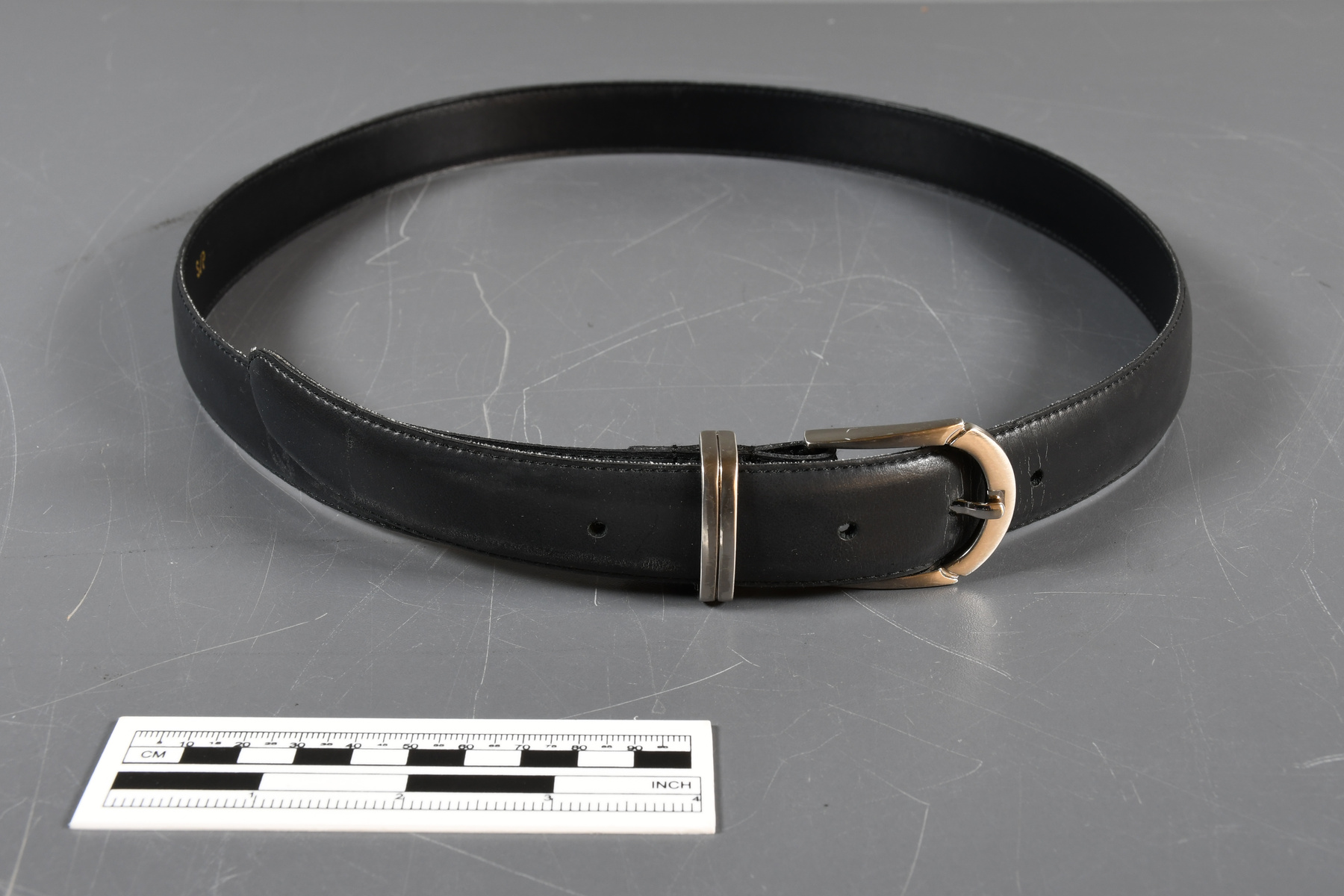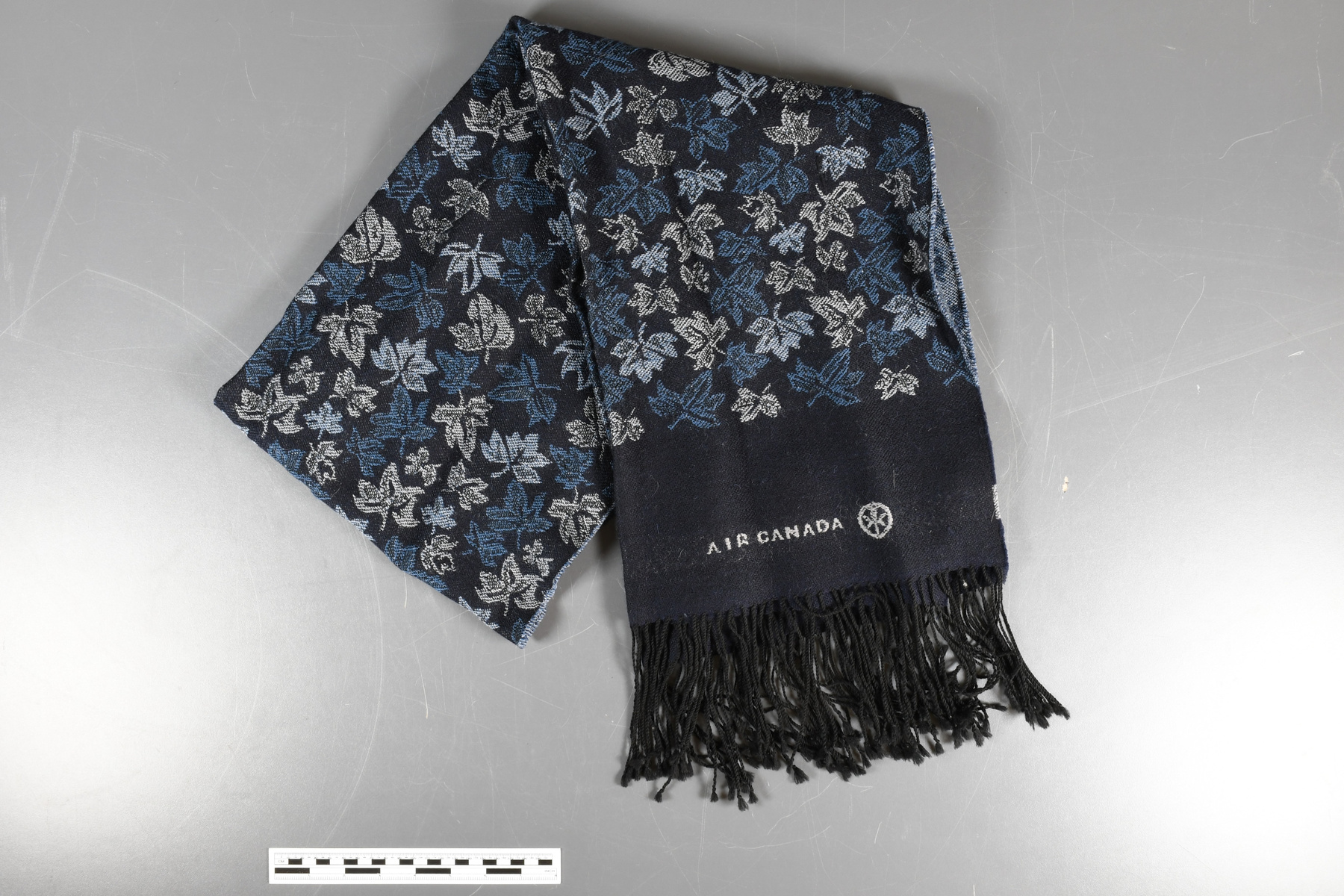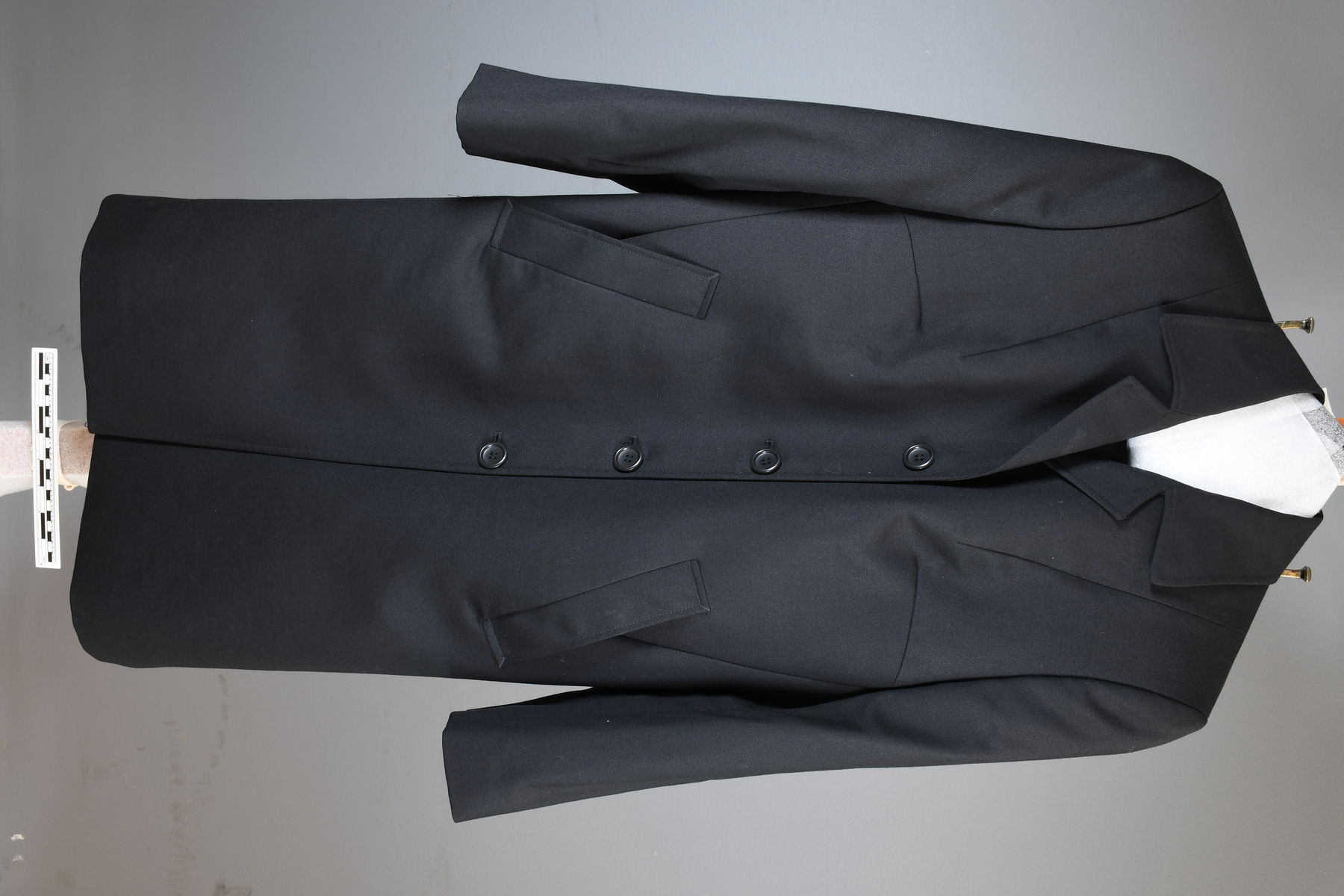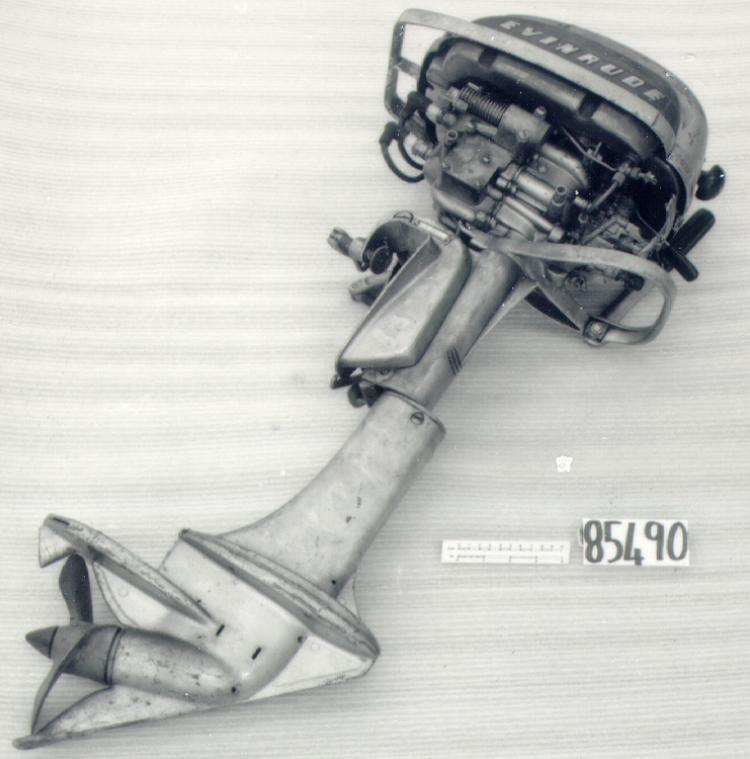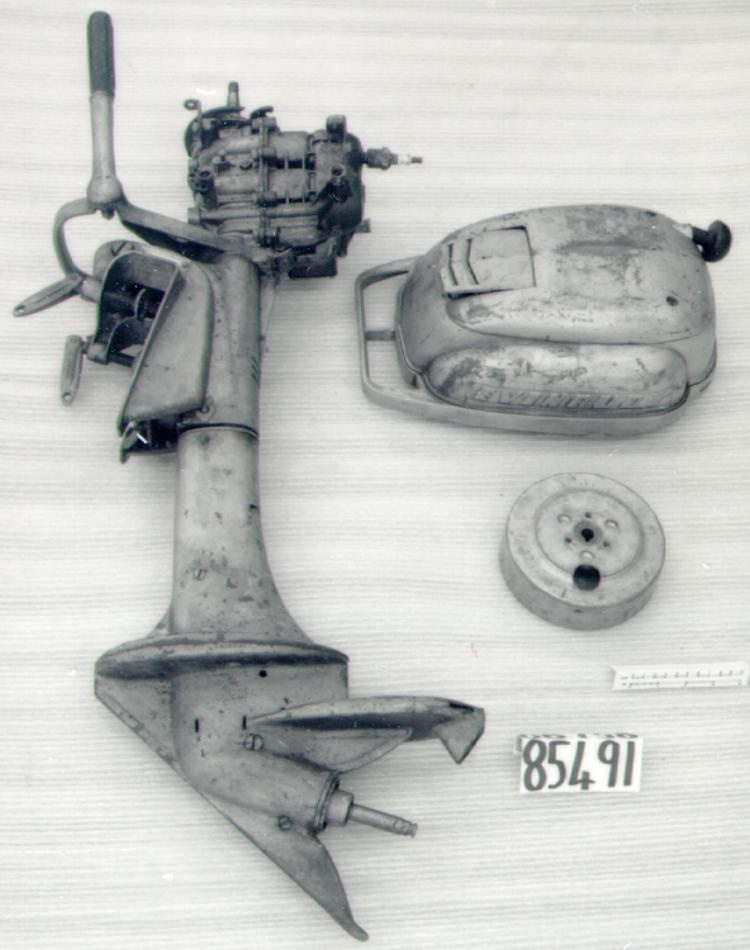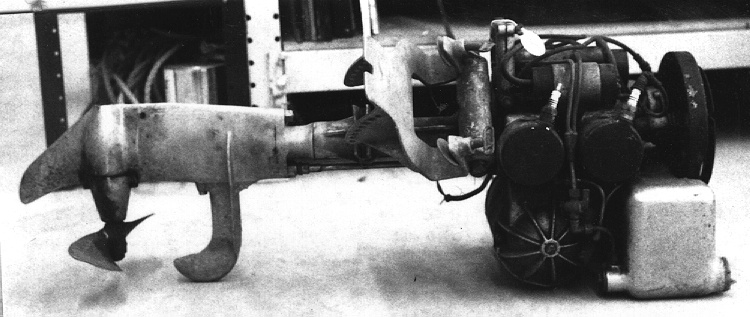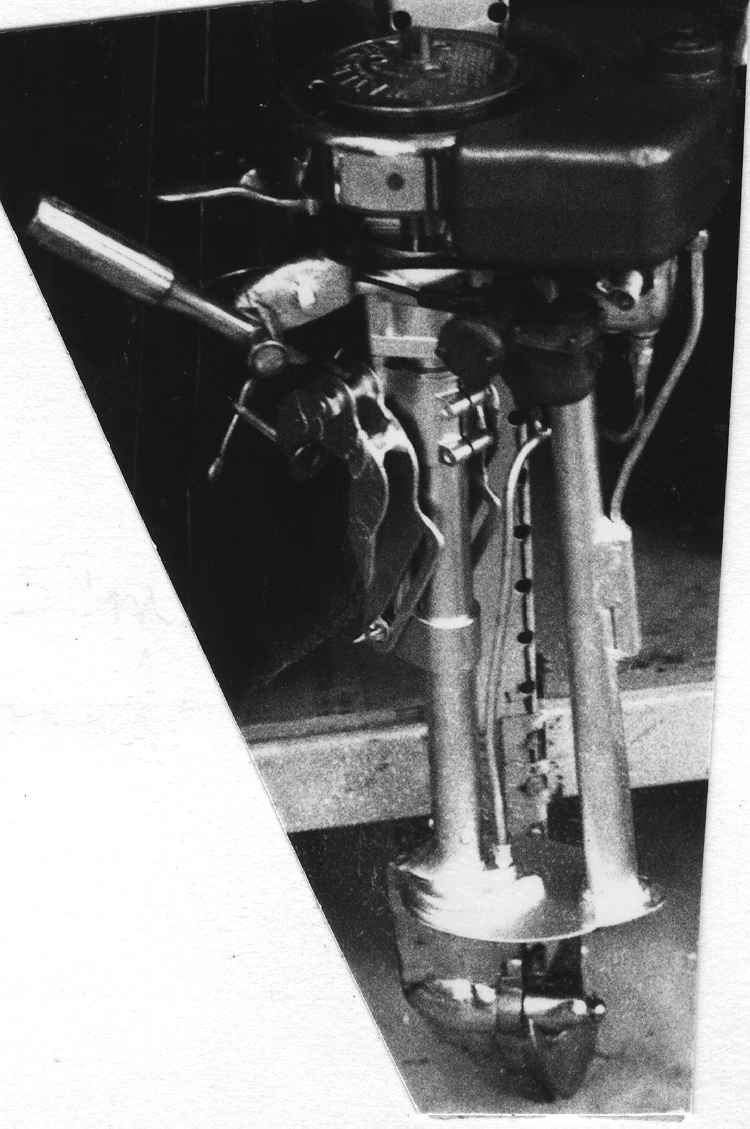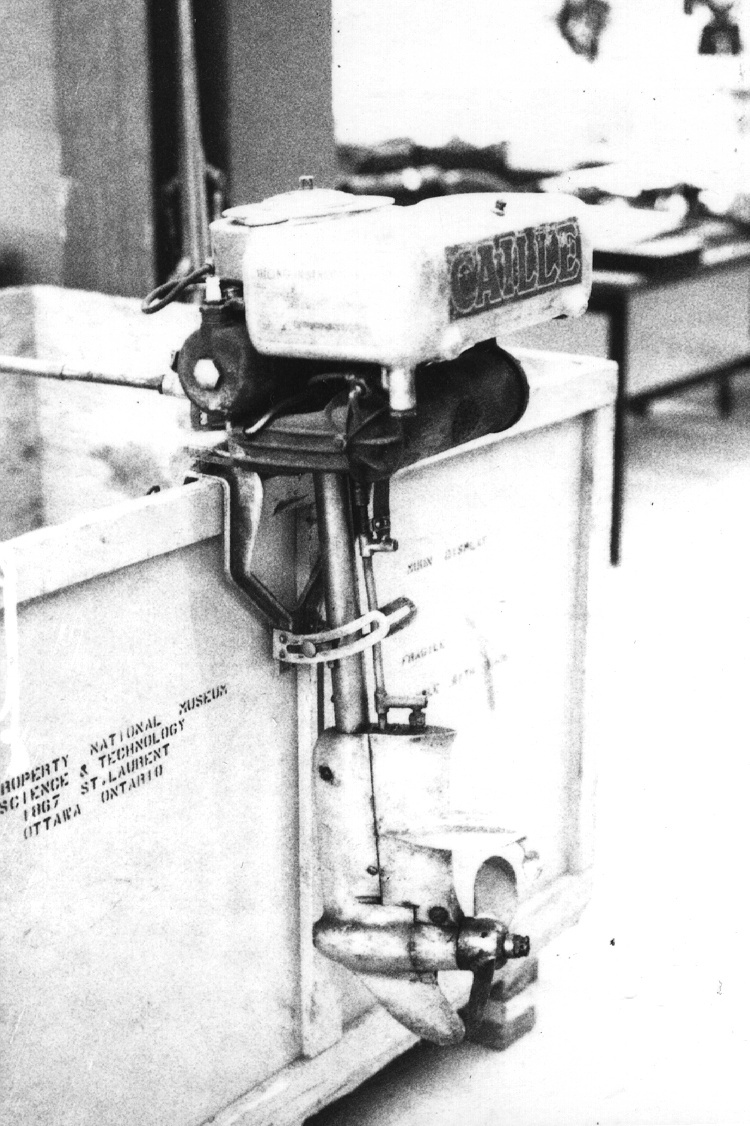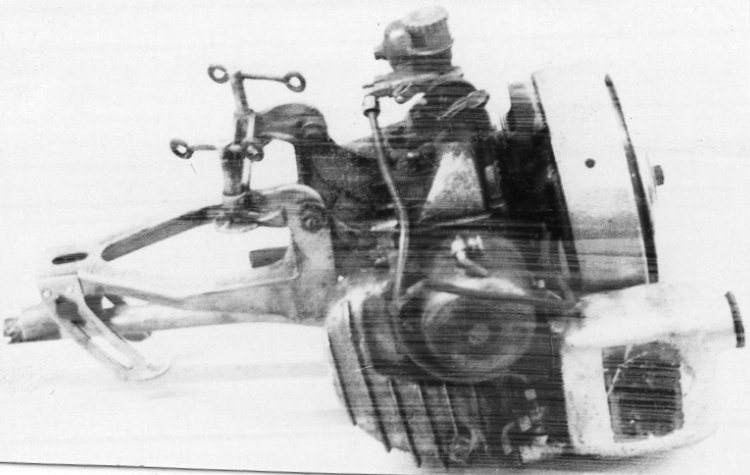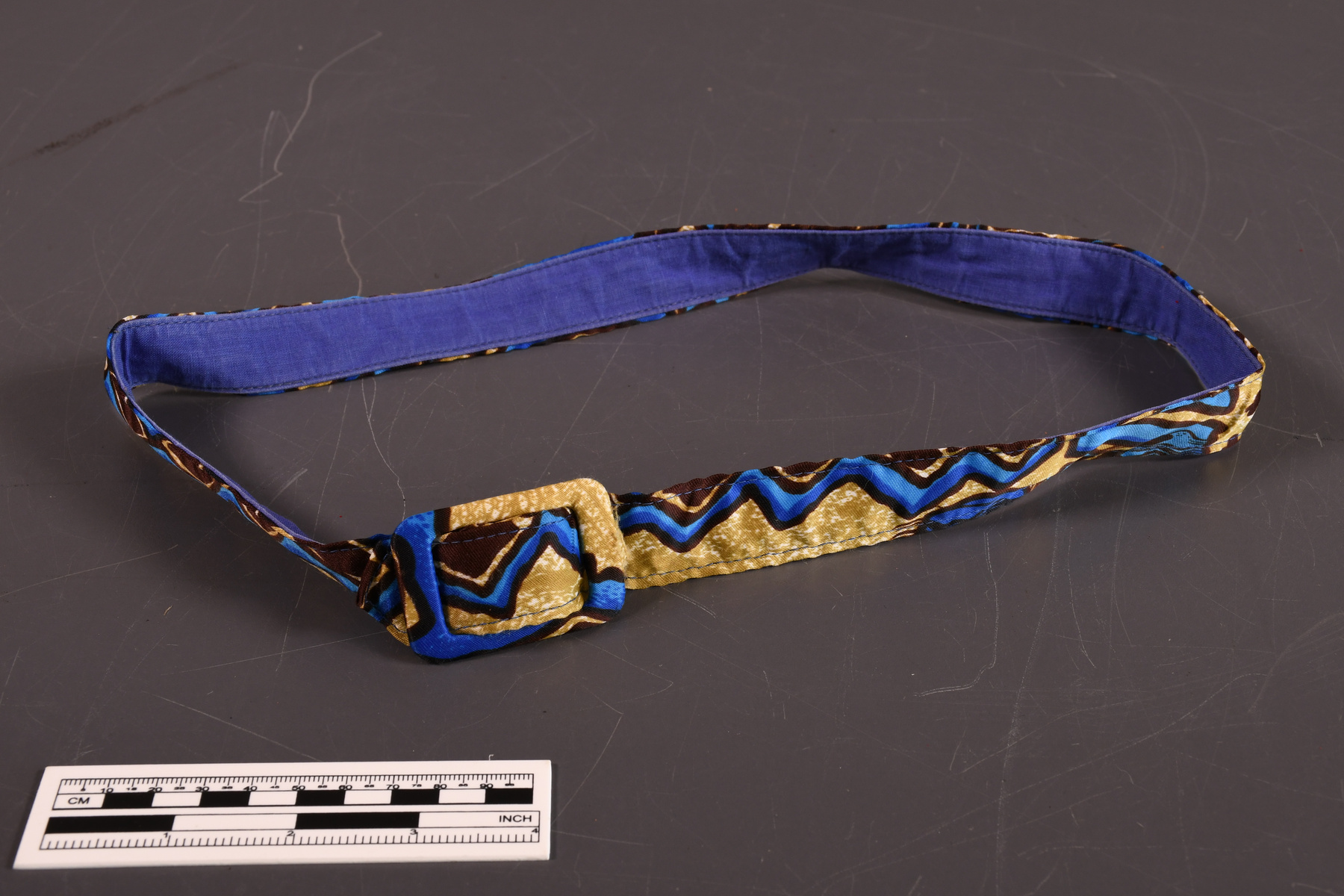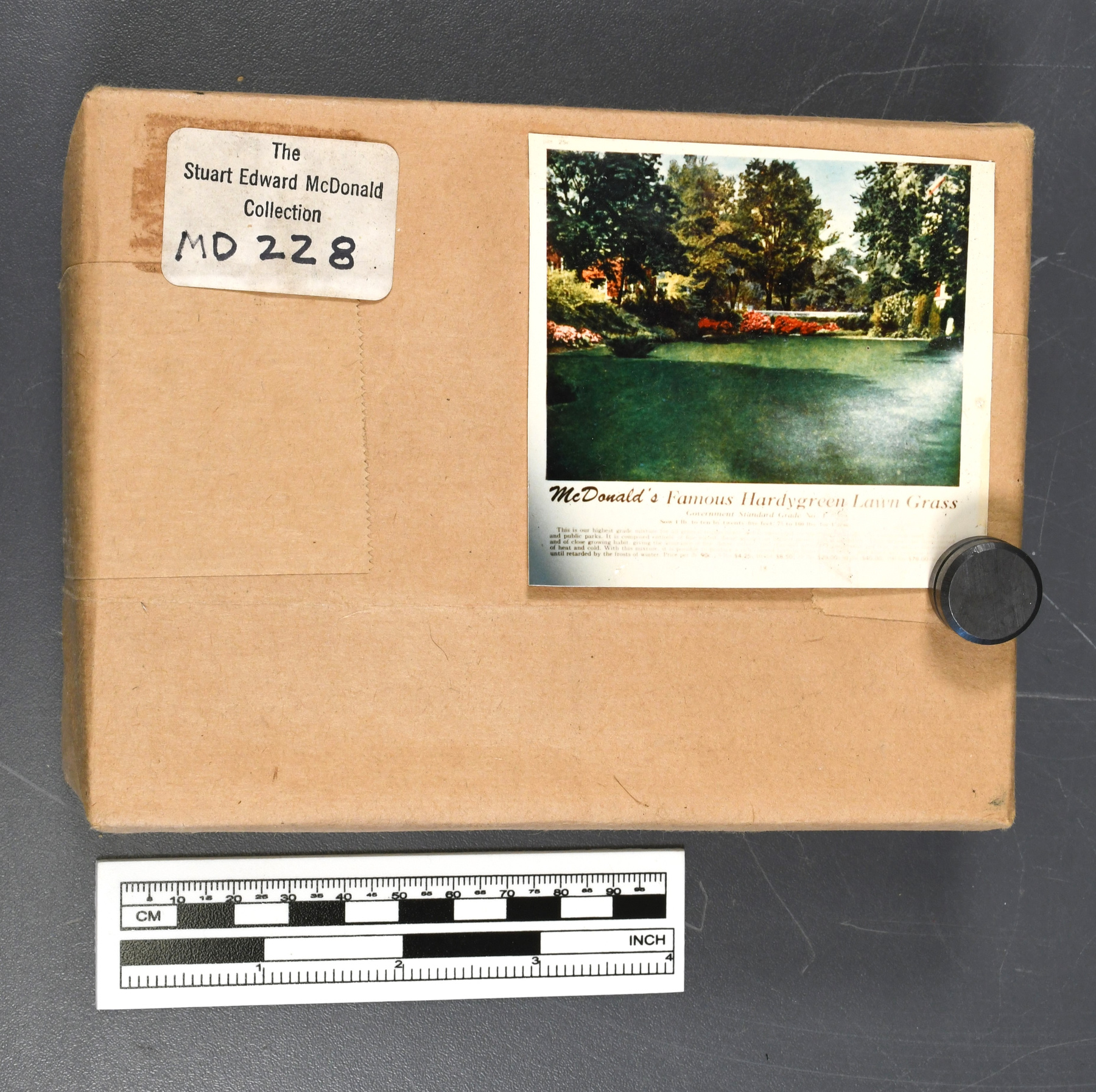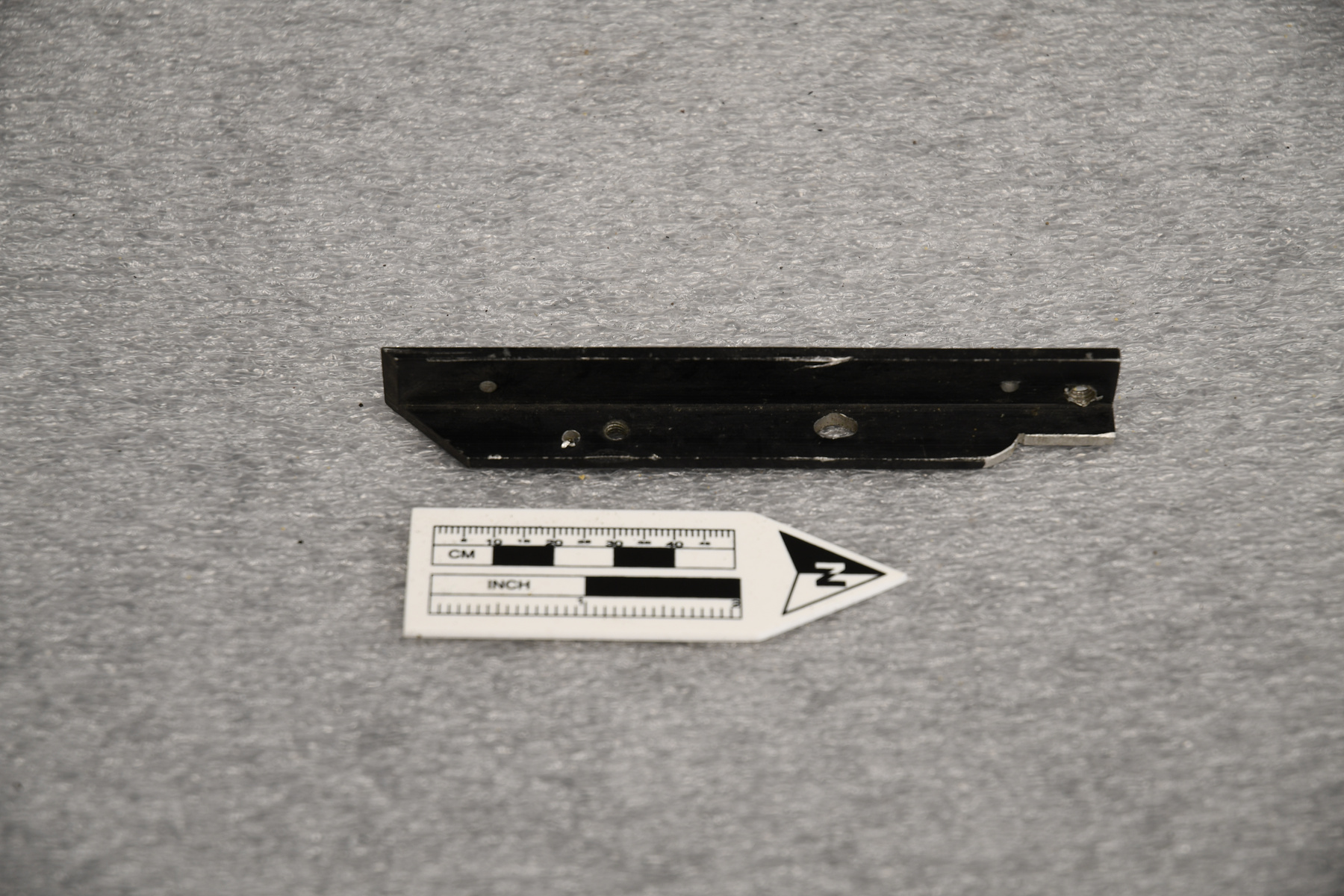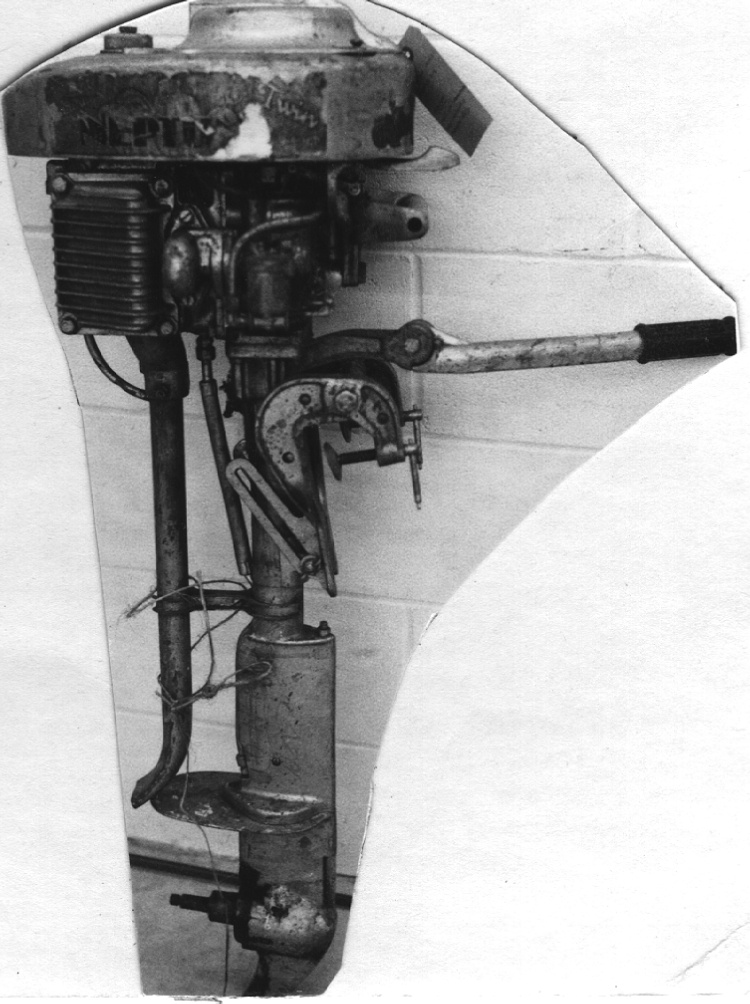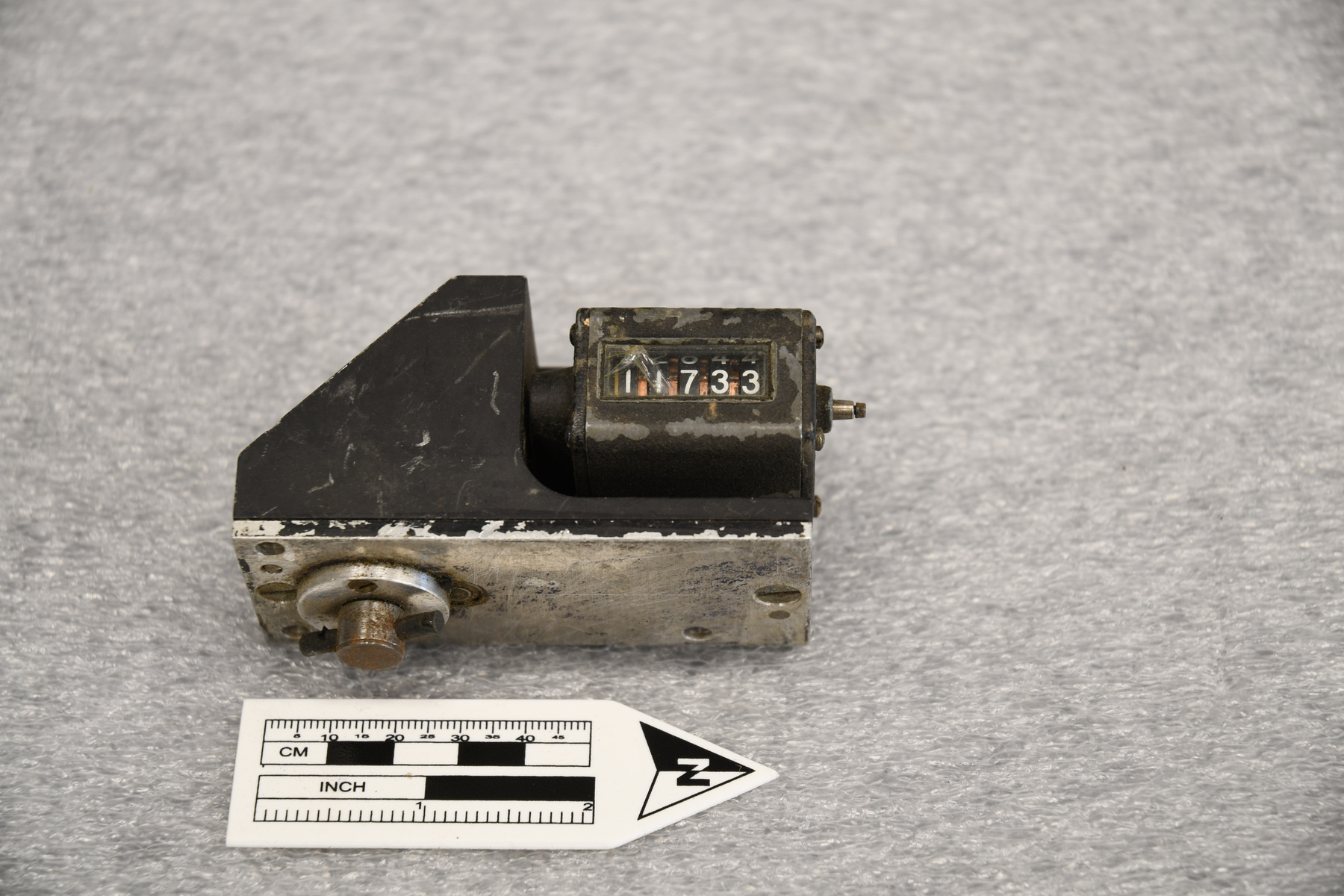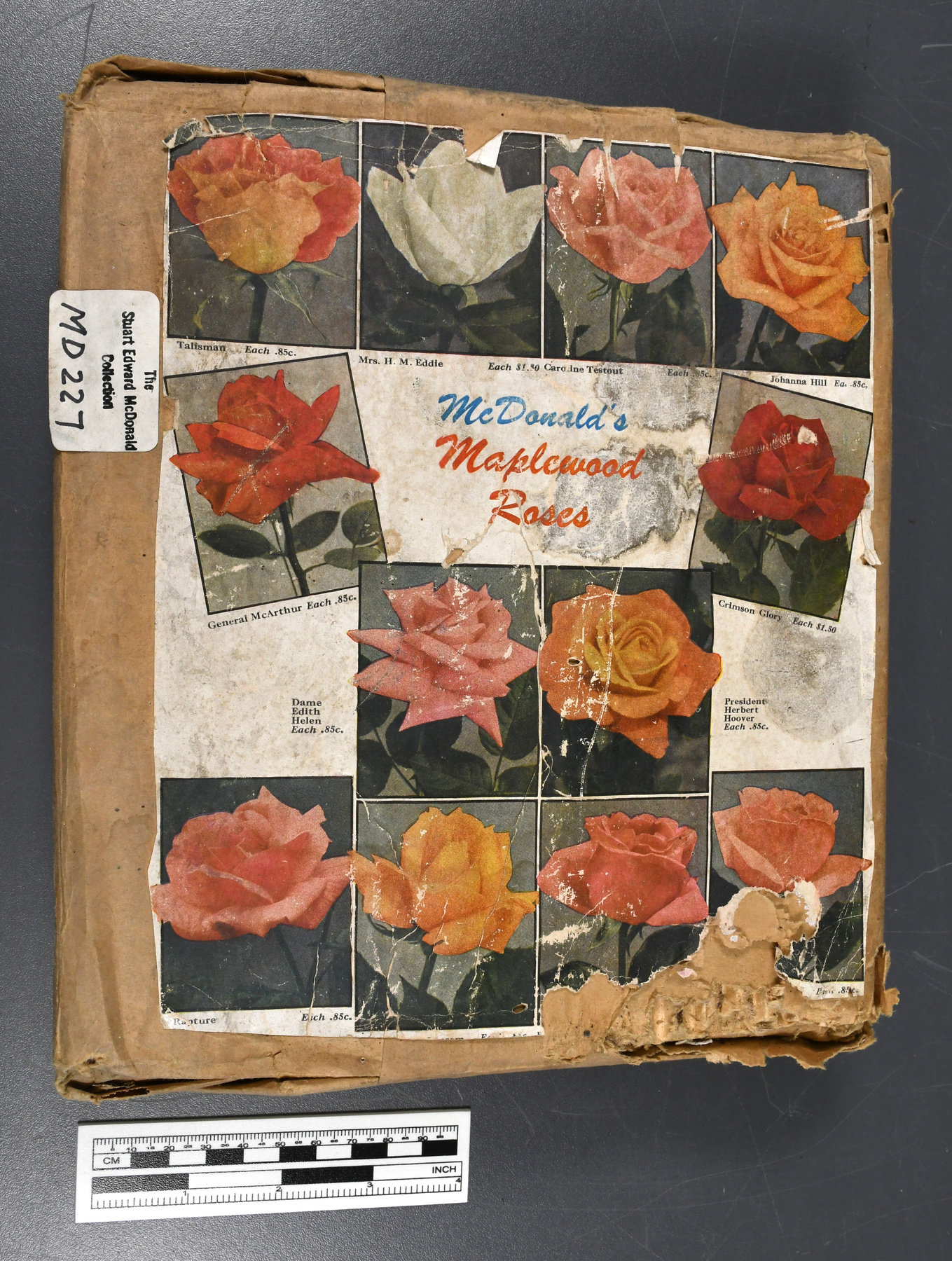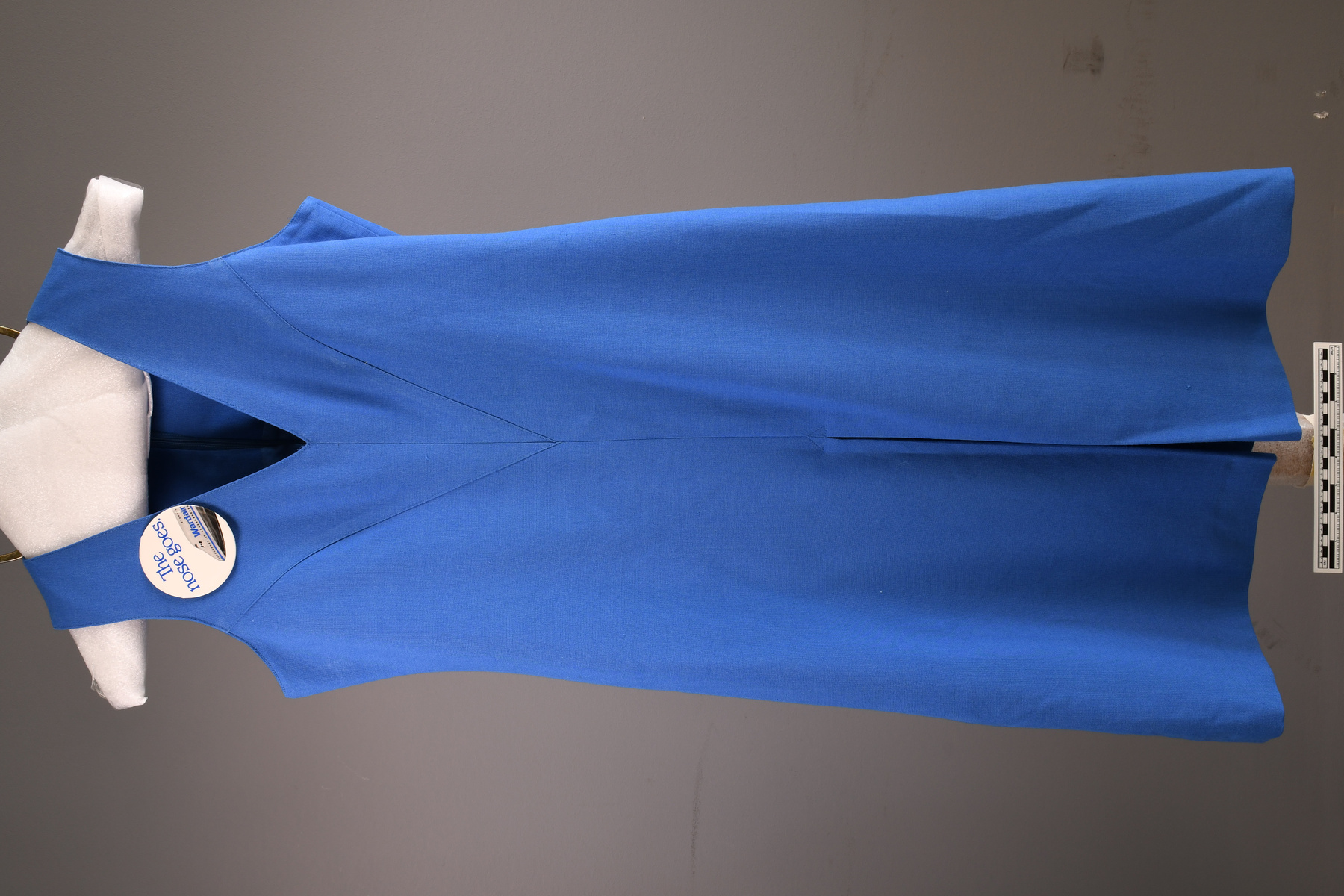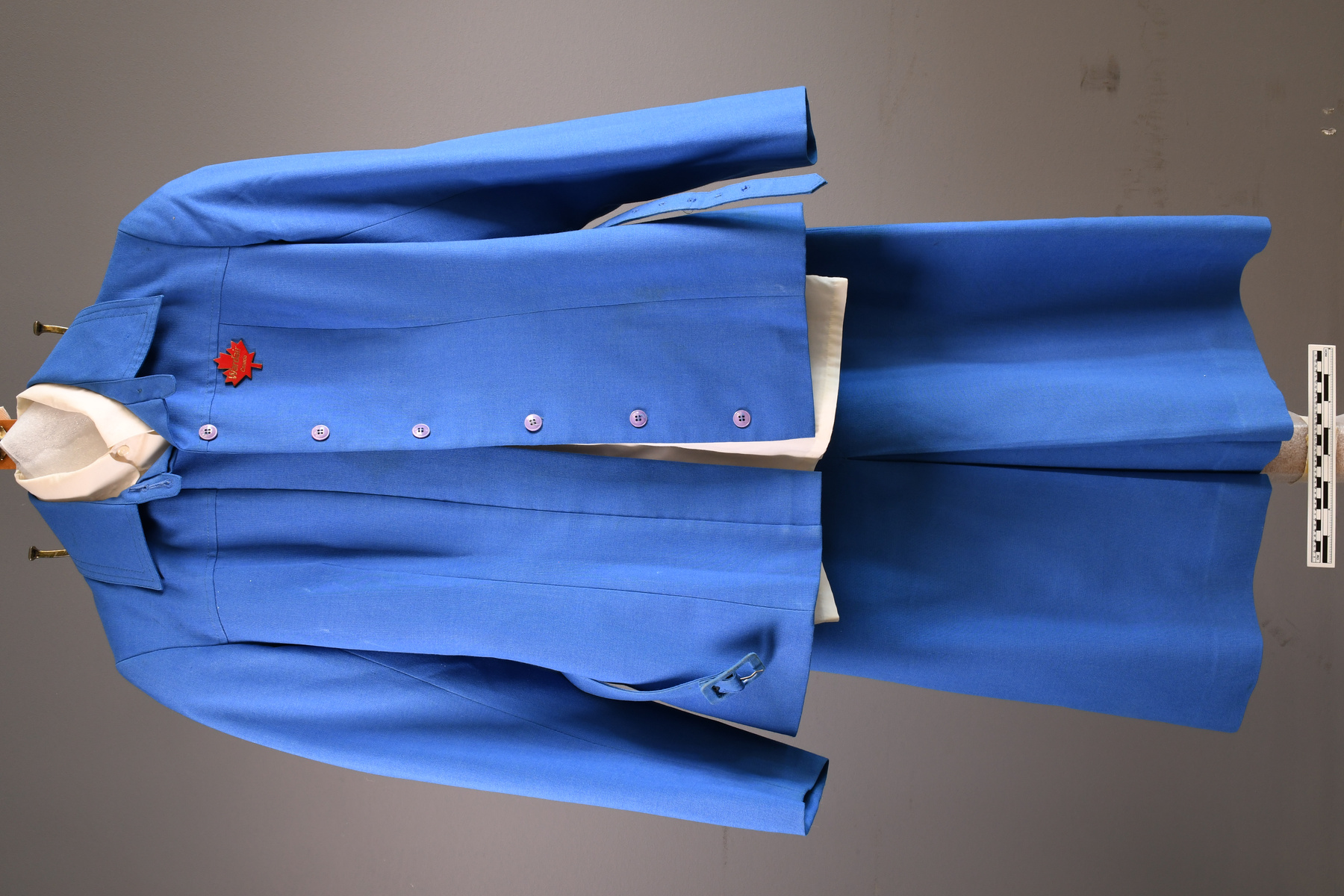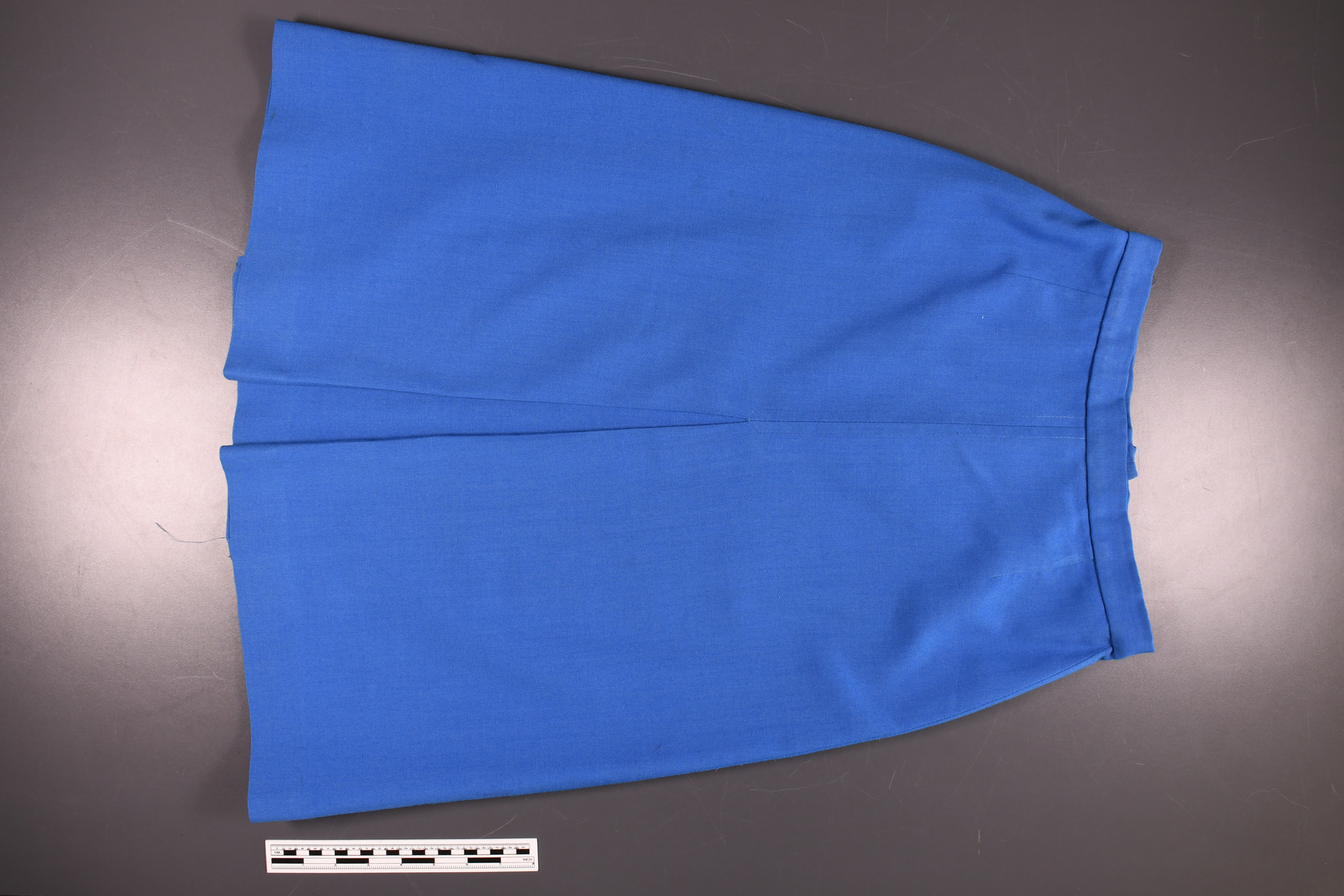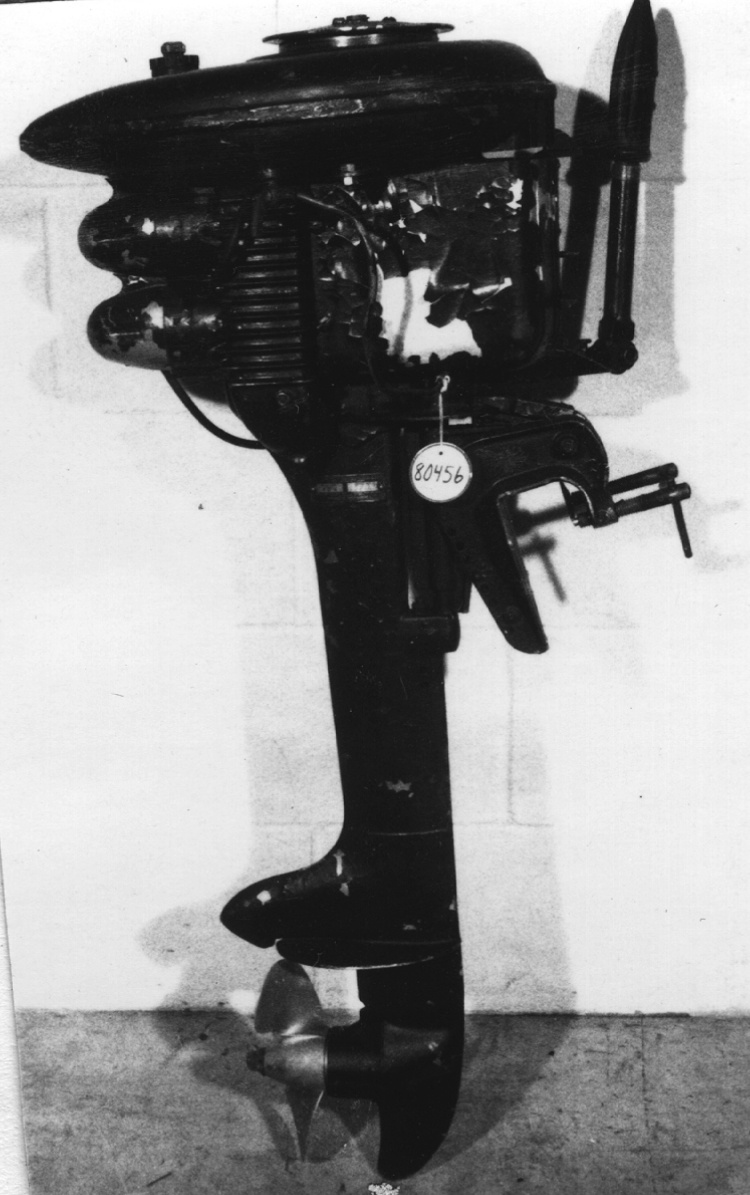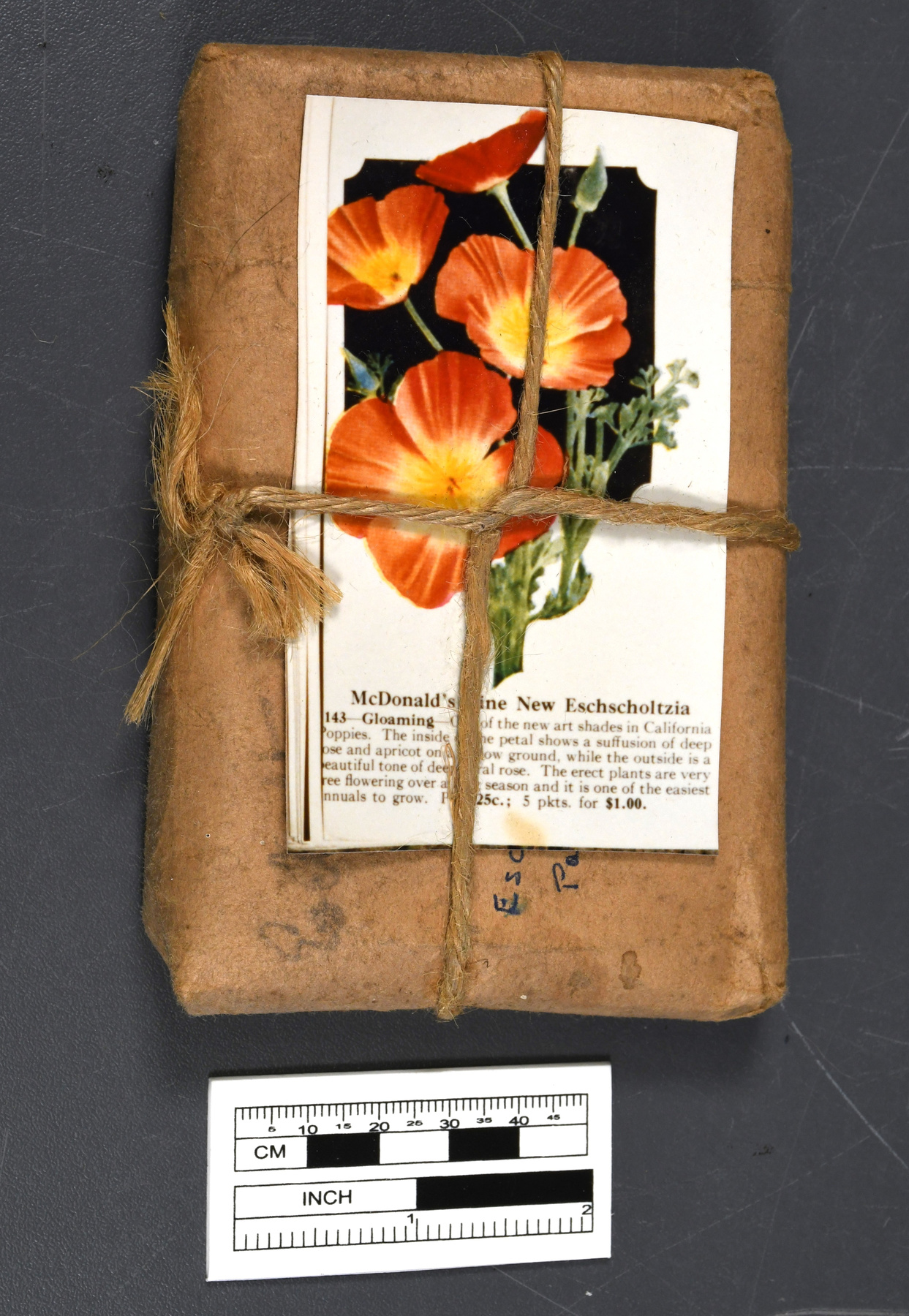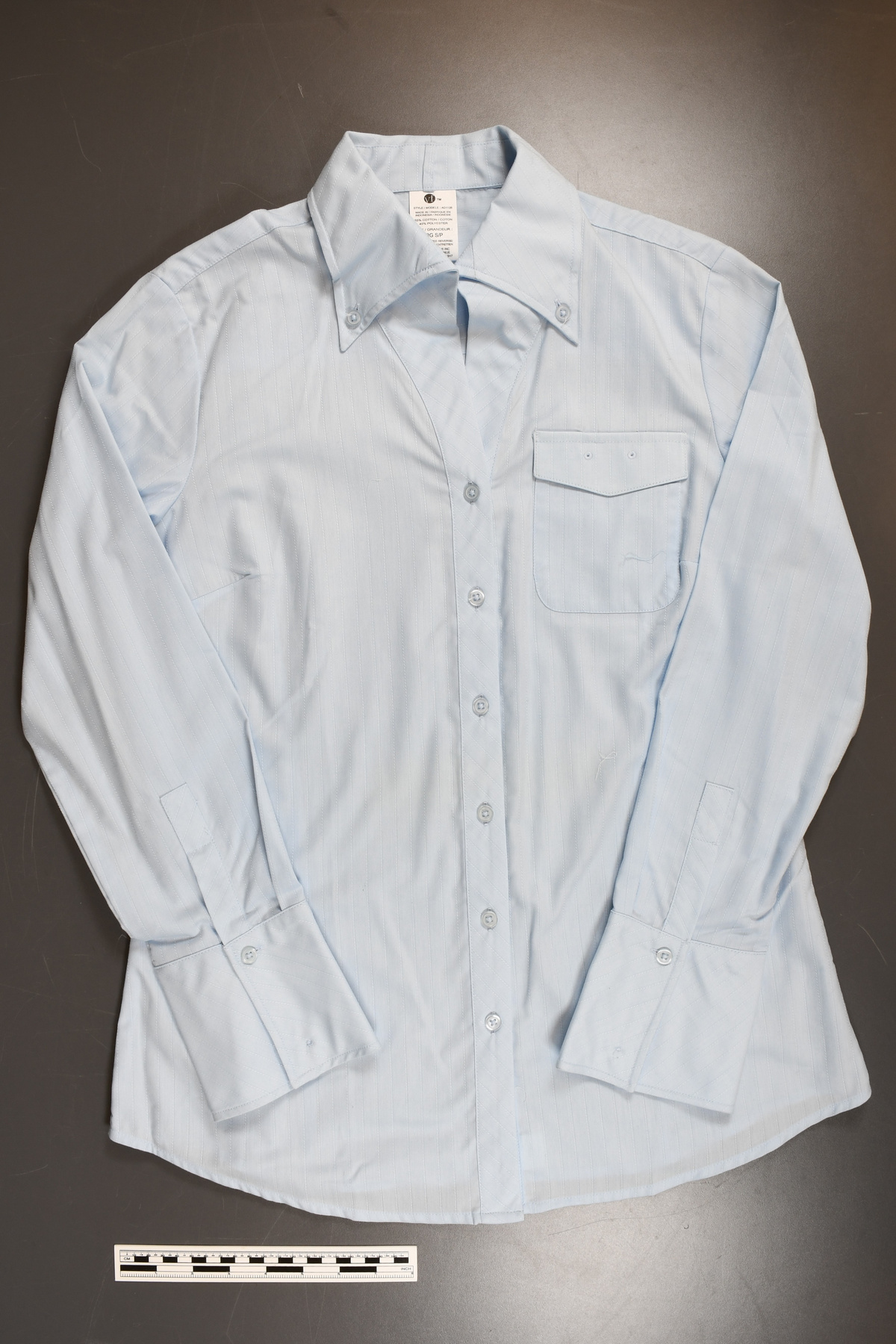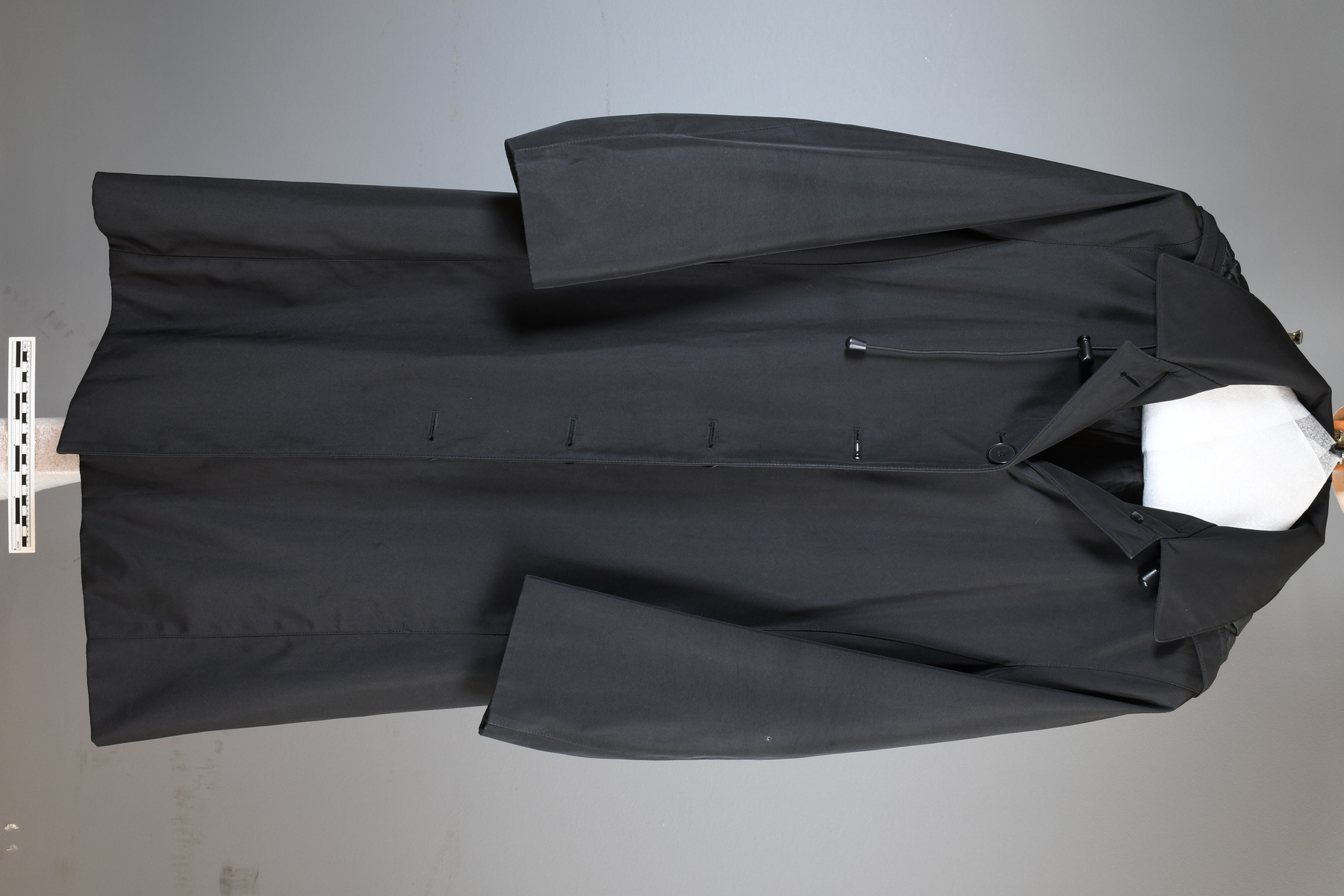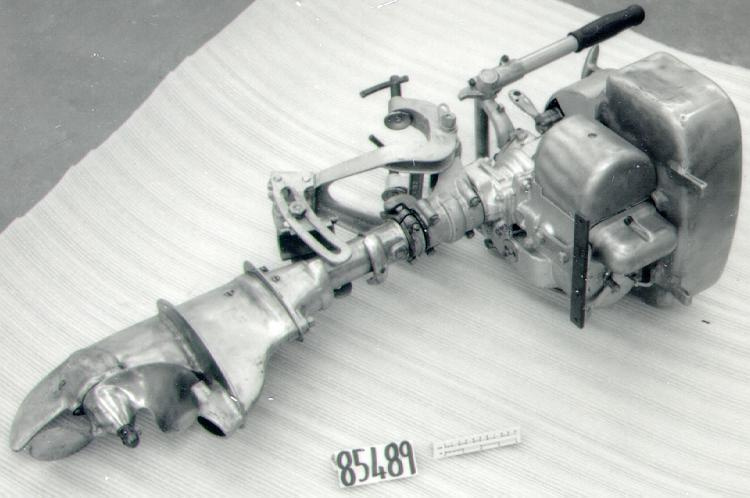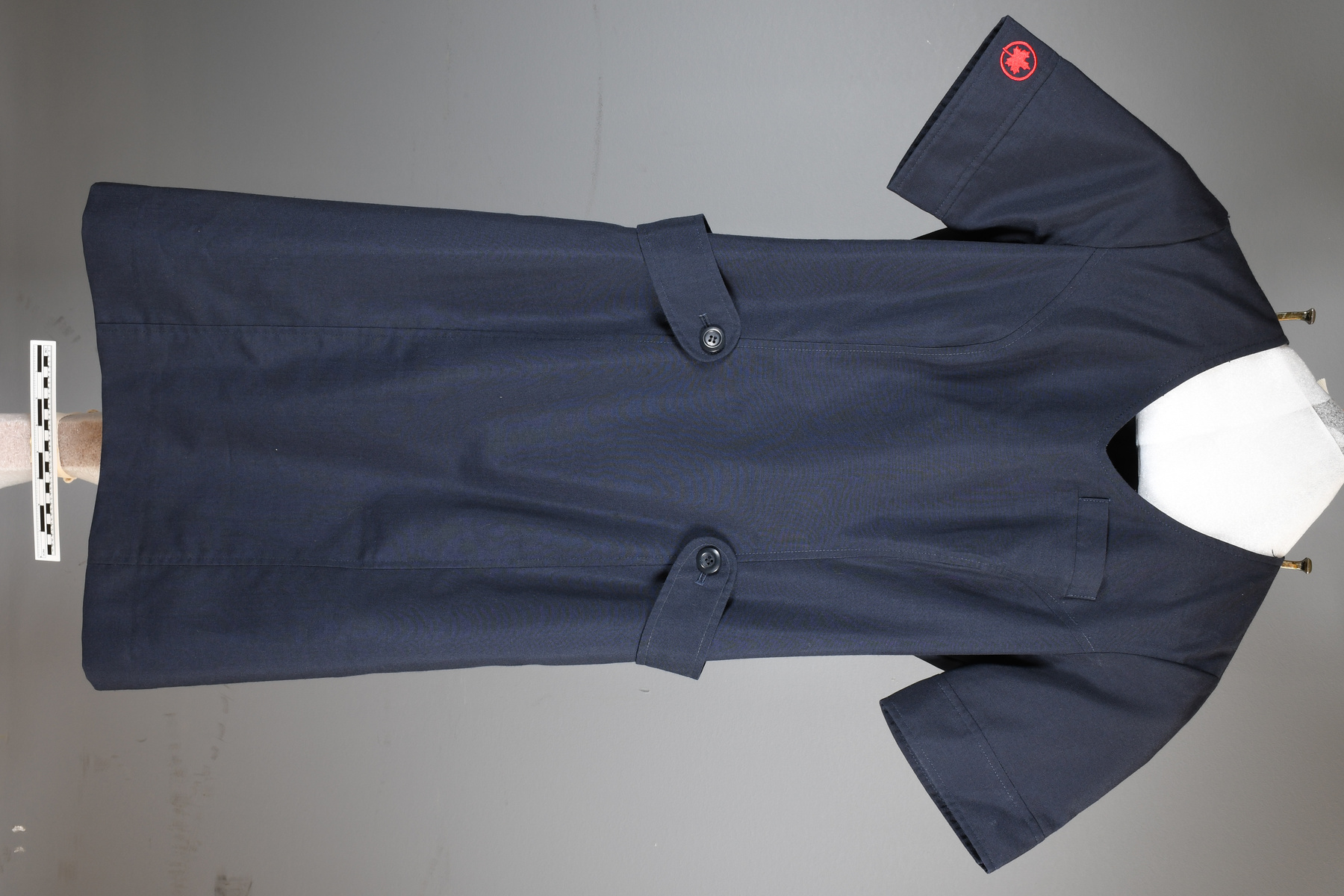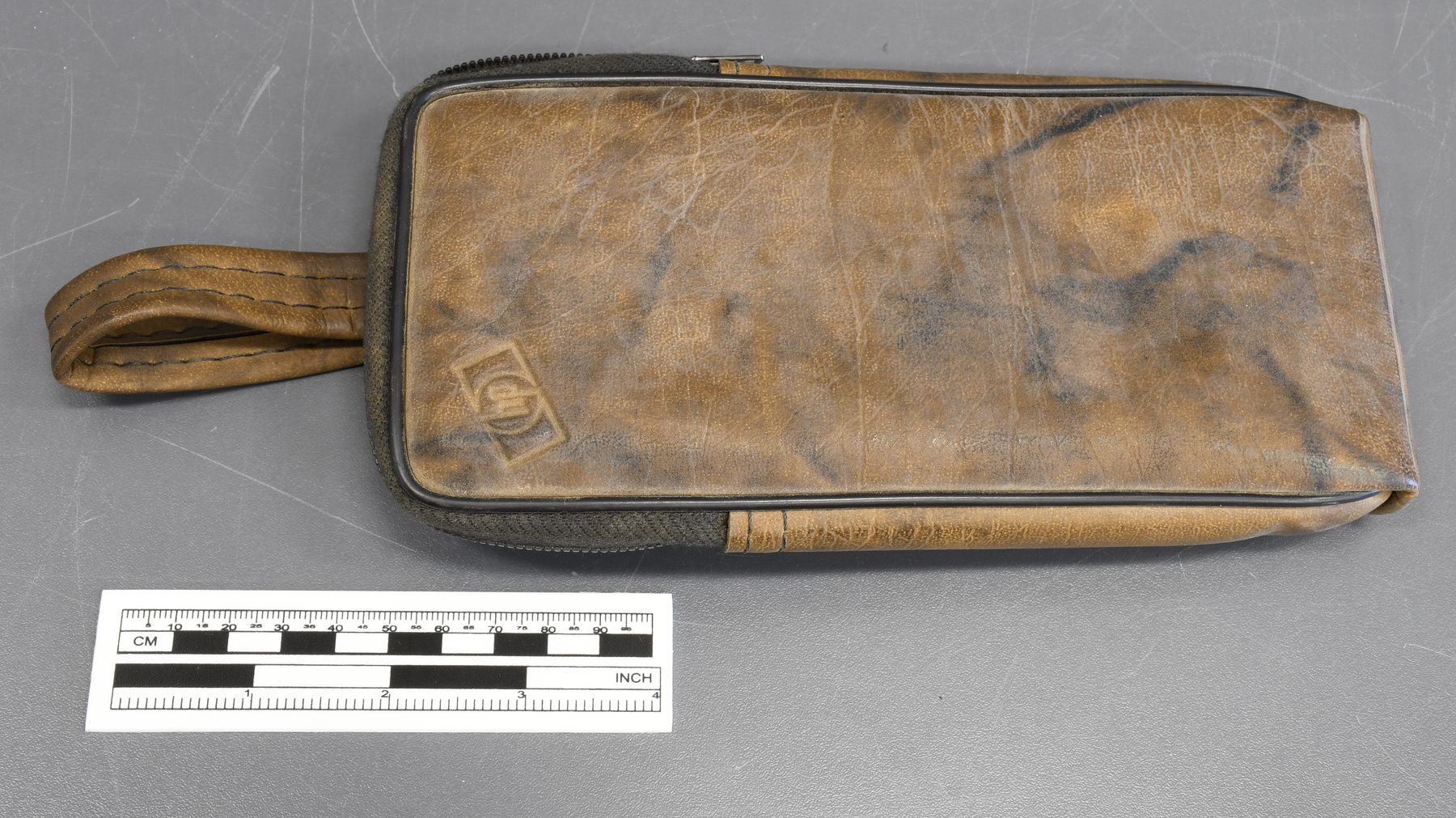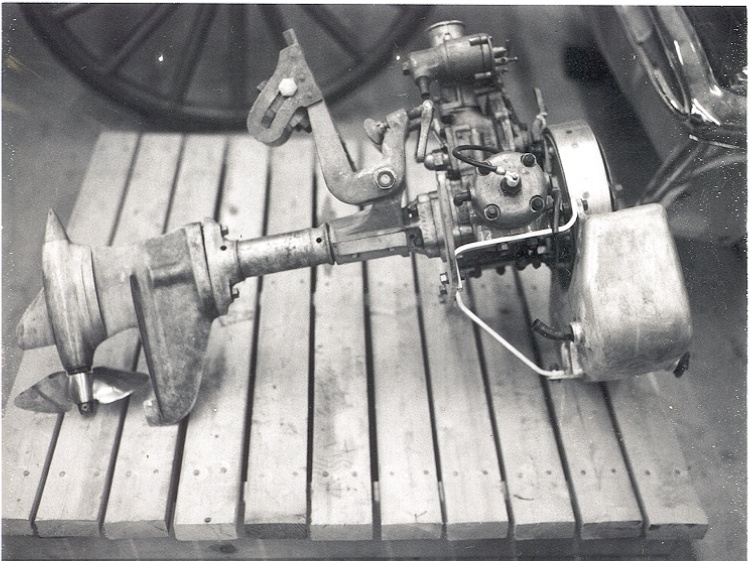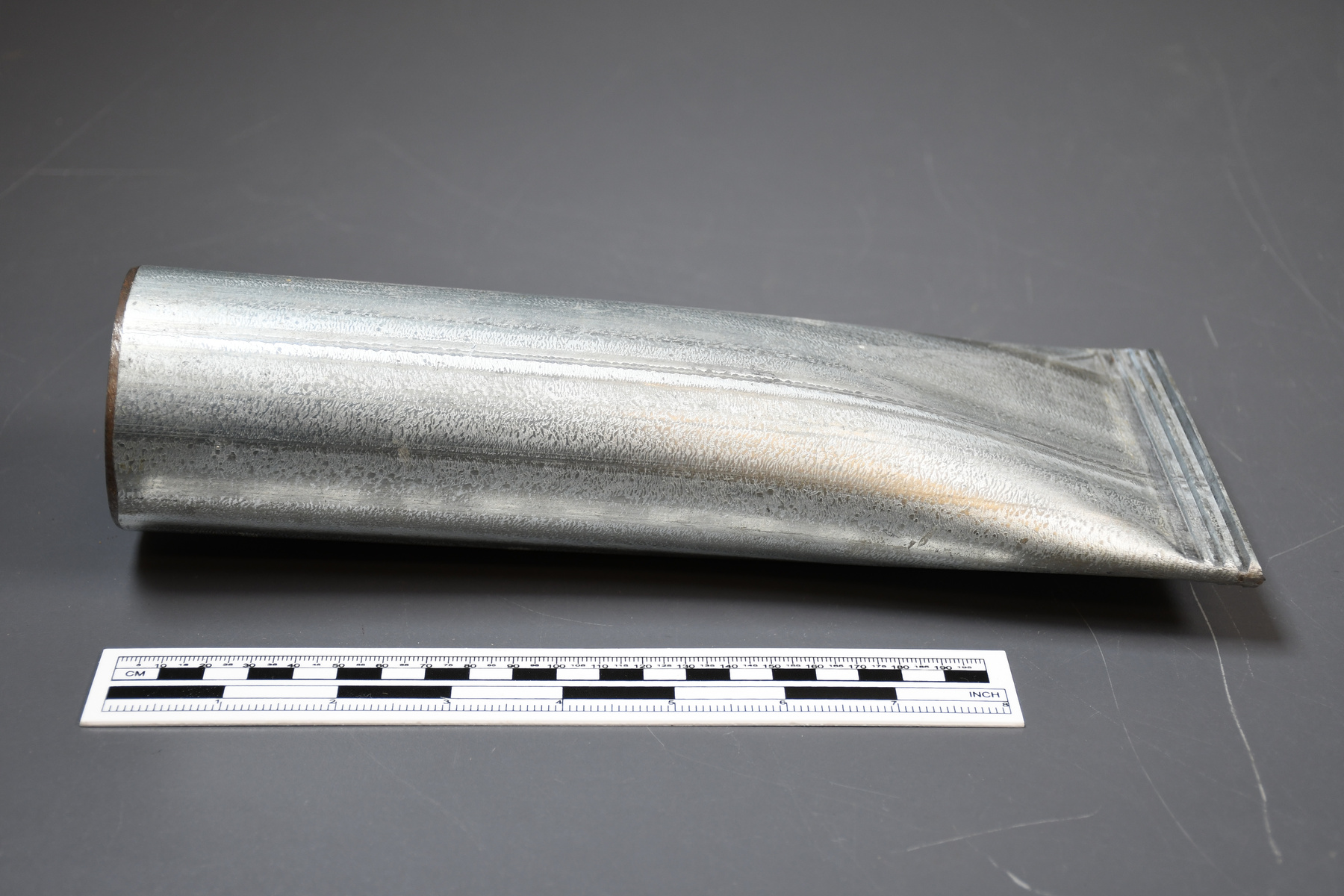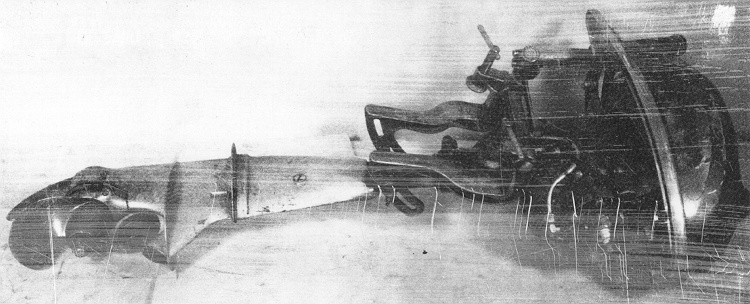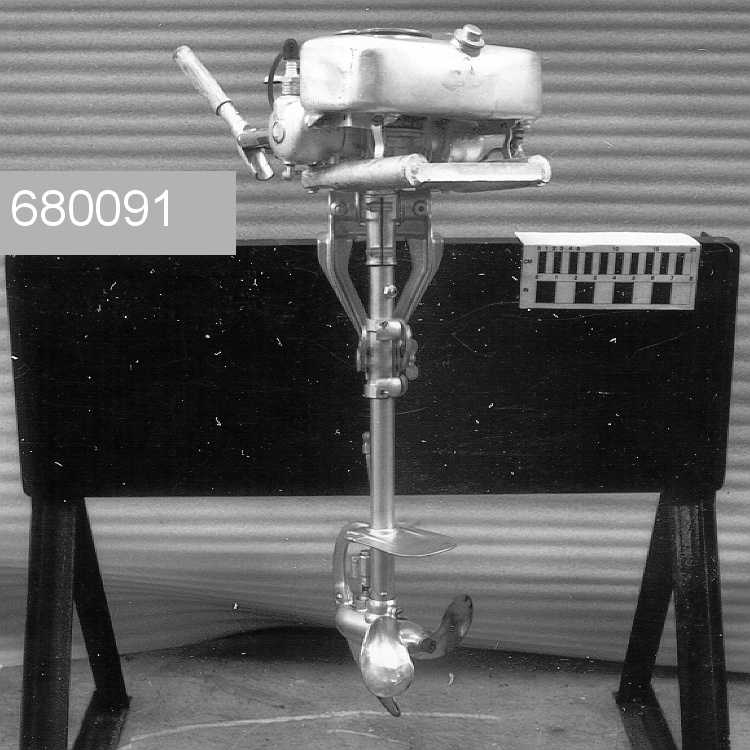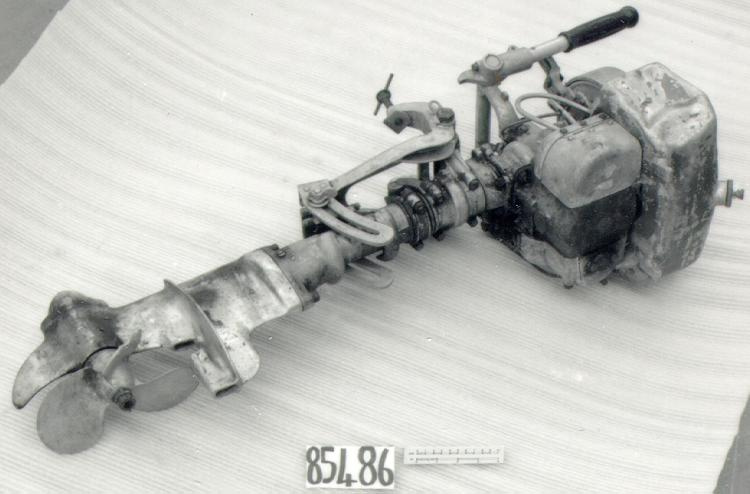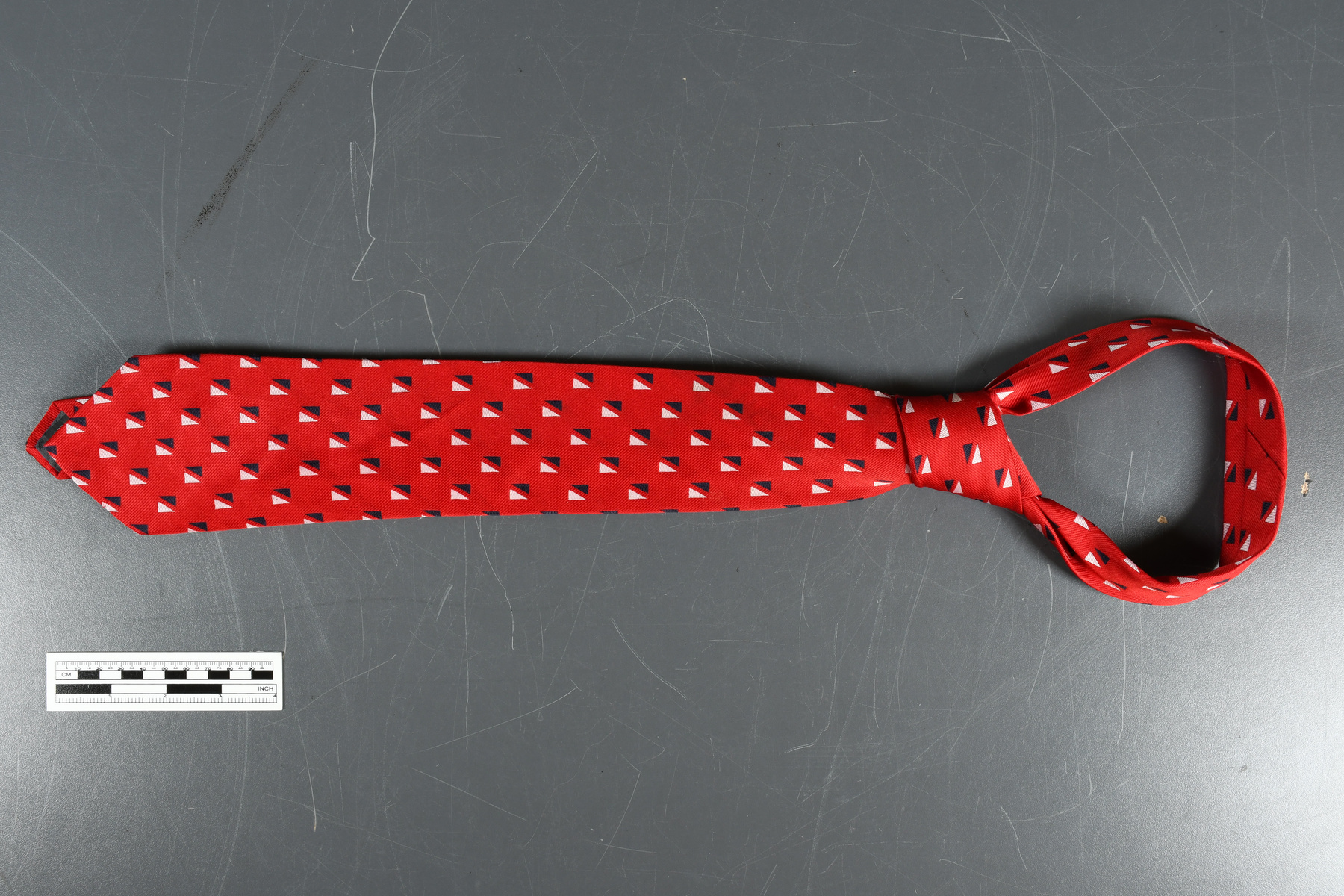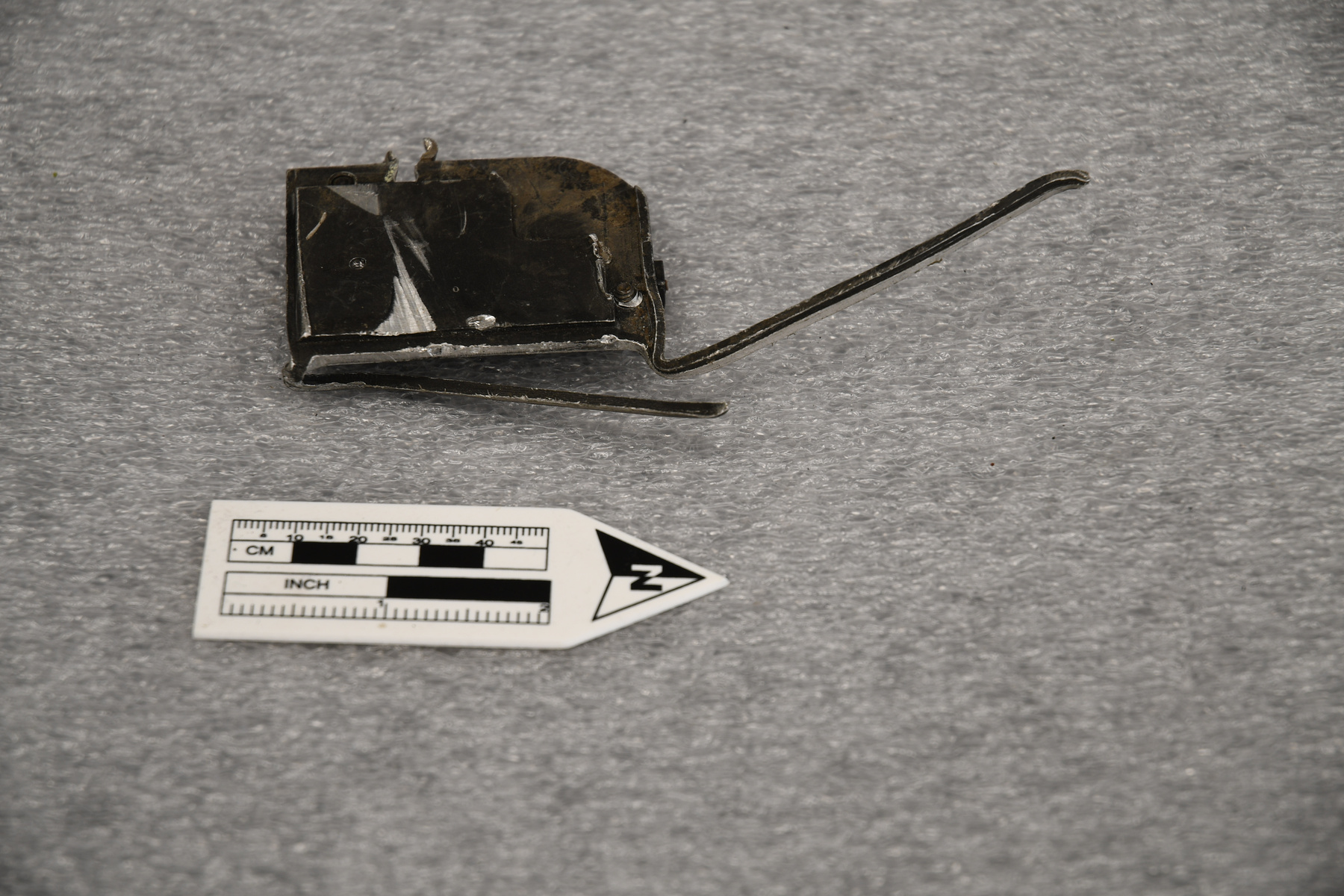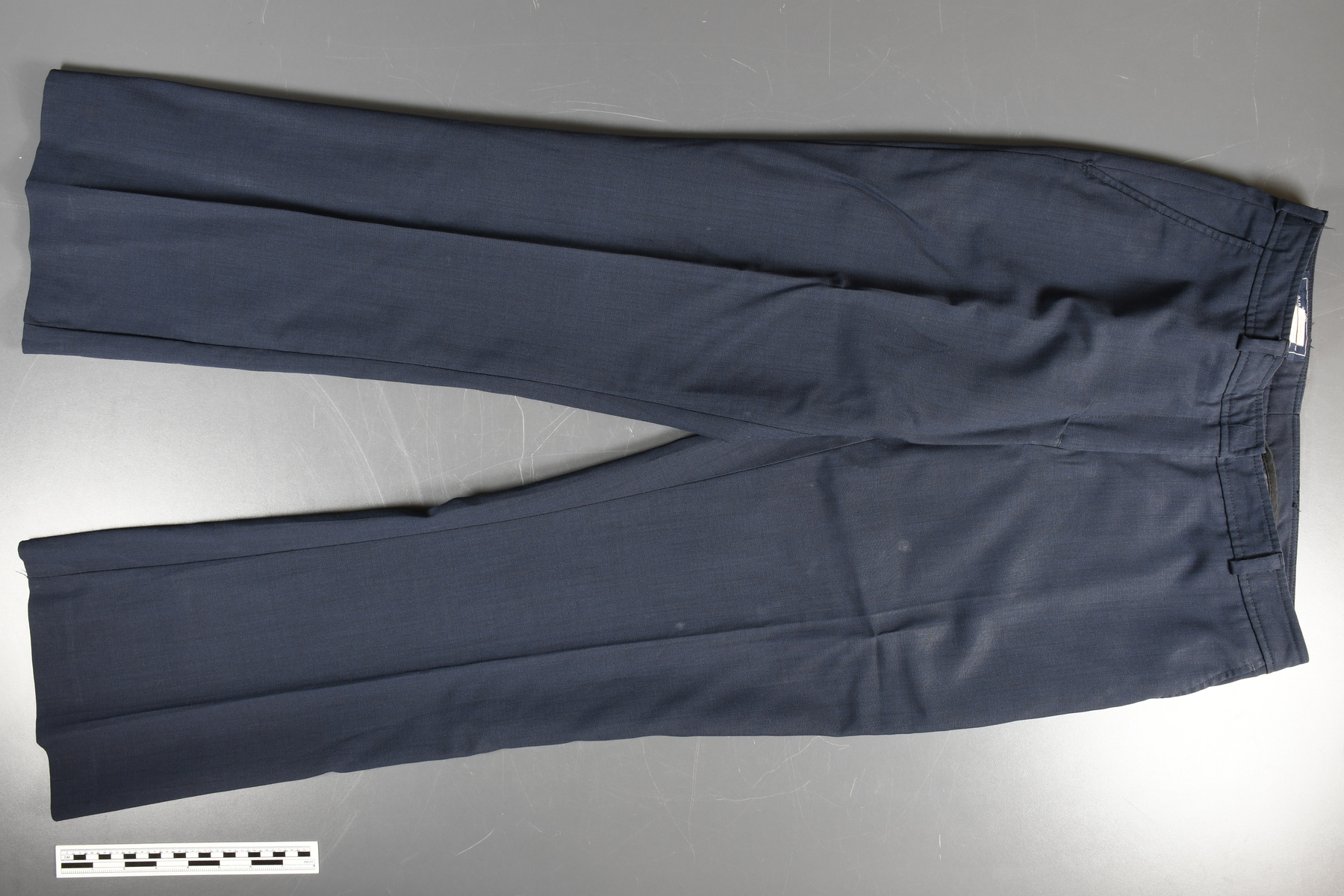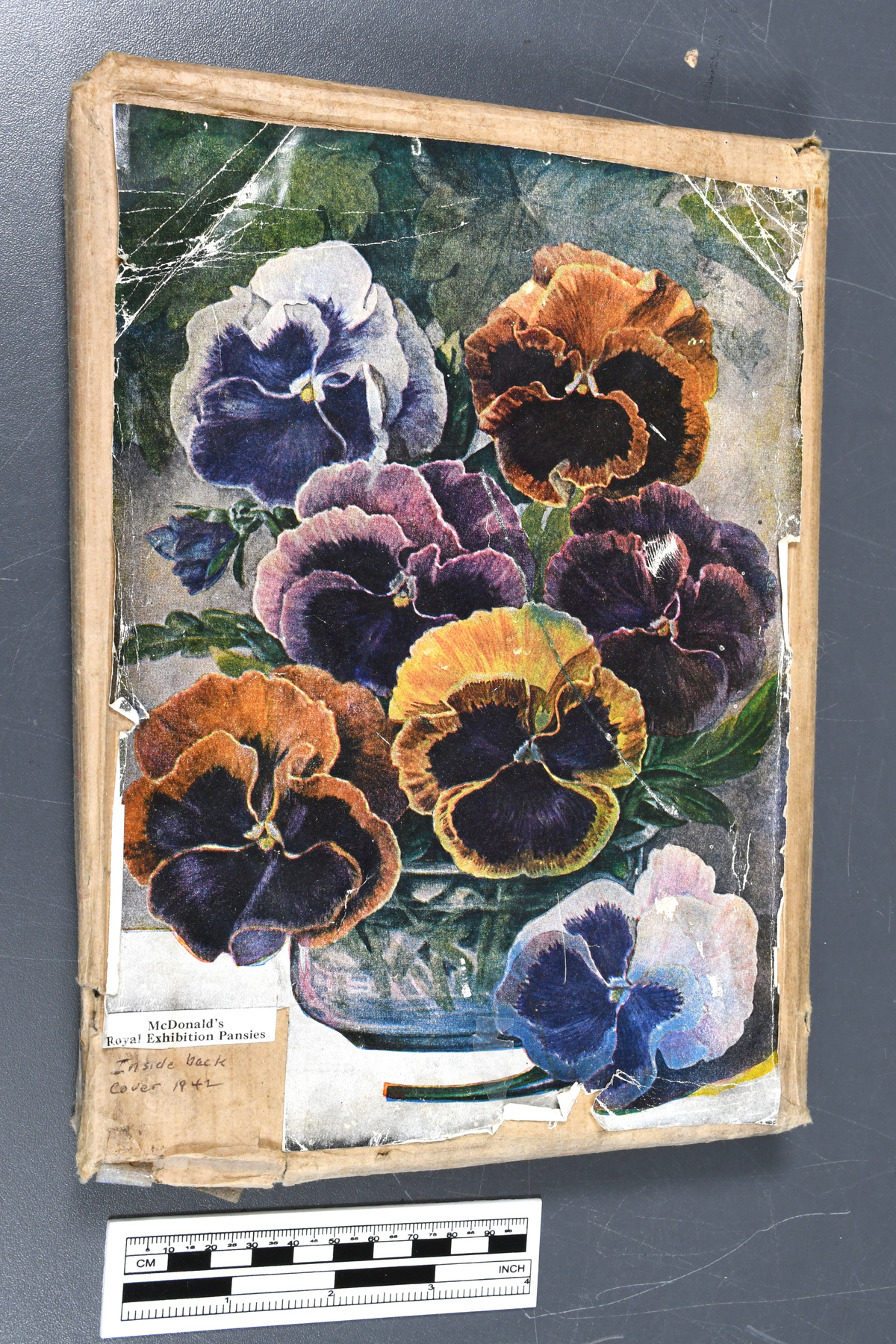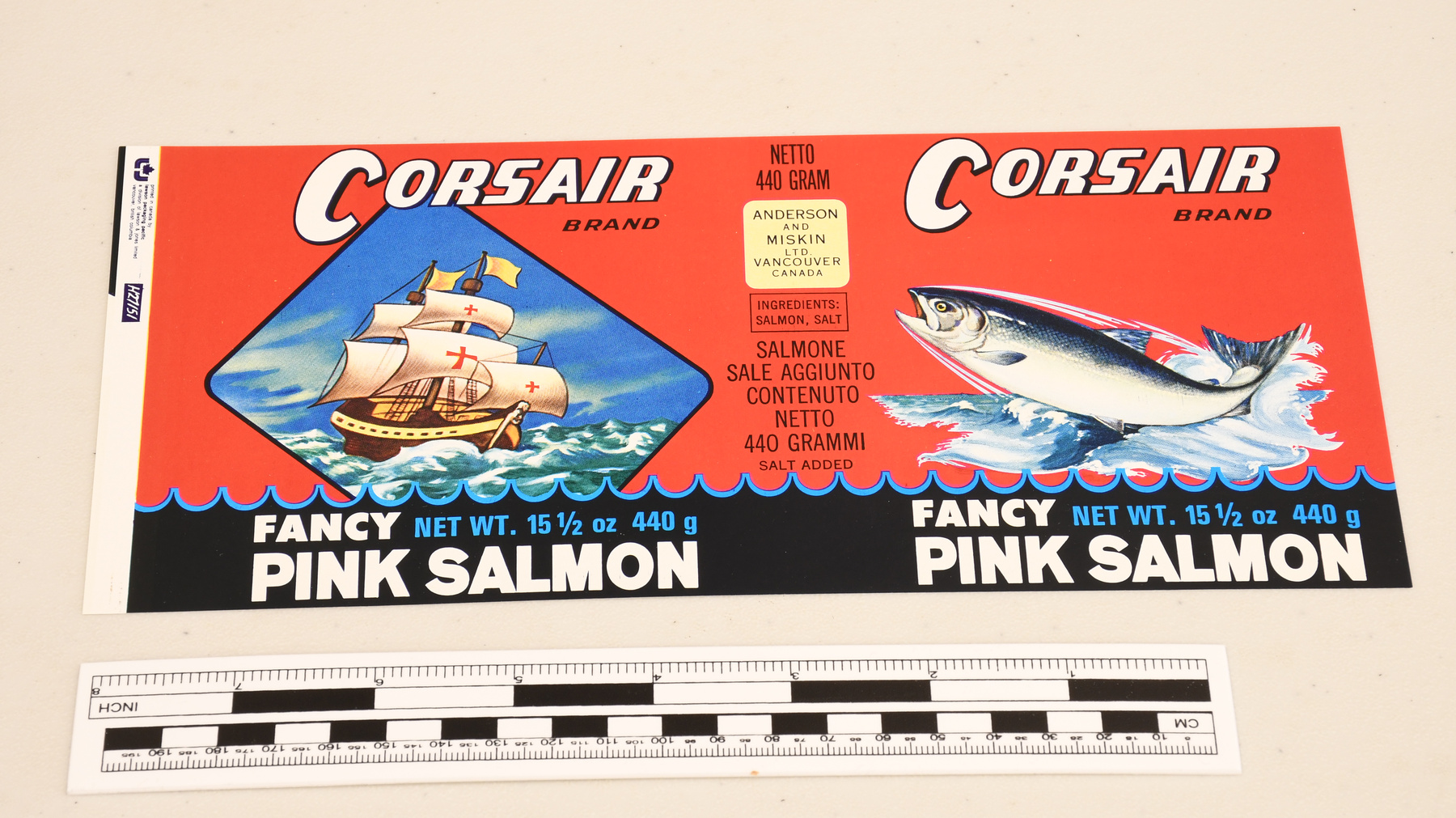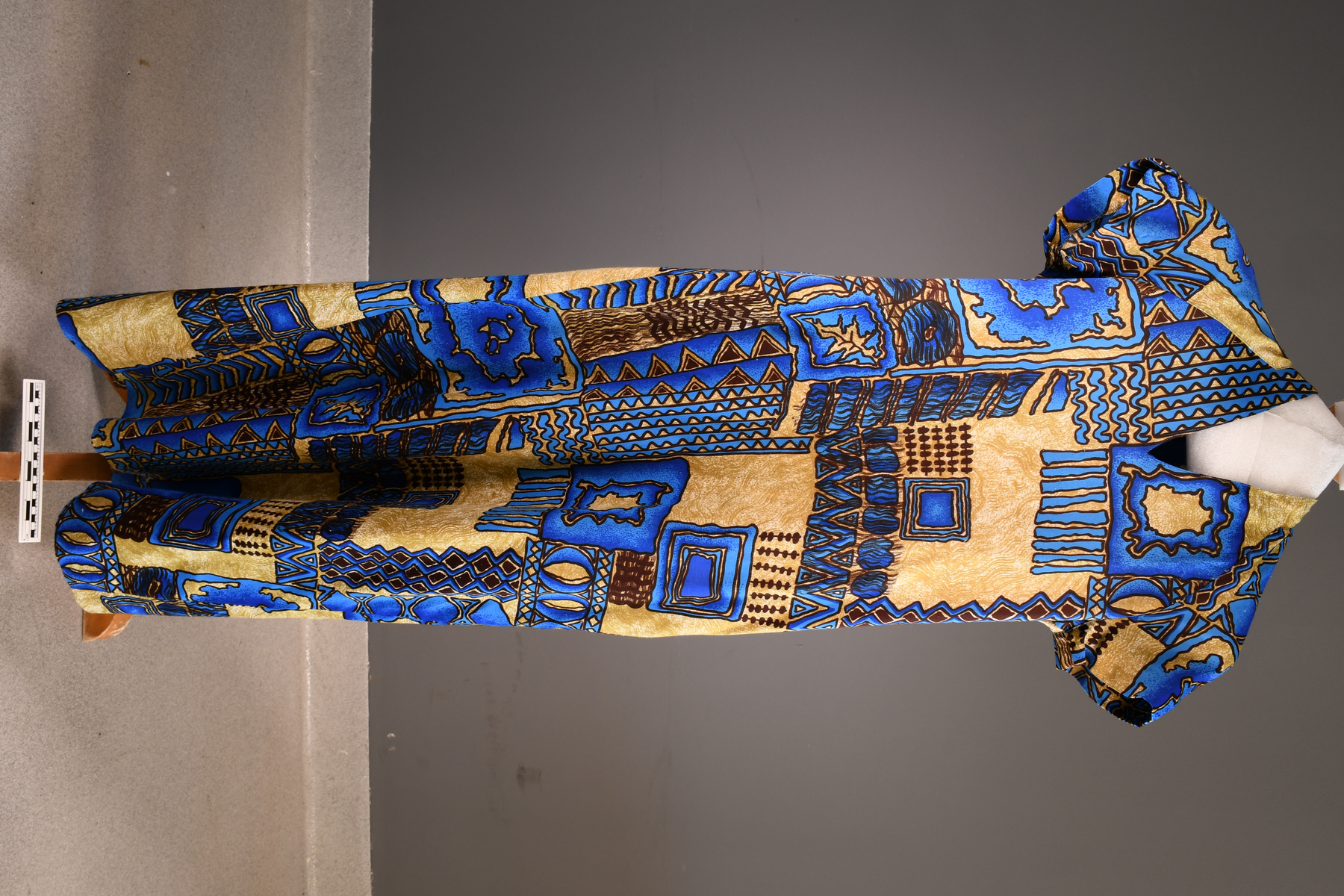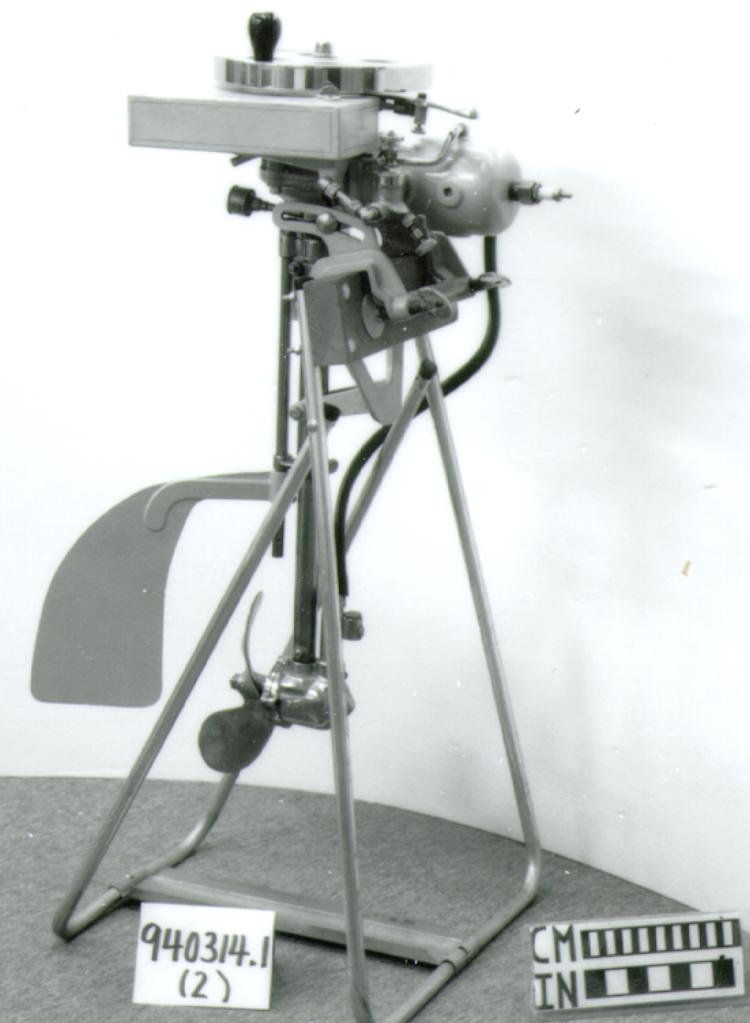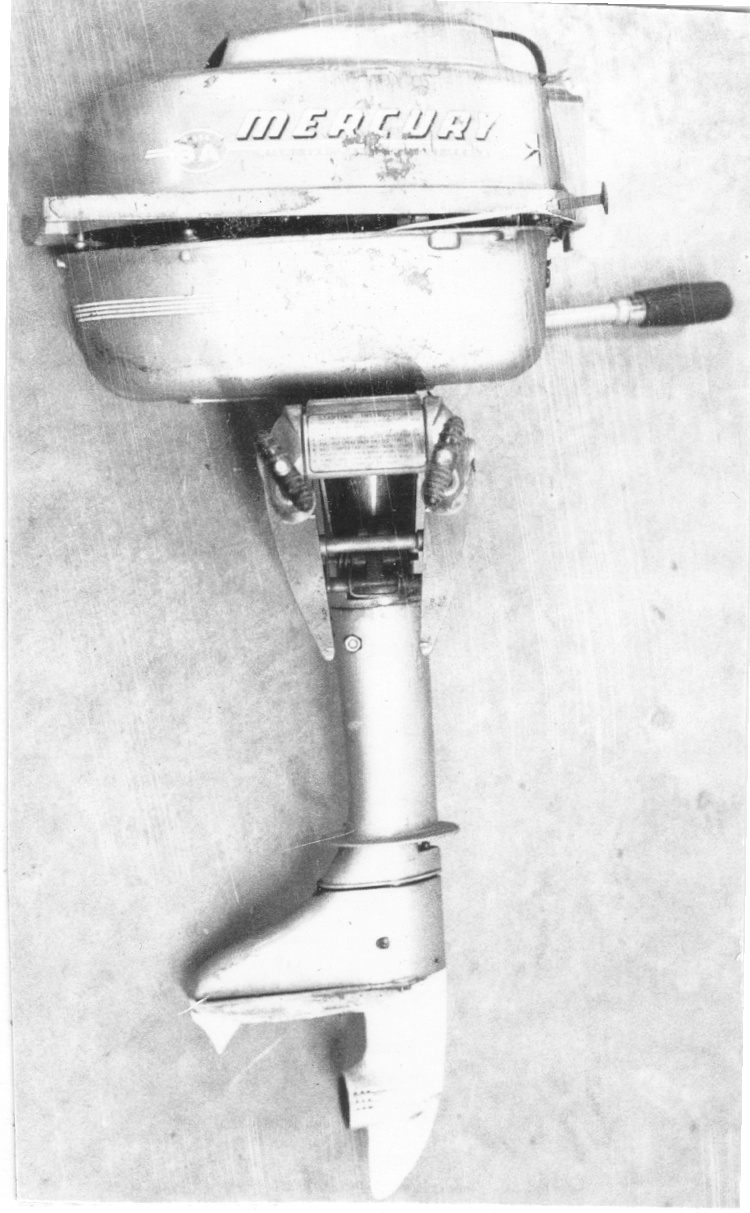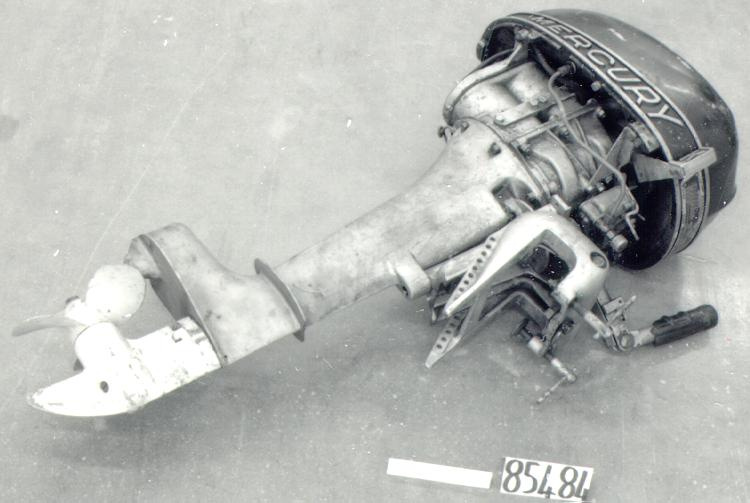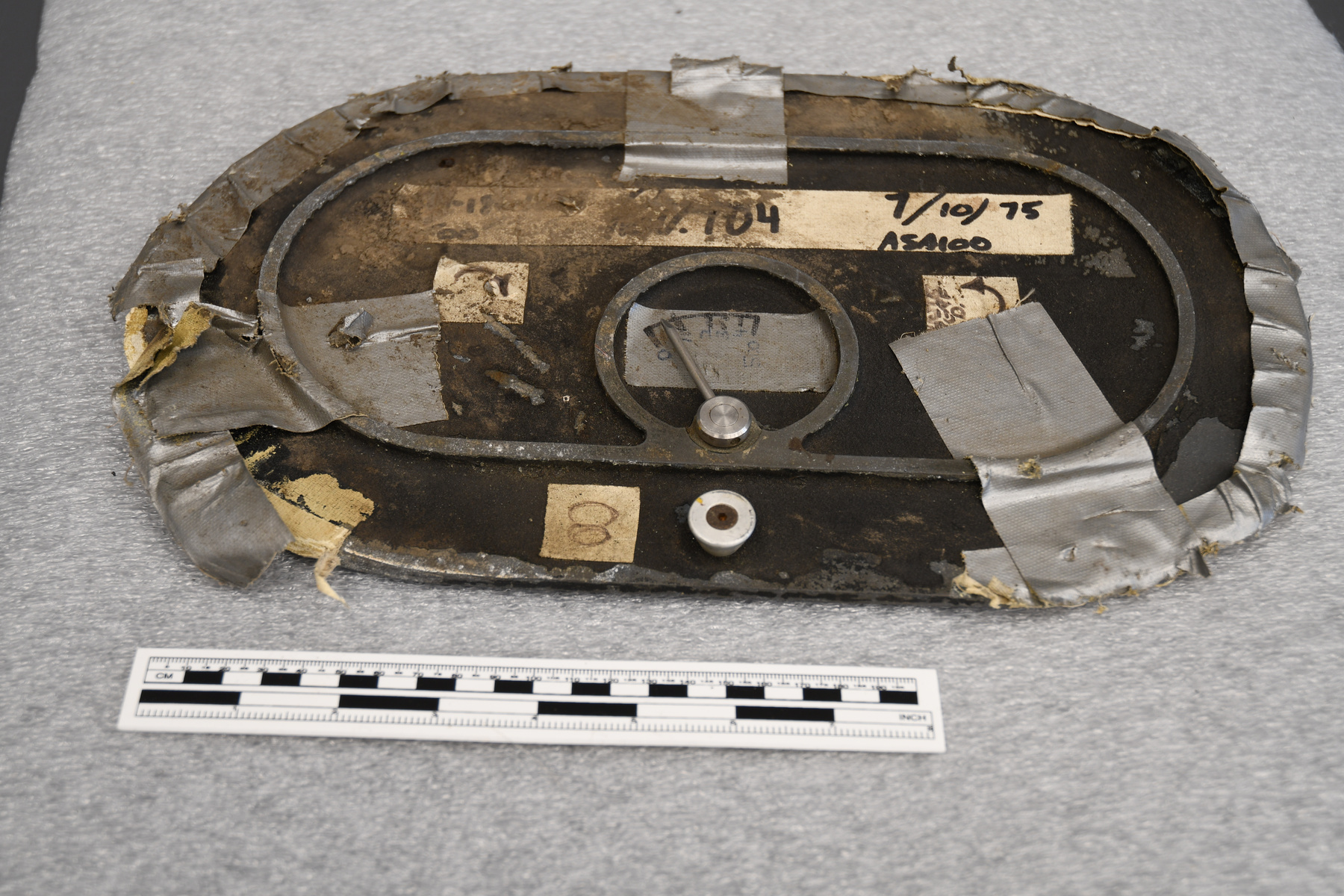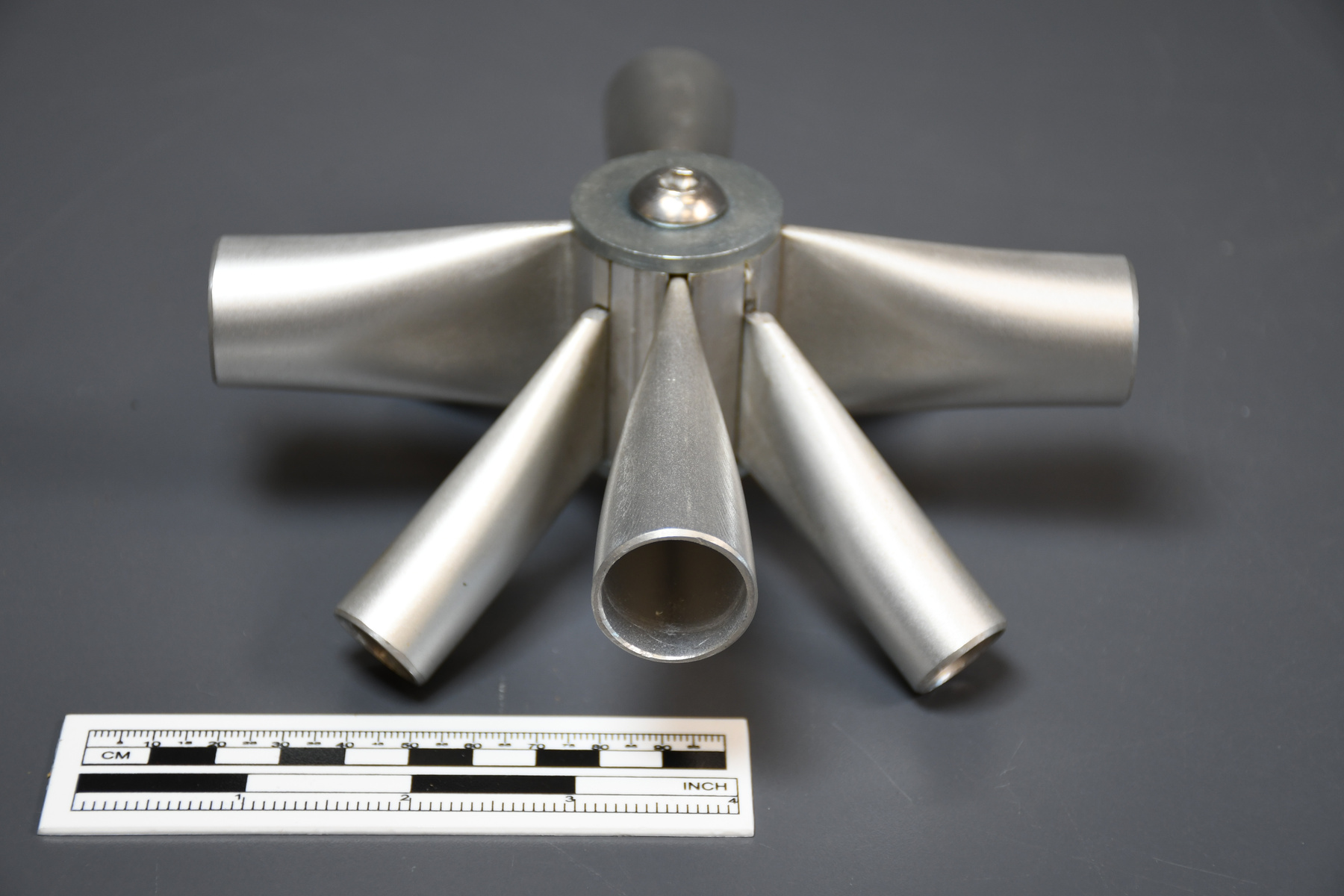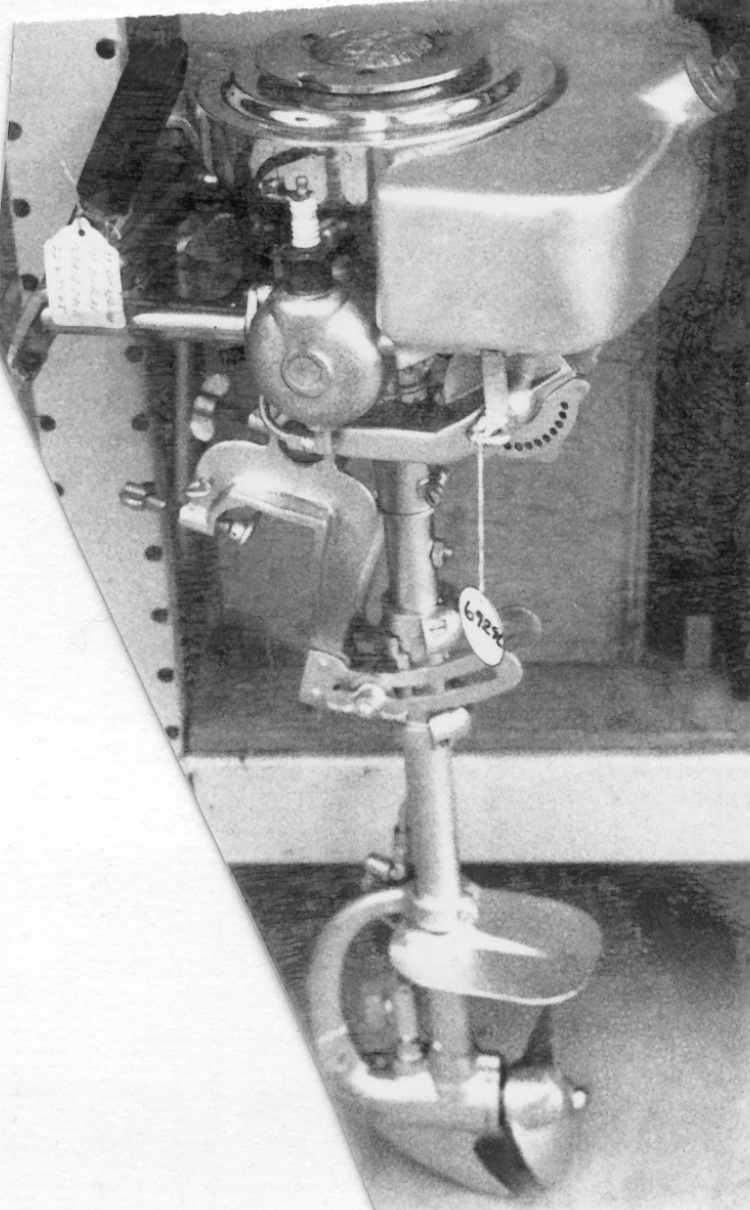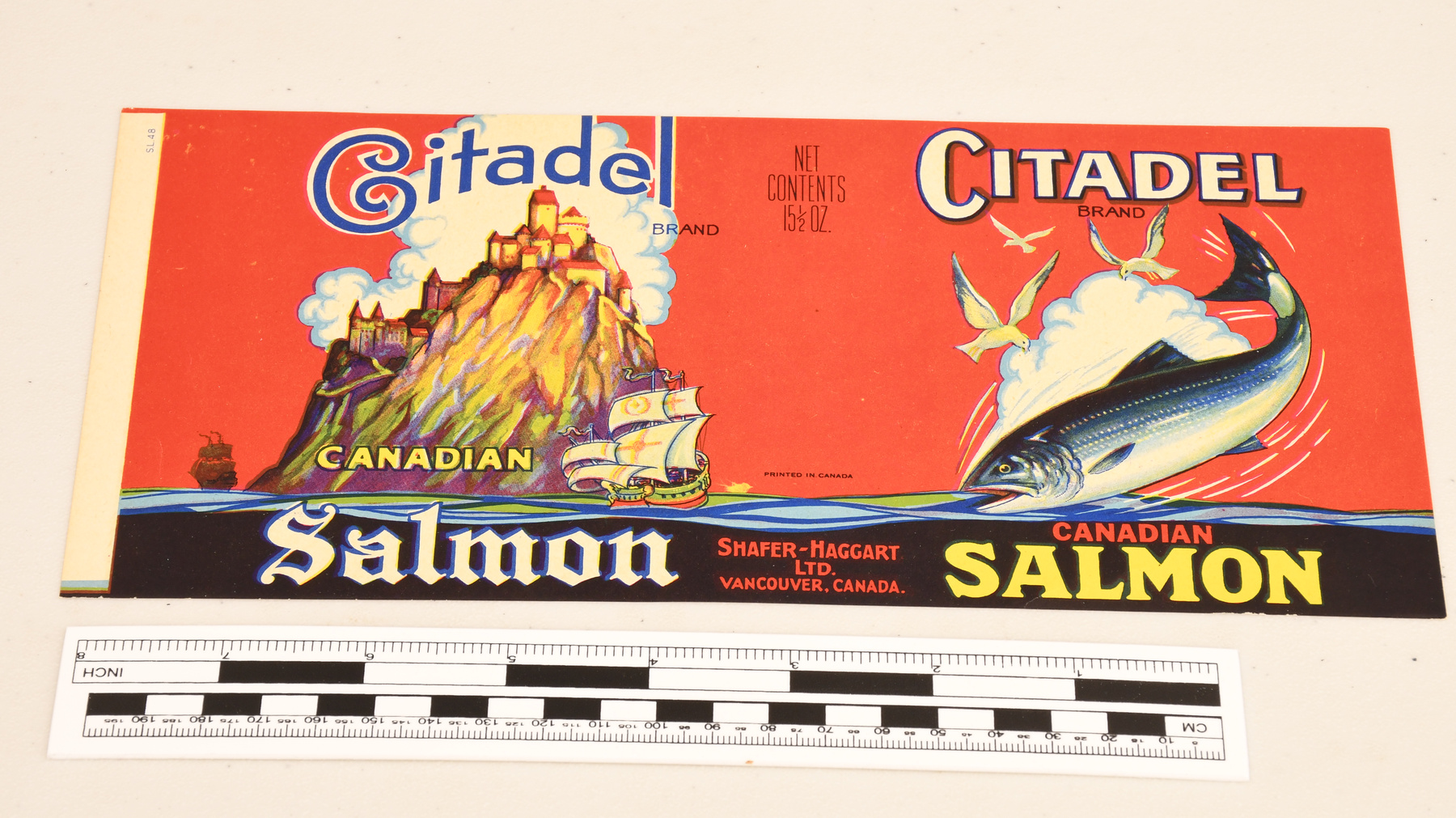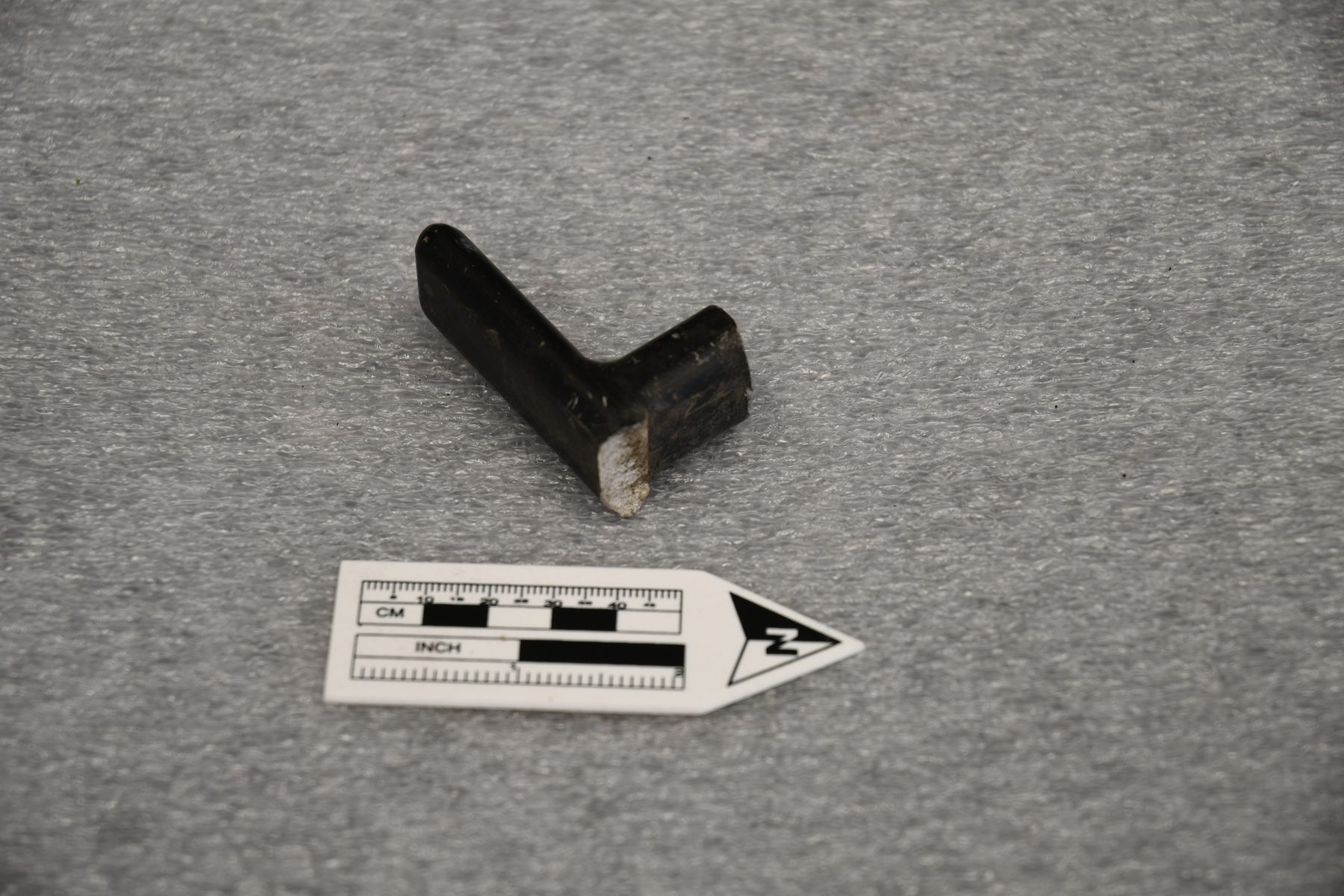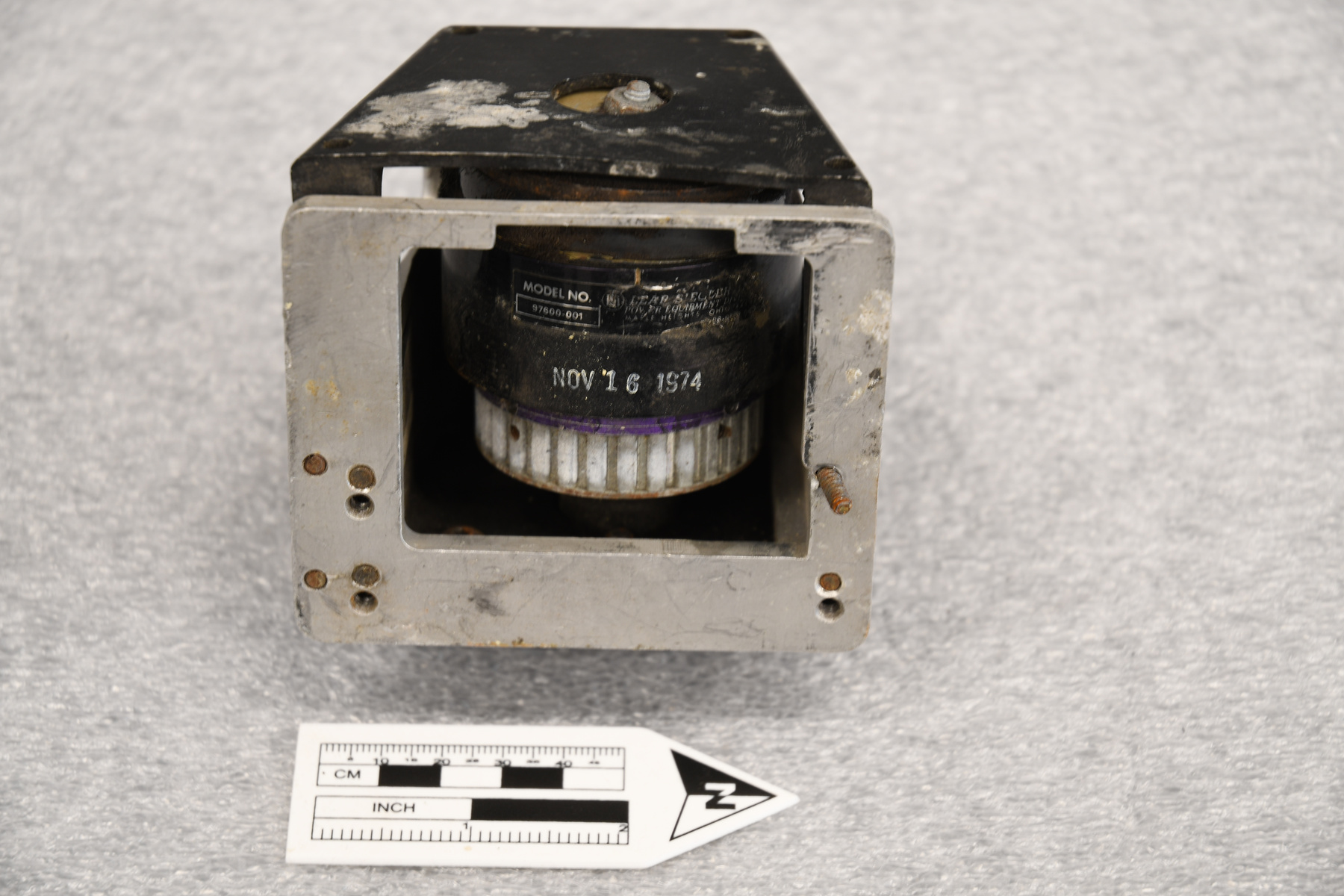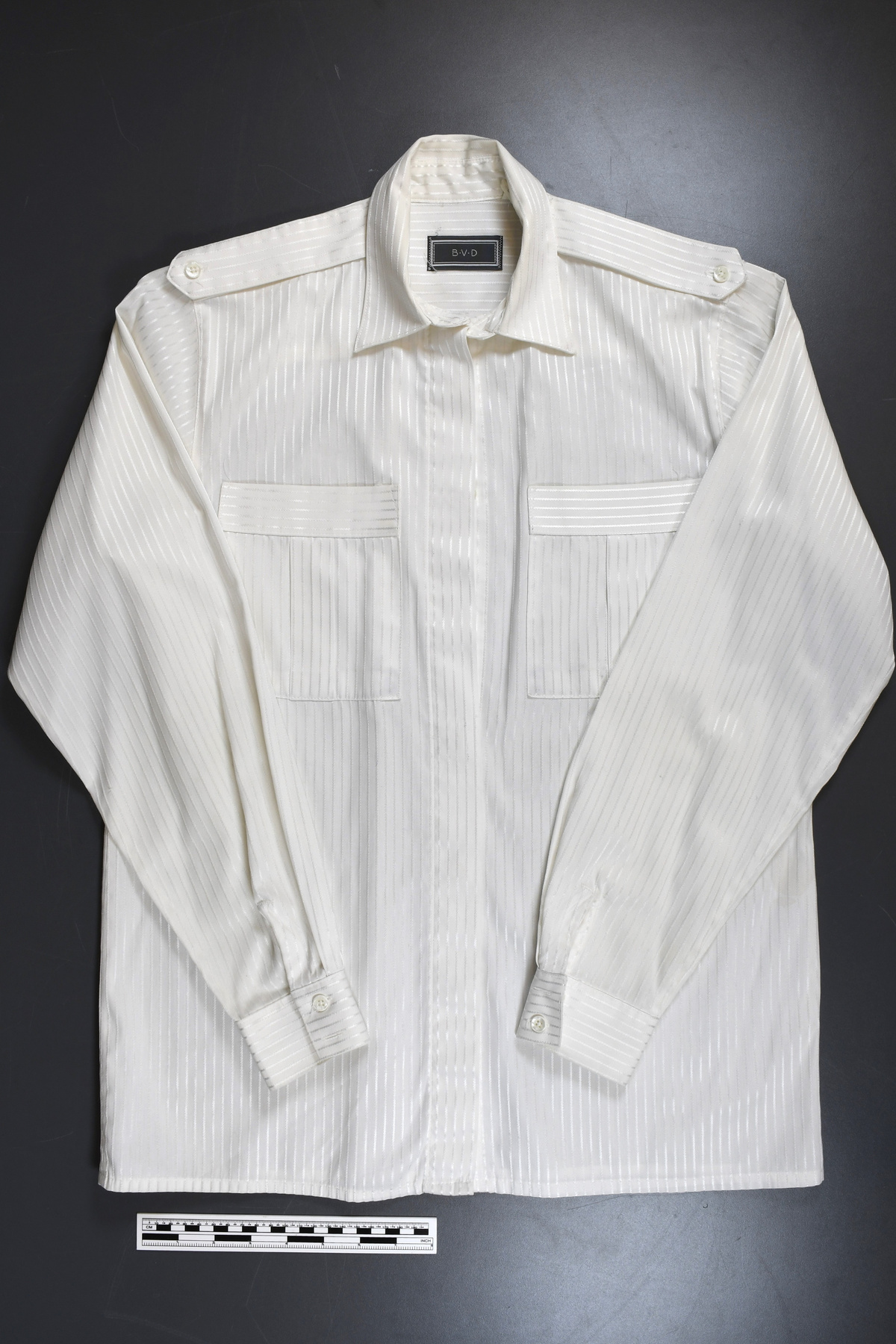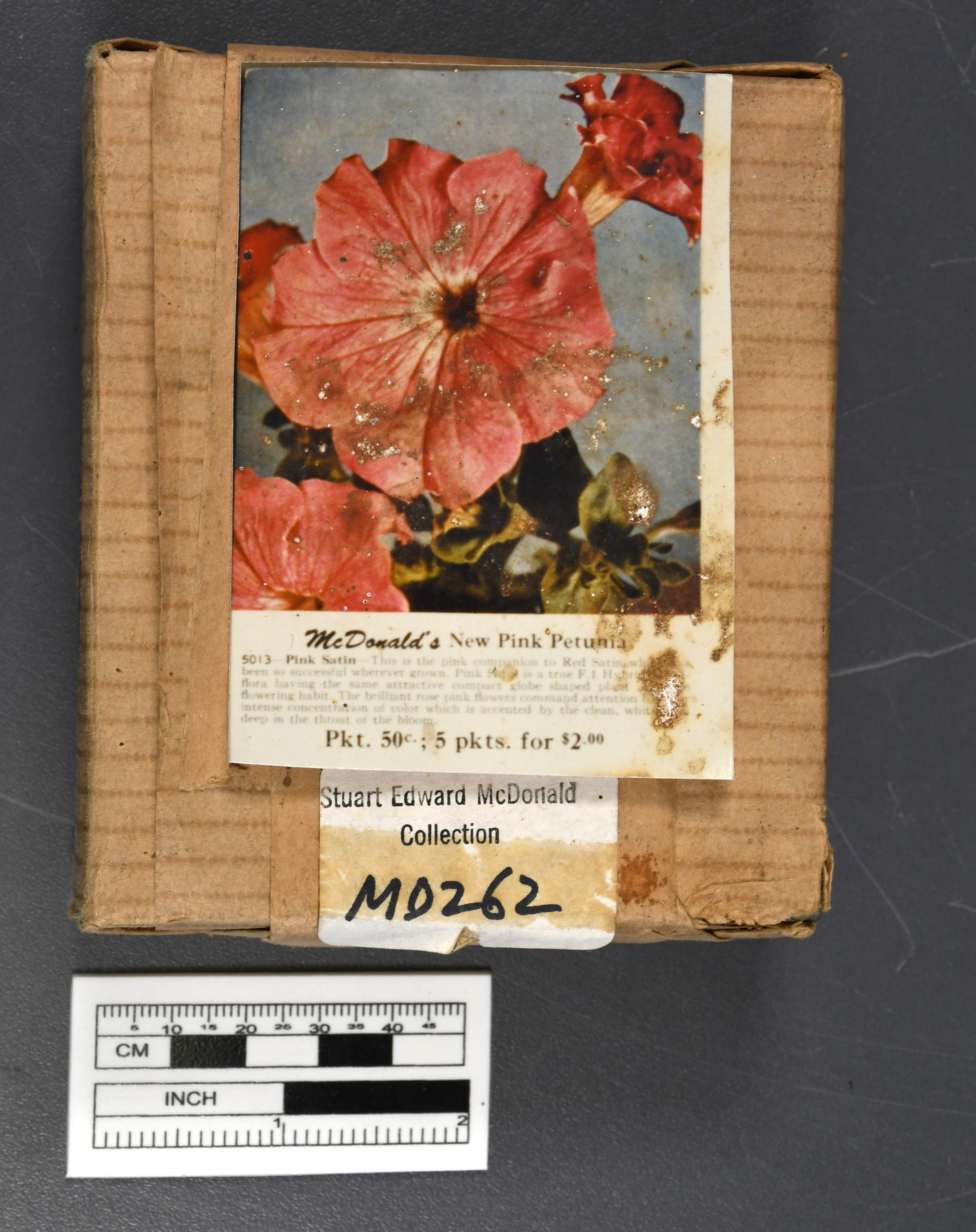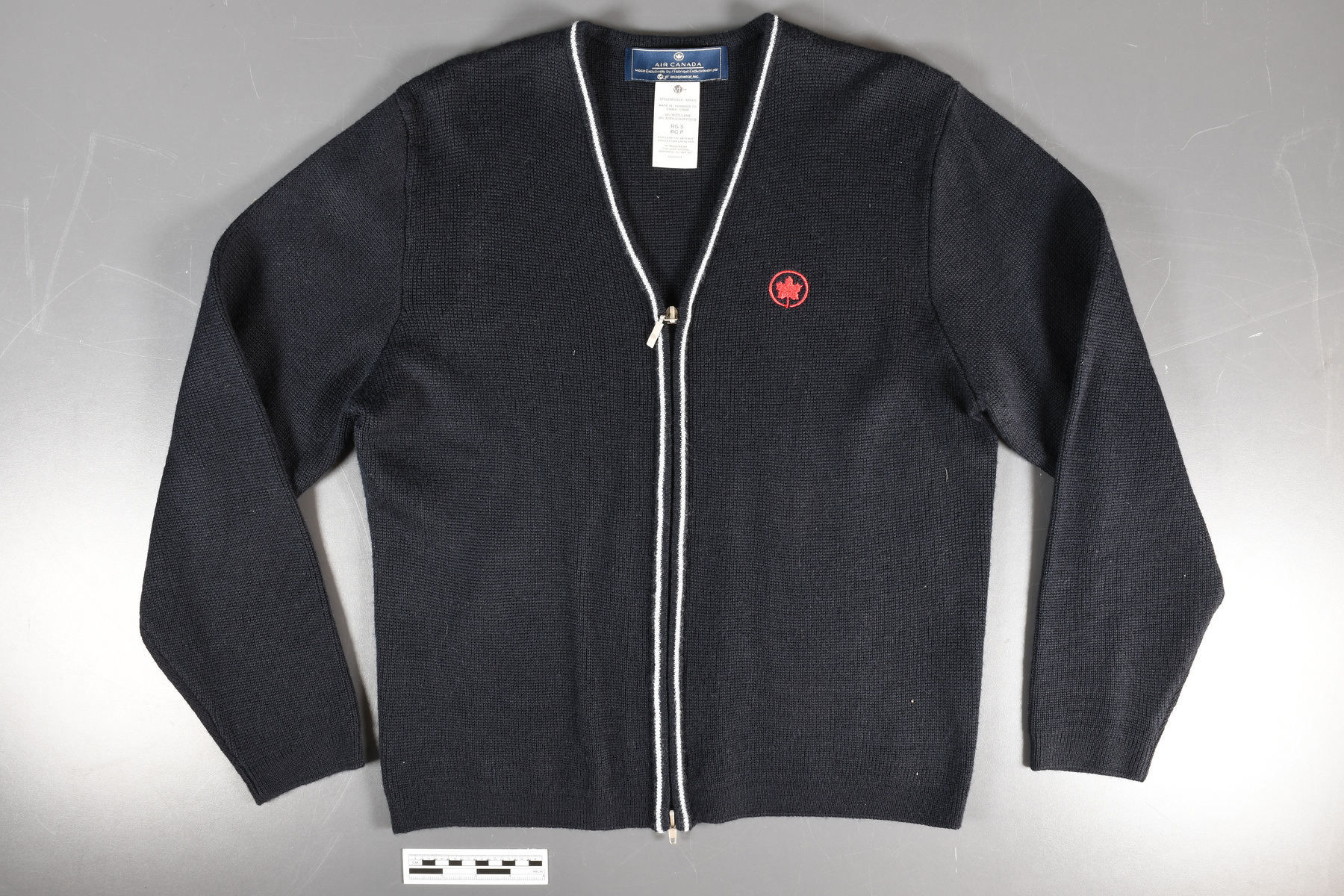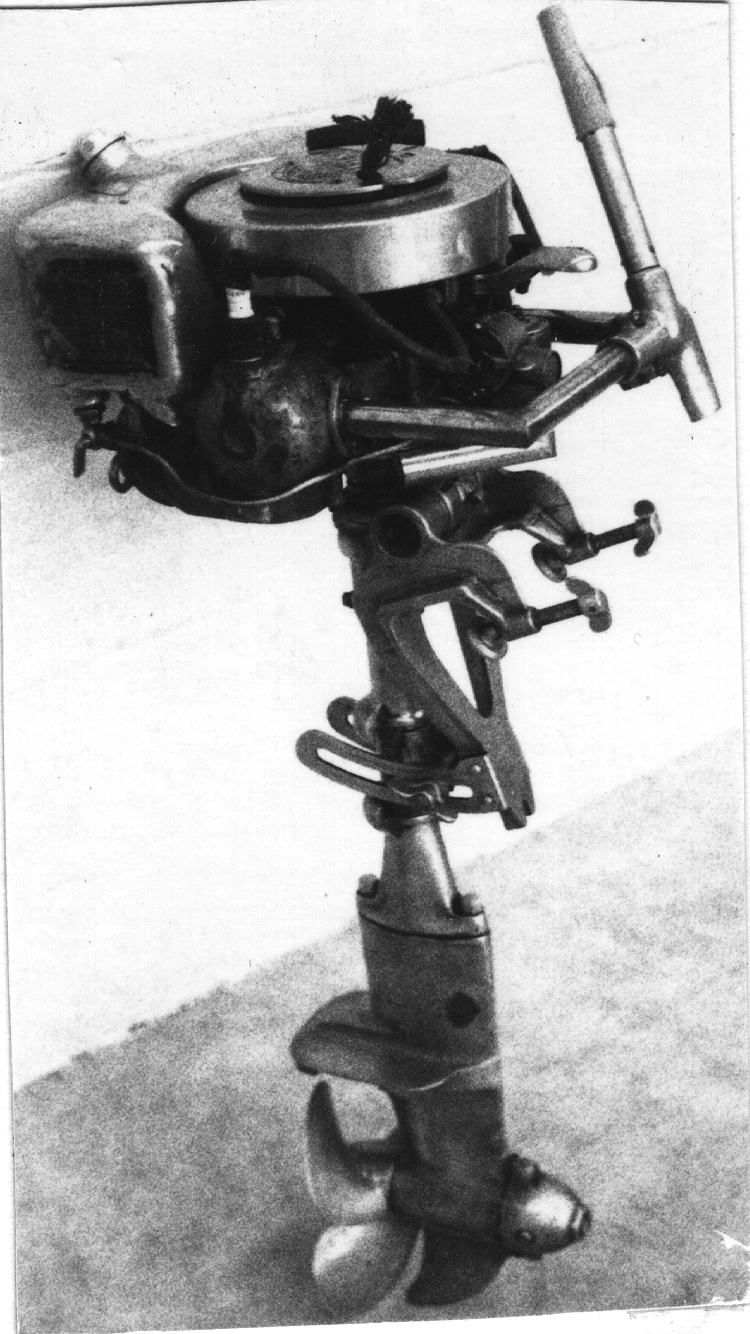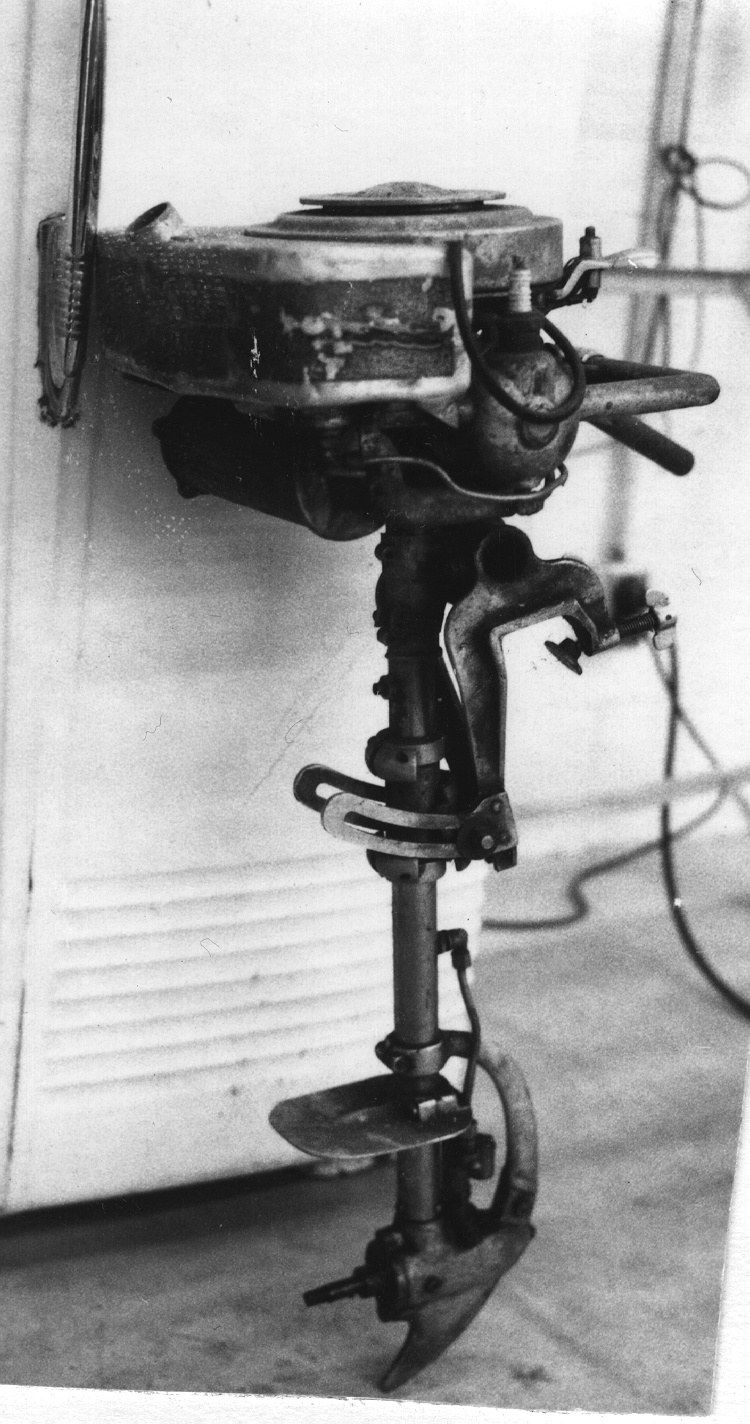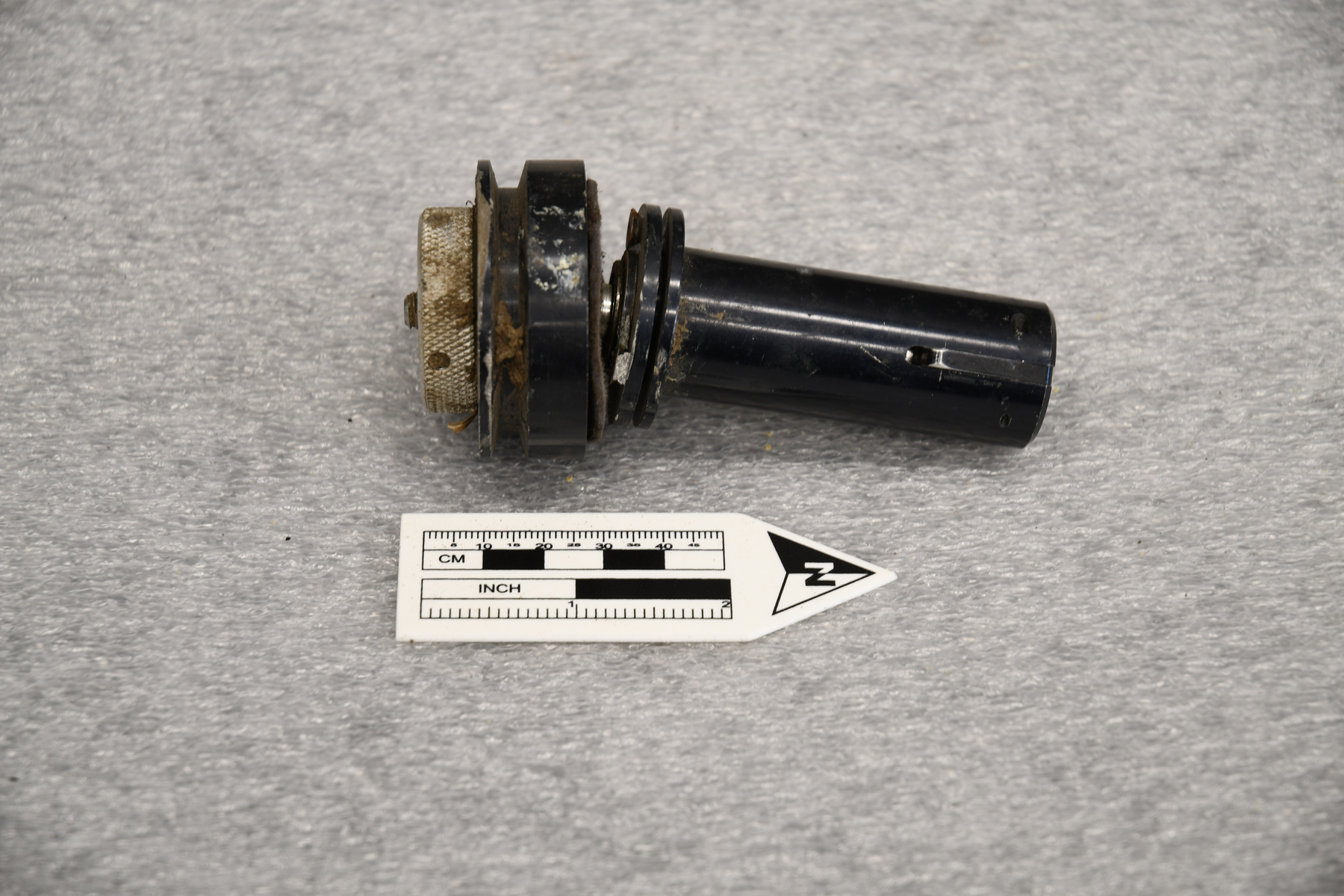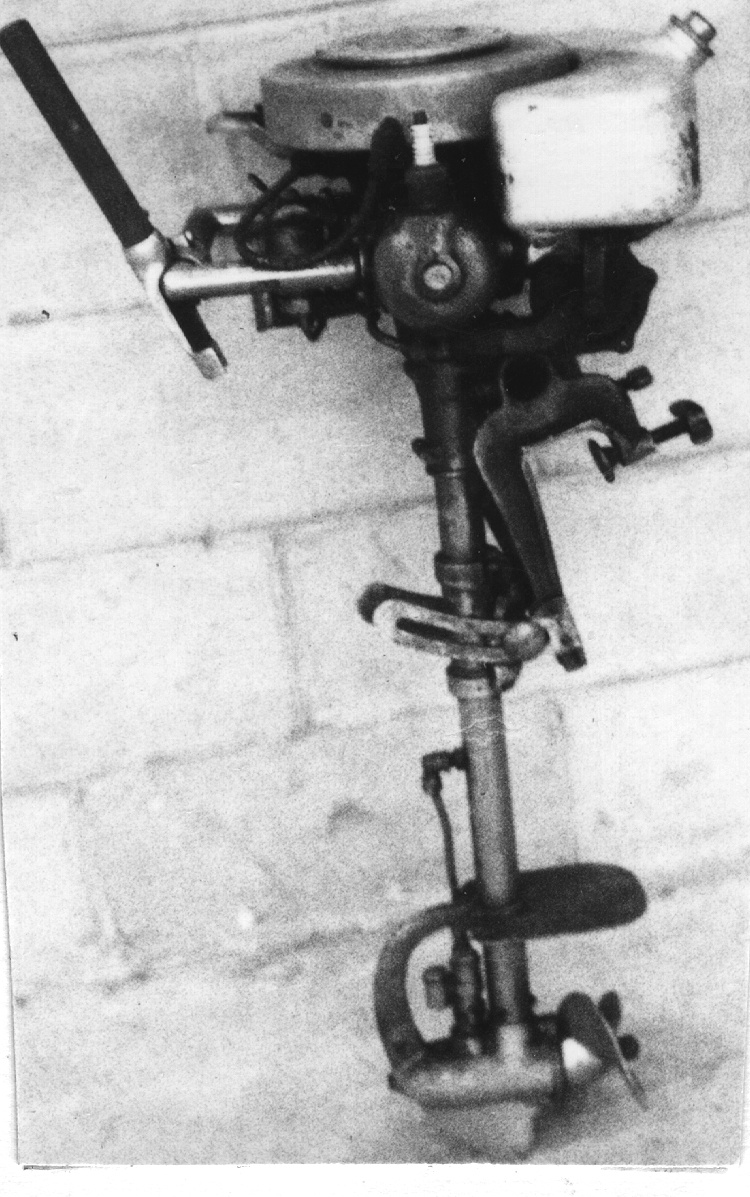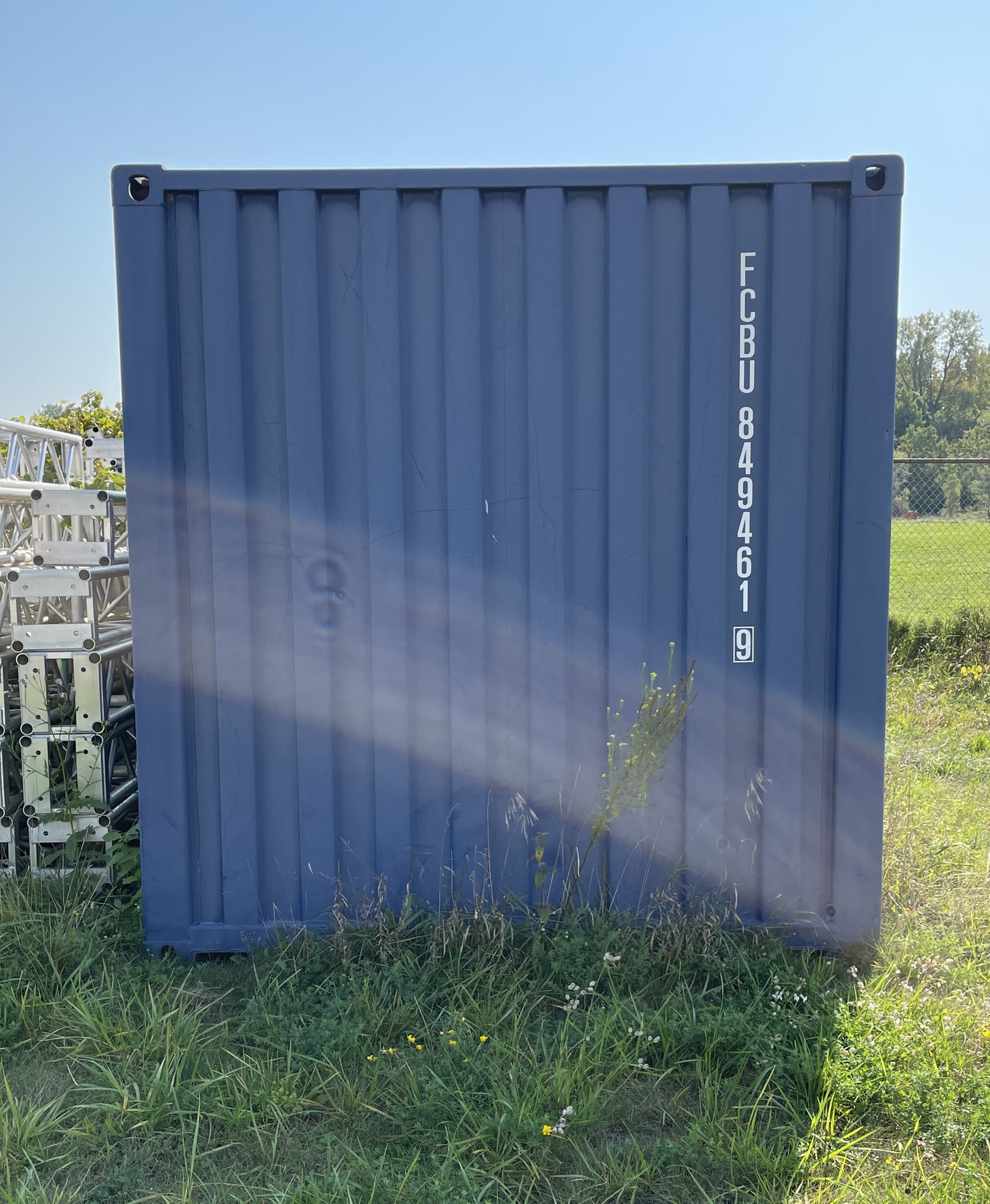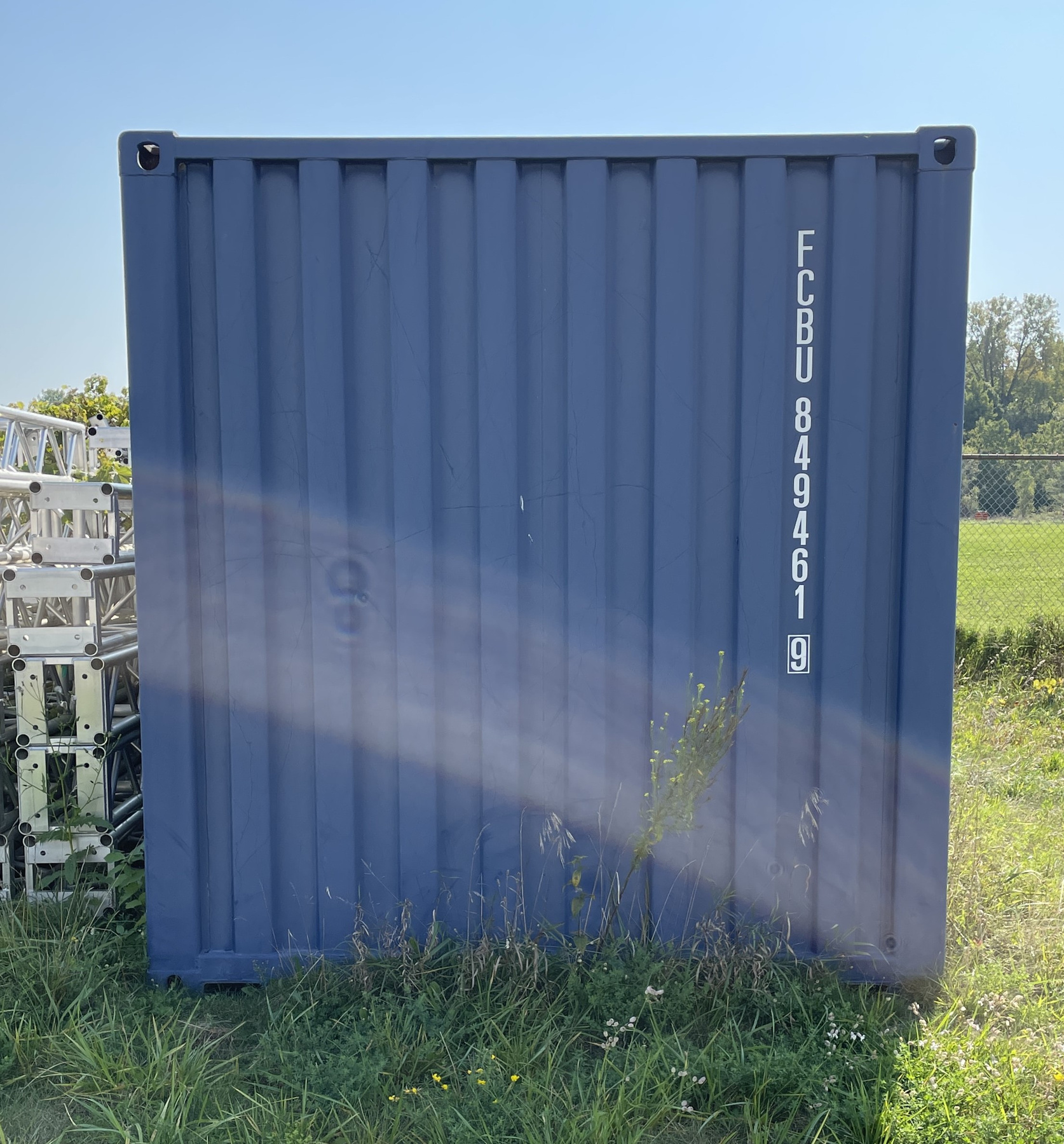Caisse d'expédition
Utiliser cette image
Puis-je réutiliser cette image sans autorisation? Oui
Les images sur le portail de la collection d’Ingenium ont la licence Creative Commons suivante :
Copyright Ingenium / CC BY-NC-ND (Attribution-NonCommercial 4.0 International (CC BY-NC 4.0)
ATTRIBUER CETTE IMAGE
Ingenium,
2018.0248.001
Permalien:
Ingenium diffuse cette image sous le cadre de licence Creative Commons et encourage son téléchargement et sa réutilisation à des fins non commerciales. Veuillez mentionner Ingenium et citer le numéro de l’artefact.
TÉLÉCHARGER L’IMAGEACHETER CETTE IMAGE
Cette image peut être utilisée gratuitement pour des fins non commerciales.
Pour un usage commercial, veuillez consulter nos frais de reproduction et communiquer avec nous pour acheter l’image.
- TYPE D’OBJET
- TEU
- DATE
- 2016
- NUMÉRO DE L’ARTEFACT
- 2018.0248.001
- FABRICANT
- Inconnu
- MODÈLE
- 20 feet
- EMPLACEMENT
- Inconnu
Plus d’information
Renseignements généraux
- Nº de série
- S/O
- Nº de partie
- 1
- Nombre total de parties
- 1
- Ou
- S/O
- Brevets
- S/O
- Description générale
- An artifact made of steel/Un objet fait avec du matériel en acier.
Dimensions
Remarque : Cette information reflète la taille générale pour l’entreposage et ne représente pas nécessairement les véritables dimensions de l’objet.
- Longueur
- 609,6 cm
- Largeur
- 243,8 cm
- Hauteur
- 262,2 cm
- Épaisseur
- S/O
- Poids
- S/O
- Diamètre
- S/O
- Volume
- S/O
Lexique
- Groupe
- Mines et métallurgie
- Catégorie
- Divers
- Sous-catégorie
- S/O
Fabricant
- Ou
- Inconnu
- Pays
- Inconnu
- État/province
- Inconnu
- Ville
- Inconnu
Contexte
- Pays
- Inconnu
- État/province
- Inconnu
- Période
- Artifact is listed as having been used in the 2010s according to its worksheet.
- Canada
-
In Canada, containerization began in earnest in the late 1960s. The port of Montreal opened the first container terminal in 1968 and quickly expanded it before building a second terminal in 1972. Other ports followed suit and soon Halifax, St. John, Toronto, and Vancouver all had container terminals. Over the course of the last 40 years, companies and port authorities have expanded and re-developed existing terminals and built new infrastructure to serve them. Today, Vancouver is Canada’s biggest and busiest terminal and Prince Rupert BC is the fastest growing one. In 2013 Vancouver alone handled 2.7 million 20-foot-equivalents (TEUs). Railways have also had to adapt to the container revolution. For example, to make rail movements competitive with coastal and circumnavigation transport by ship, railways had to find a way to carry more containers. The result was the double-stack railcar that allowed a unit train to carry 600 TEUs at one time. All this development has had a significant impact on Canada’s transportation landscape. It has put more traffic on our roads and railways. Another problem is that the companies do not always build to meet Canadian regulations. Companies like Corner Cast create containers that are only slightly more expensive than containers refurbished in China, but they meet all Canadian provincial and city standards. Since containers are used in very harsh environments in Canada. Corner Casts weathering steel provides an additional layer of defense against the elements. All containers are painted with marine grade paint. If or when the paint chips, the weathering process decreases the deterioration of the steel. Au Canada, la conteneurisation a commencé autour des années 1960s. Le vieux port de Montréal a ouvert le premier terminus en 1968 et a rapidement agrandi en créant un deuxième en 1972. Autres ports ont suivi l'exemple et bientôt St. John à Halifax, Toronto et Vancouver ont tous ouvert leurs propres terminus pour des conteneurs. Depuis quarante ans des compagnies et des gérantes des ports ont continué leurs ré imaginations et expansions des terminus en plus de remodeler les infrastructures qui leurs soutiennent pour mieux leur servir. Aujourd'hui Vancouver est le terminus le plus gros et le plus occupé et Prince Rupert est aussi celui qui grandit le plus rapidement. En 2013 Vancouver a vu 2.7 millions de conteneurs de 20 pieds (TEUs). Cette expansion et développement a eu conséquence sur le transport au travers le Canada. Nos routes et notre système de rail a nettement plus de trafique depuis cette innovation. Un autre problème est que d'autres compagnies situées ailleurs au monde n'ont pas les mêmes standards et n'atteignent pas les régulations enforcé aux Canada. Les conteneurs sont utilisés dans des environnements plutôt sévères et des compagnies comme Corner Cast ici à la maison ont réussi à créer des conteneurs reconditionner à des prix peut élever à comparer de ceux en Chine qui atteignent nos standards. L'acier patinable de Corner Cast apporte une couche additionnelle pour défendre contre les éléments et leur peinture de catégorie marine diminue la détérioration de l'acier quand les éclats de peintures commencent. - Fonction
-
This shipping container is used to transport general cargo around the world, transferring from ship to rail to road without re-packaging the goods. This container is also sold in Canada and elsewhere and re-used for various purposes including creating different types of movable accommodation. Ce conteneur d'expédition est utilisé pour transporter une cargaison autour du monde et de le transférer d'un navire a un train sans être obligé de remballer les produits qu'ils contiennent. Cet artefact est aussi vendu au Canada et réutiliser pour créer des adaptations transportables. - Technique
-
In 1970, the International Standards Organization (ISO) published the first draft standard for containers, ISO 668. Other supporting standards followed over the next twenty years creating the physical and regulatory infrastructure needed to make the whole system work. It was apparent that there were many advantages of containerization – less damage to and theft of goods, lower handling costs, and faster turnaround. However, the box is just a small part of the system. Containerization also requires complex and elaborate infrastructure to manage, store, ship, and track the boxes as they move around the world. In order to be efficient and profitable, the system must be seamless with containers moving from ship to rail to truck with a minimum of handling. This requires standards for everything from the size of containers and the corner fittings or castings by which they are secured, to the lifting concept and identification coding. To arrive at these standards required complicated international negotiations that involved not only shipping, rail, and trucking companies from around the world but also national governments and international organizations. En 1970 L'Organization des Standards Internationals (ISO) à publier leur premier document provisoire pour les standards des caisses d'expéditions nommées ISO 668. Pour les prochaines vingt ans qui suivaient d'autres standards pour l'infrastructure nécessaire pour faire fonctionner l'entreprise a eu leurs propres régulations installées aussi. Il y avait plusieurs avantages pour la conteneurisation comme – moins de dommage et vol des produits transporter, moins de coûts de manutention et un profit plus rapide. Par compte, le conteneur fait seulement parti de l'équation. Conteneurisation a besoin d'une infrastructure compliquée pour gérer, organiser, suivre et envoyer les boites pendant leurs voyages autour du monde. Pour que le système soit profitable et efficace y faute que la manutention des boites soient le plus minable possible entre les navires, les trains et les camions. Ceci demande des standards pour tout, incluant la largeur des conteneurs, les pièces de coins, la manière dont qu'ils sont sécurisés, la façon dont qu'ils sont levés et la manière dont qu'ils sont identifiés. Pour mettre ces standards en place il a fallu des négociations internationales entre les gouvernements, les compagnies de camions, rail et navires. - Notes sur la région
-
Inconnu
Détails
- Marques
- On the side of the artefact the markings read in part/Sur le côté de l'artefact les marques lit en partie:"F/C/B/U/8/4/9/4/6/1/9".
- Manque
- Artifact appears complete/L'objet a toutes ces pièces.
- Fini
- A rectangular artifact that is made of steel and painted blue. The artifact has ridges and has white lettering on its side. Un objet en forme rectangulaire qui est fait en acier et qui est peinturé bleue. L'artefact à des crêtes et il est peinturé avec un lettrage blanc sur son côté.
- Décoration
- S/O
FAIRE RÉFÉRENCE À CET OBJET
Si vous souhaitez publier de l’information sur cet objet de collection, veuillez indiquer ce qui suit :
Fabricant inconnu, Caisse d'expédition, vers 2016, Numéro de l'artefact 2018.0248, Ingenium - Musées des sciences et de l'innovation du Canada, http://collection.ingeniumcanada.org/fr/id/2018.0248.001/
RÉTROACTION
Envoyer une question ou un commentaire sur cet artefact.
Plus comme ceci
